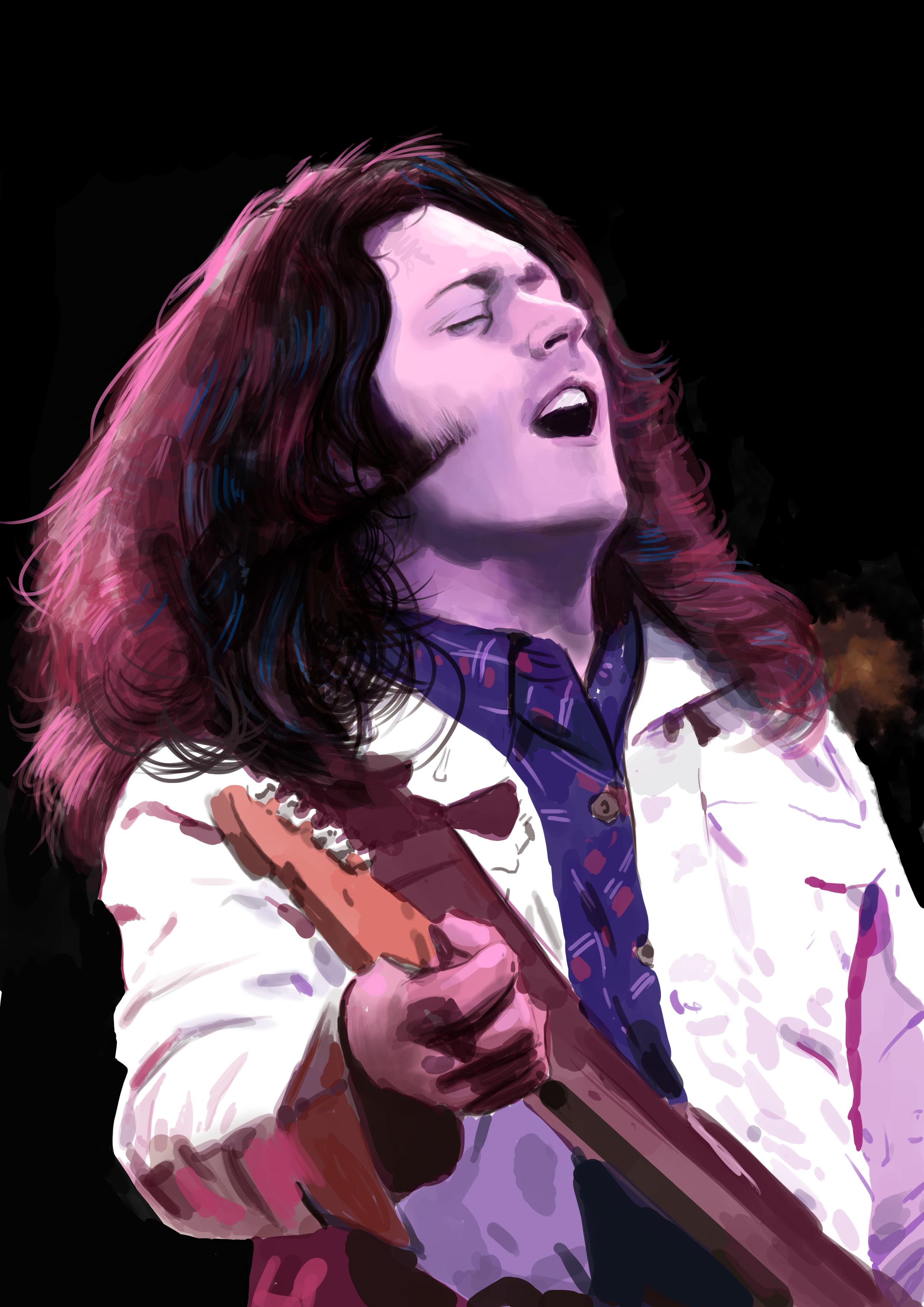
Co-op in Derry. July 2022.


all artworks Copyright Joe Campbell 2022
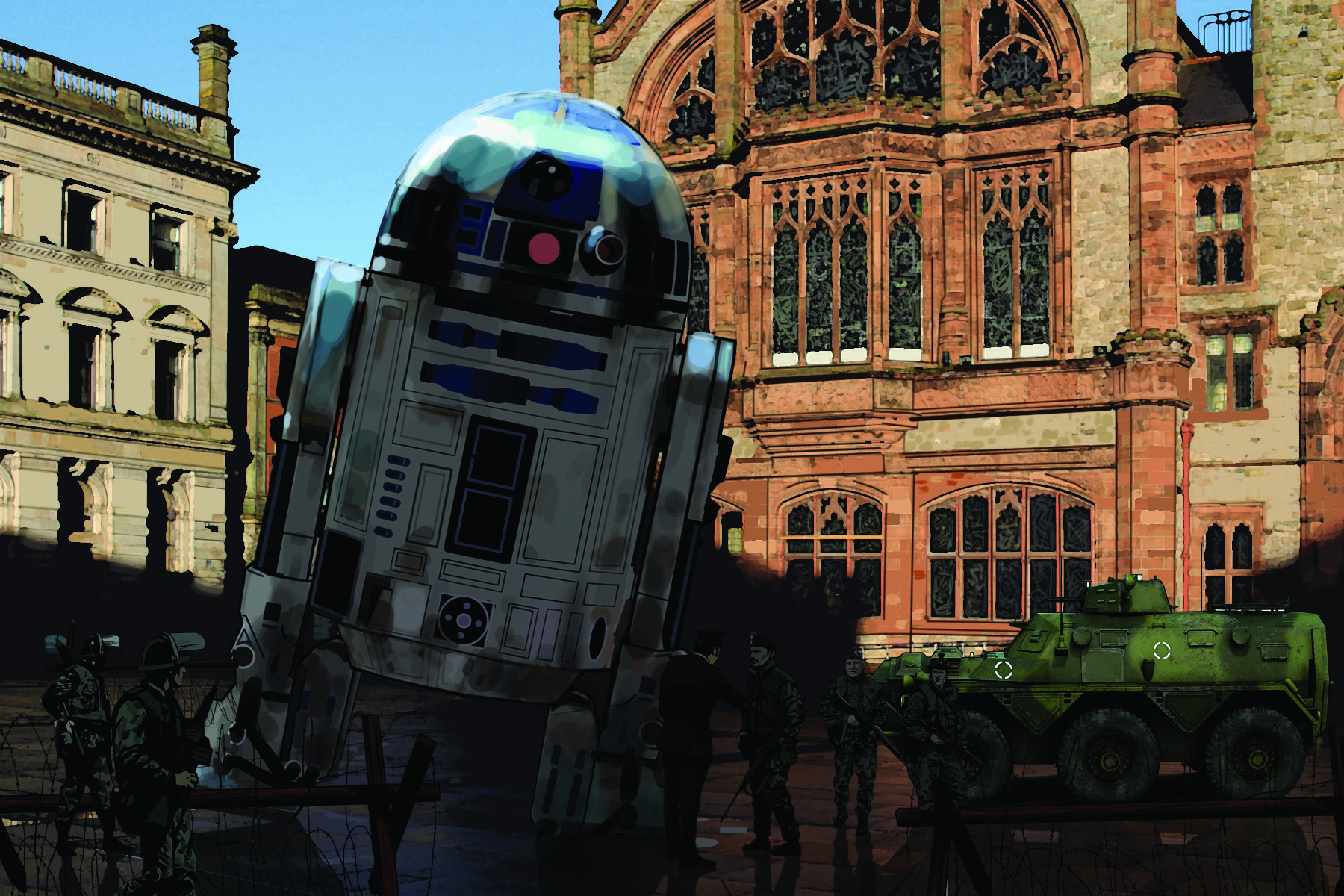
The artwork of Derry Artist
Joe Campbell
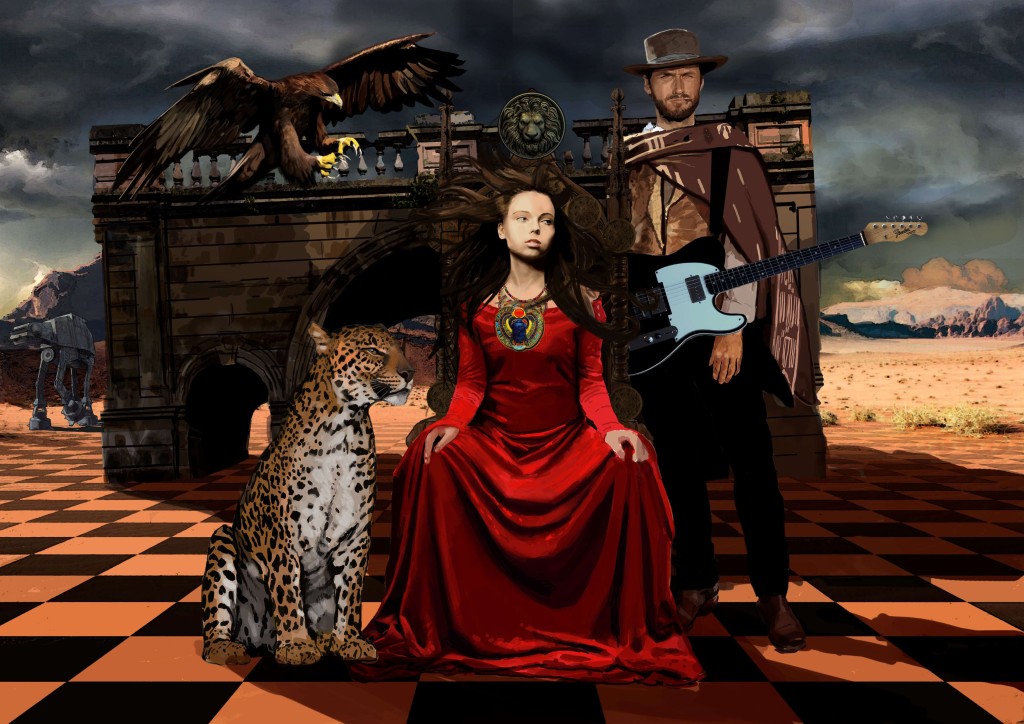
Beyond the Gate 1
Digital print on foamboard, Joe Campbell, 2022, 2ft x 4ft (one off print on demand)
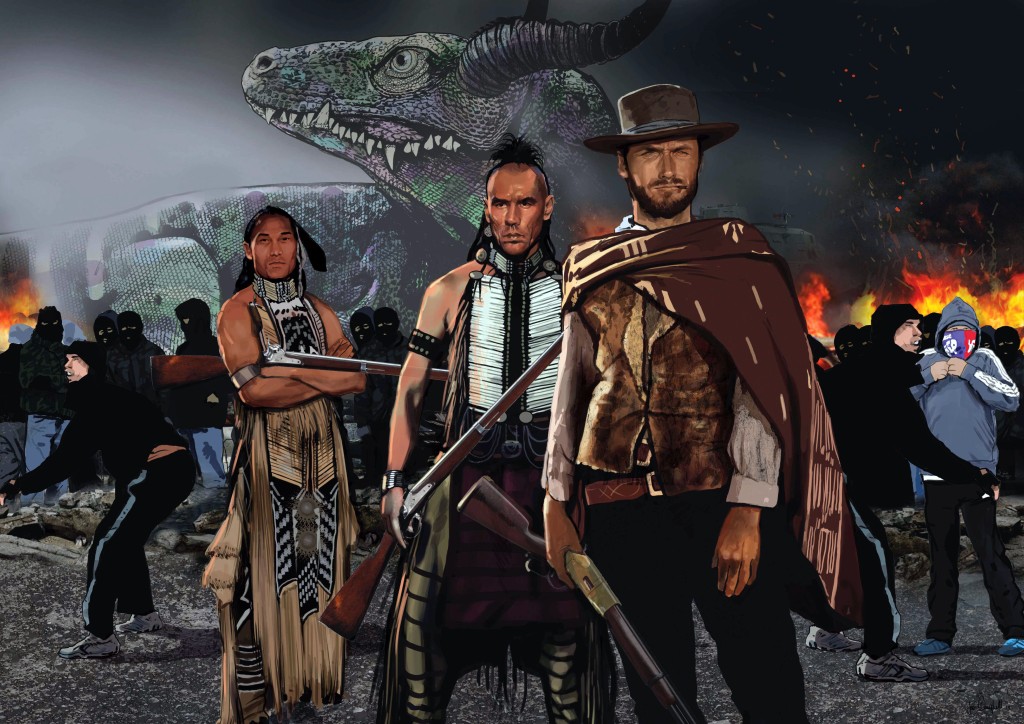
Digital print on foamboard, Joe Campbell, 2022, 3ft x 4ft (one off print)
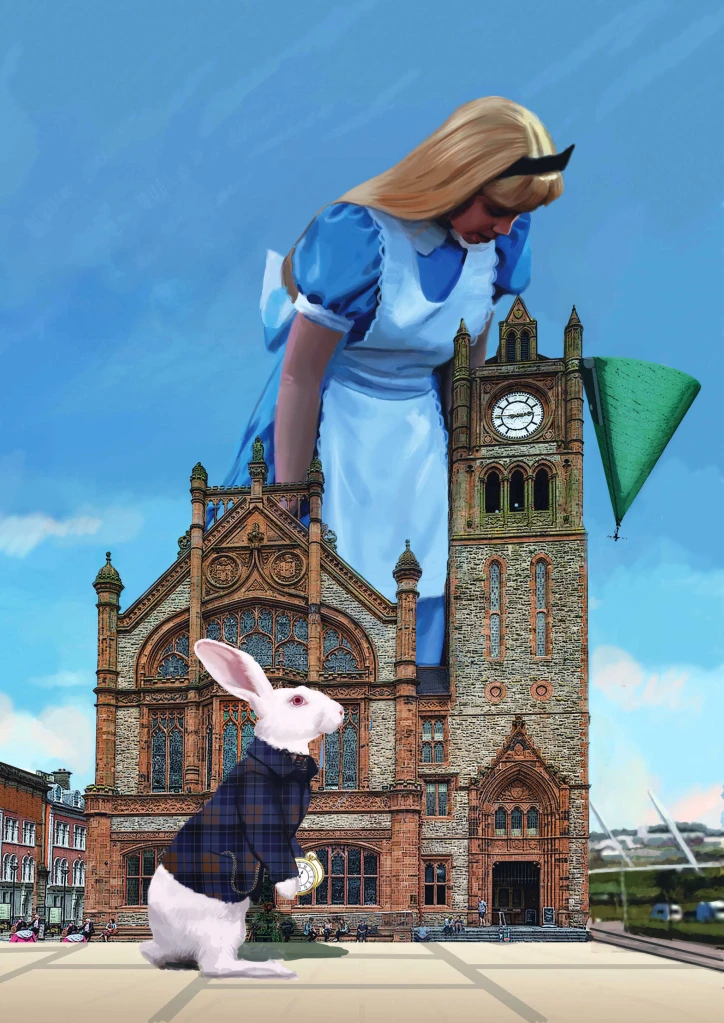
Digital print on foamboard, Joe Campbell, 2022, 2ft x 4ft (one off print on demand)
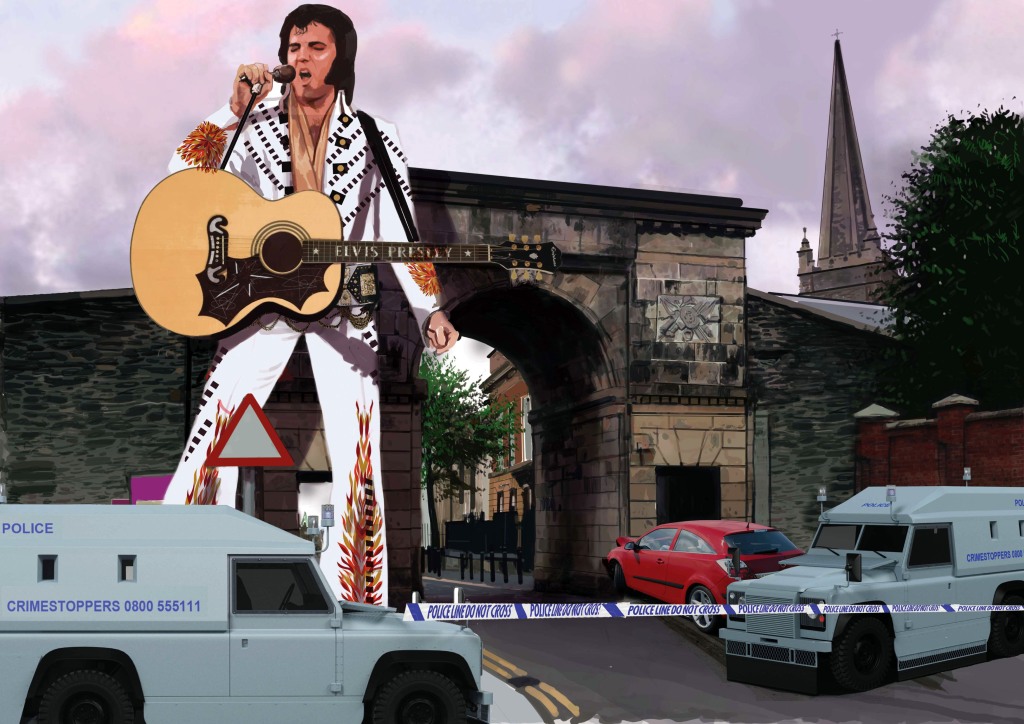
Digital print on foamboard, Joe Campbell, 2022, 3ft x 4ft (one off print on demand)
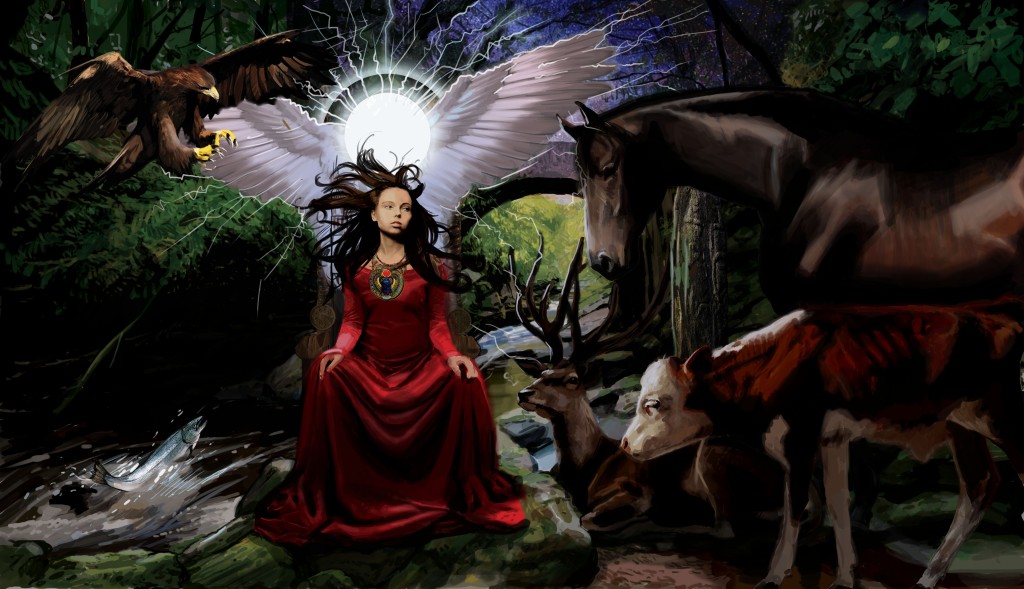
Digital print on foamboard, Joe Campbell, 2022, 4ft x 8ft (one off print on demand)

Digital print on foamboard, Joe Campbell, 2022, 4ft x 8ft (one off print on demand)
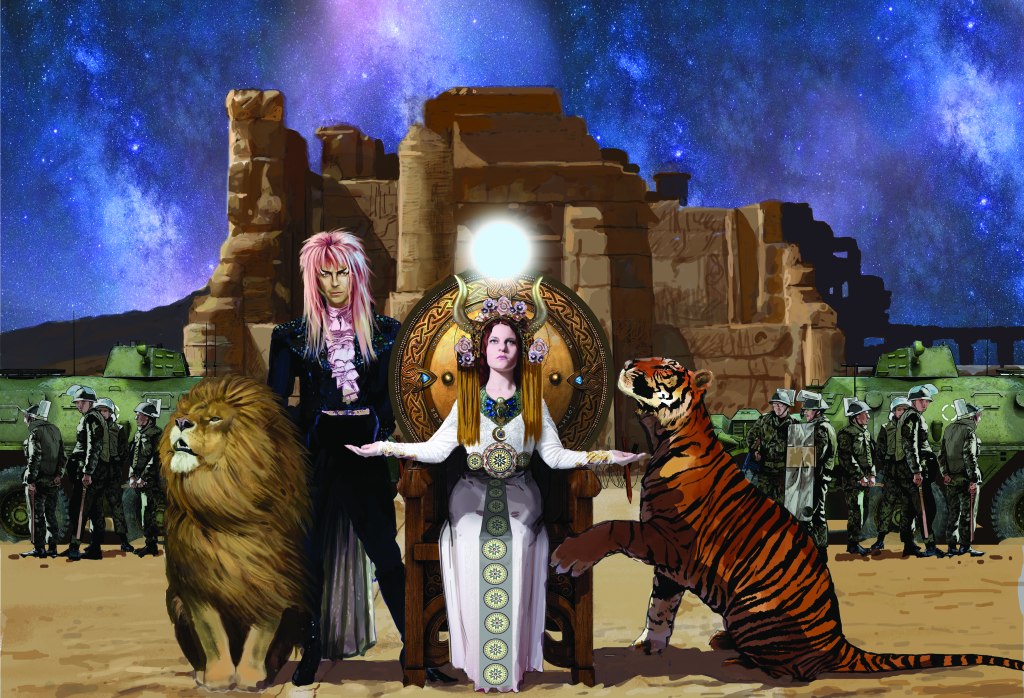


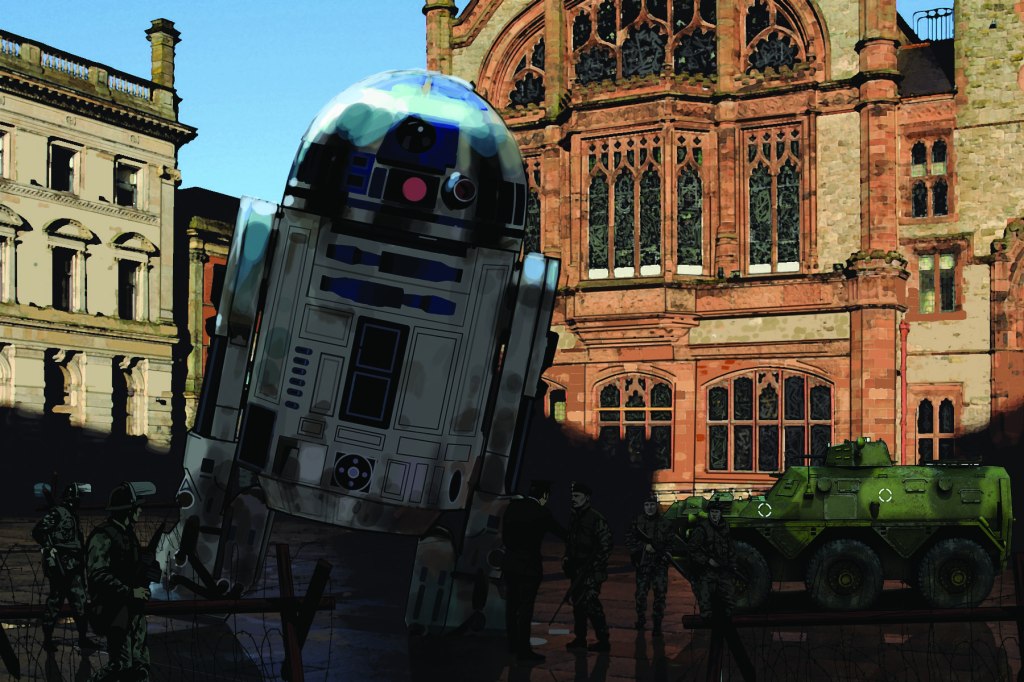
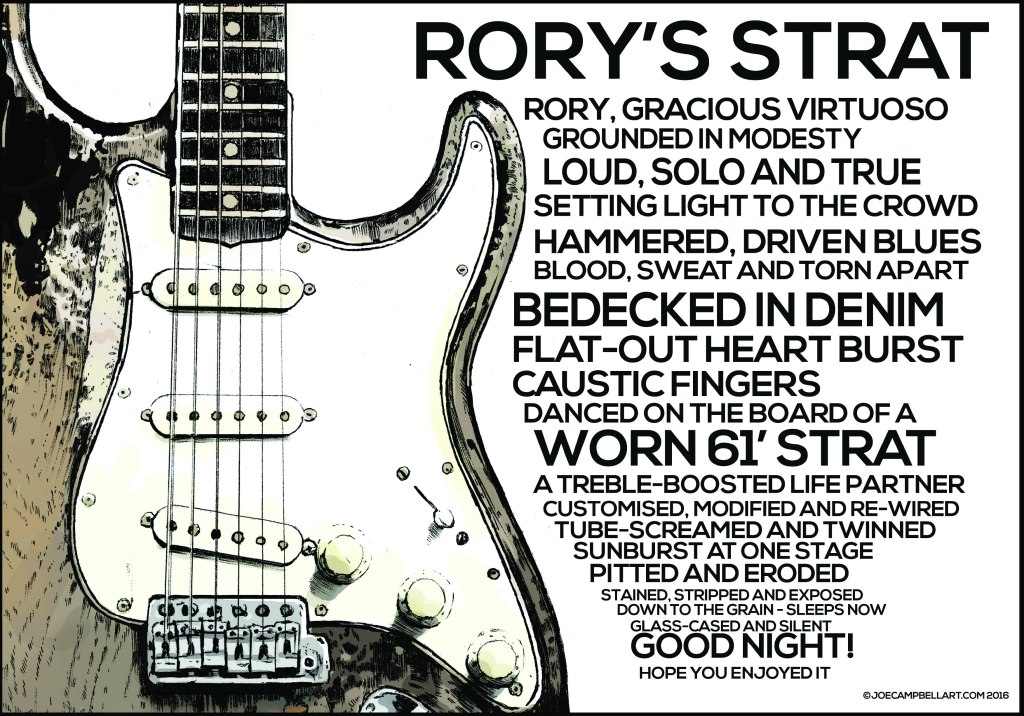
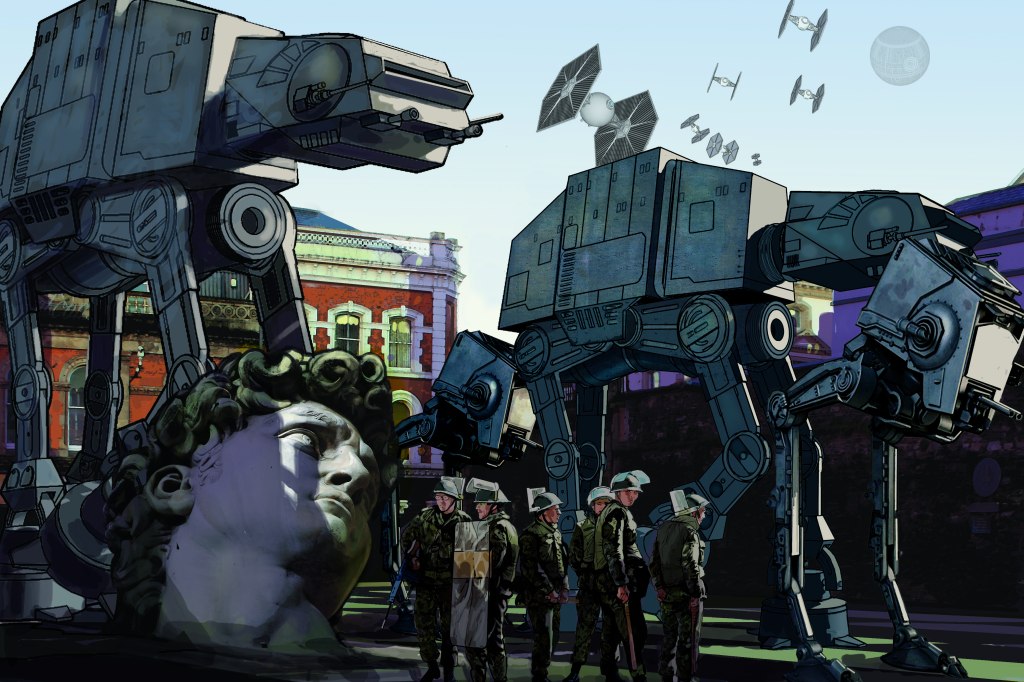
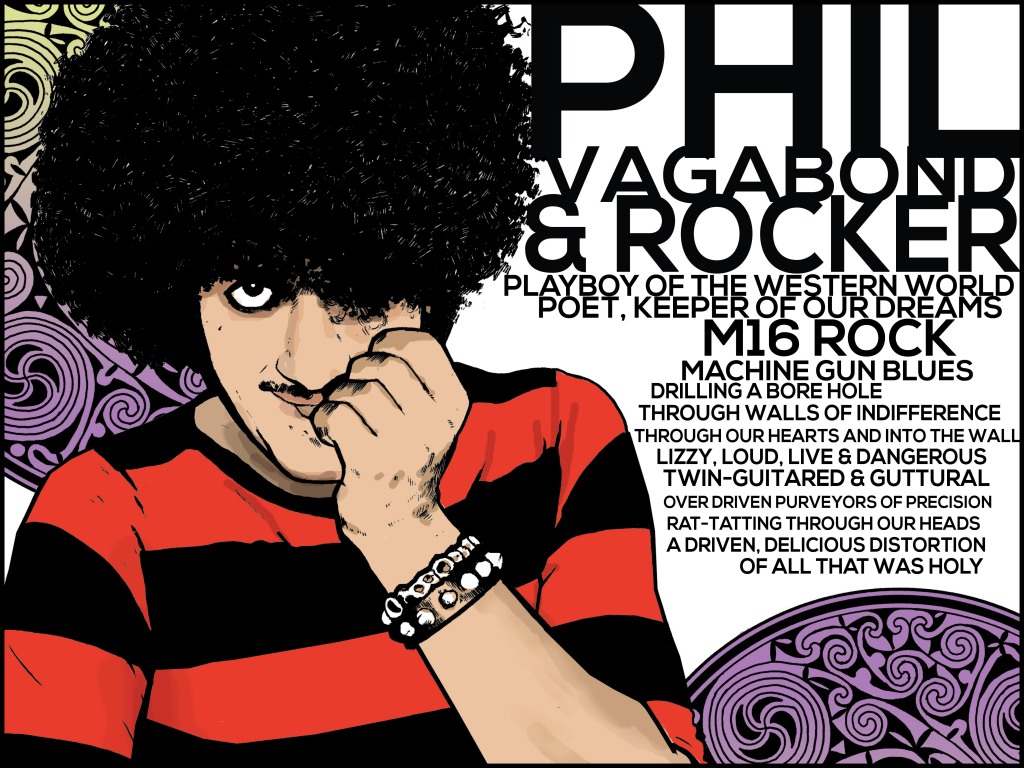
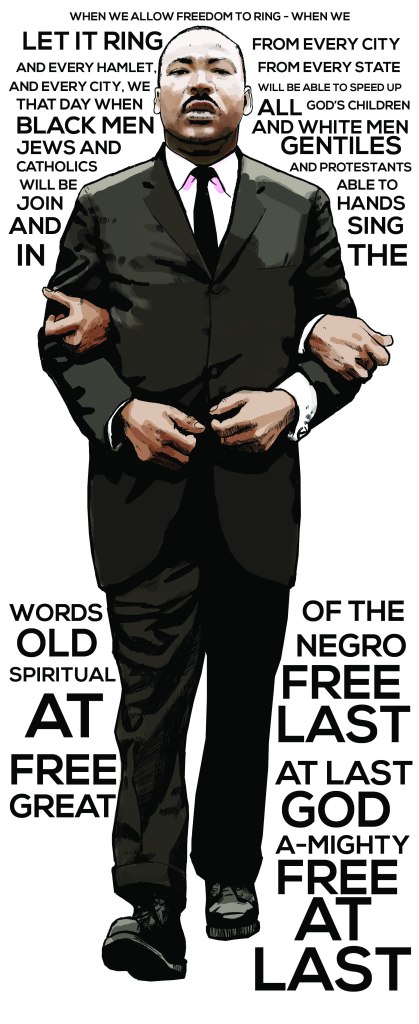
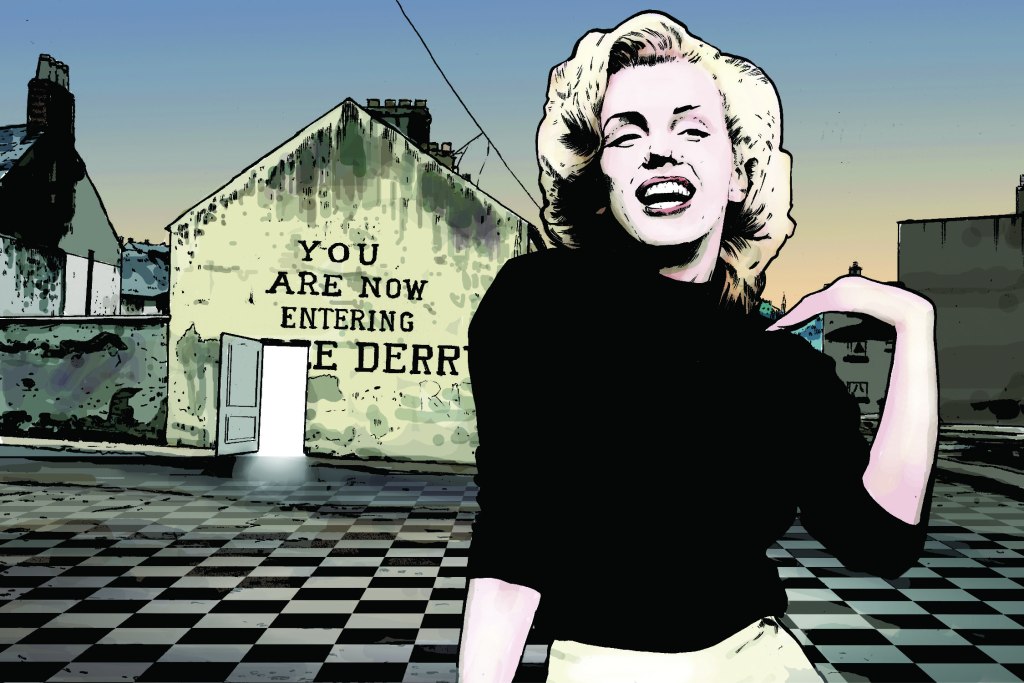
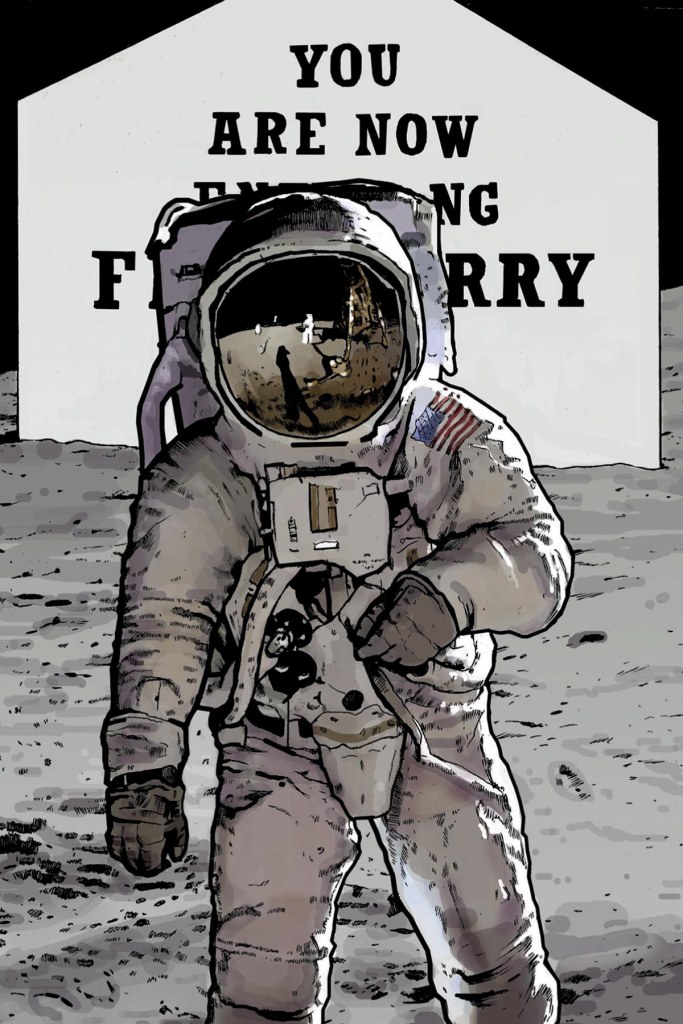
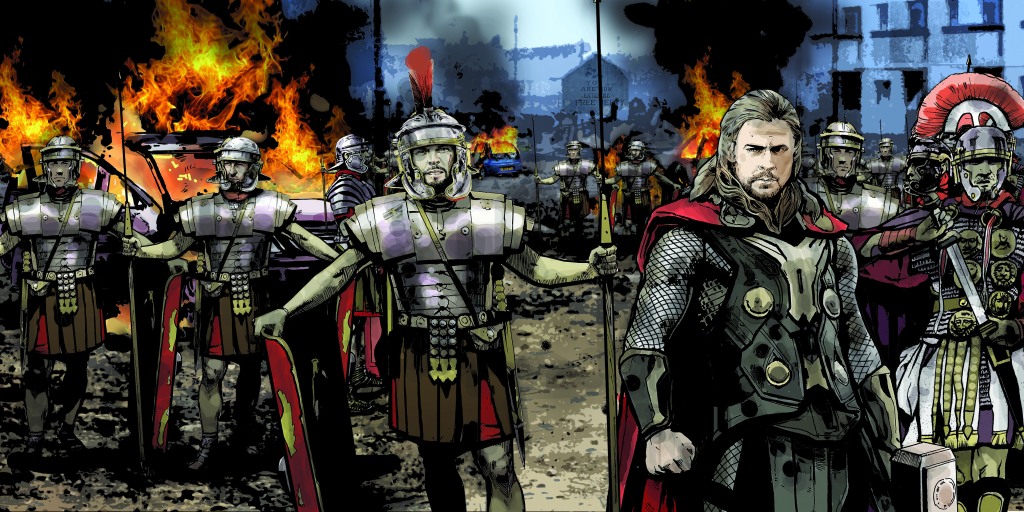
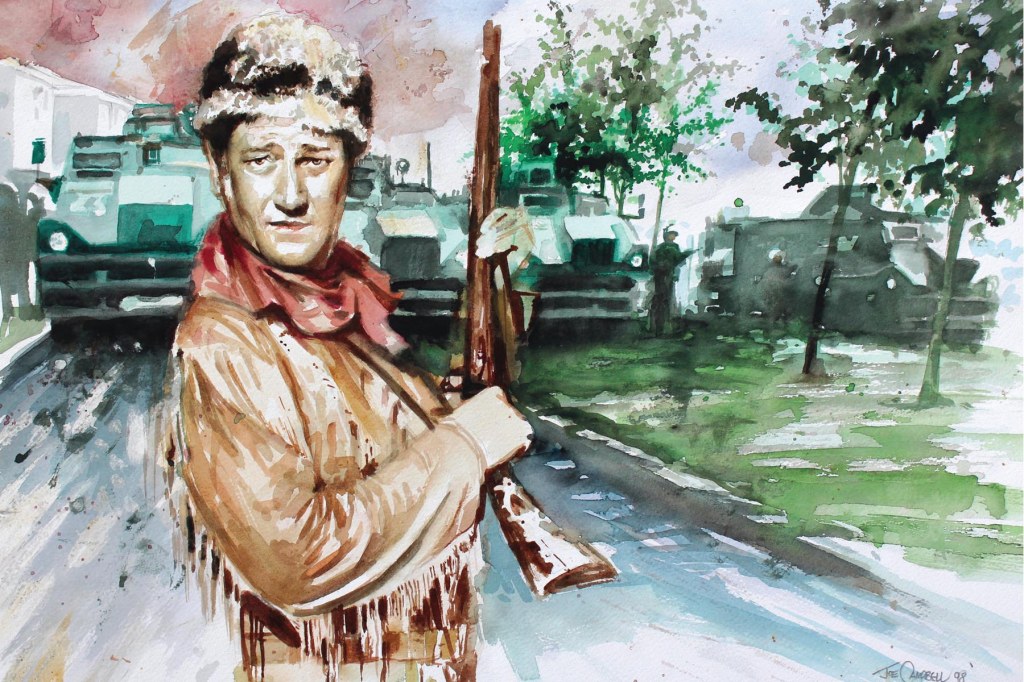
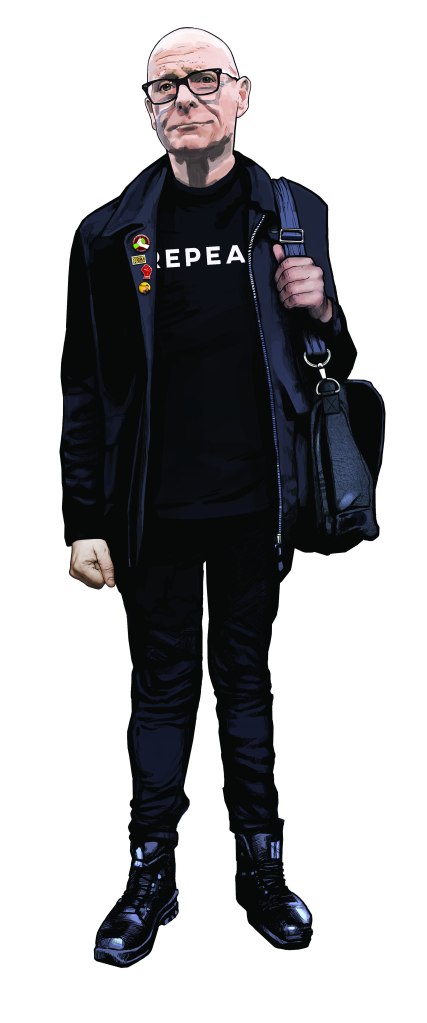
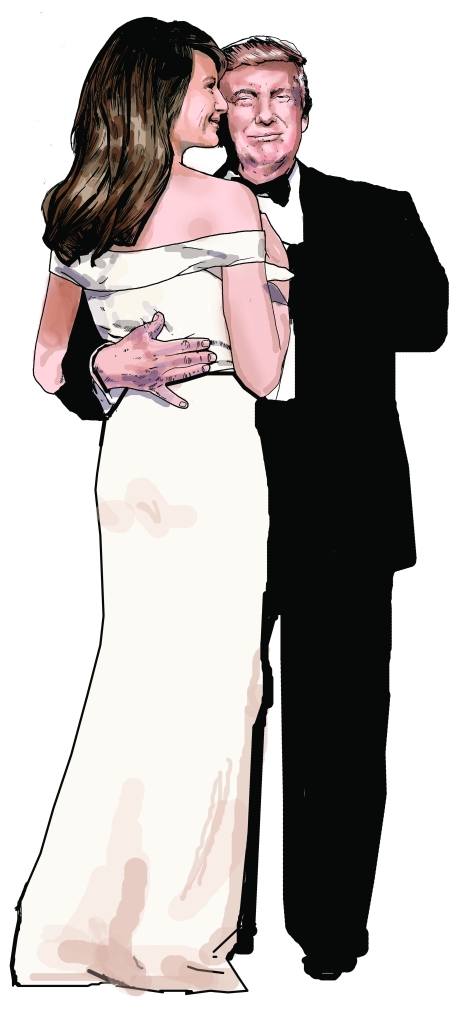
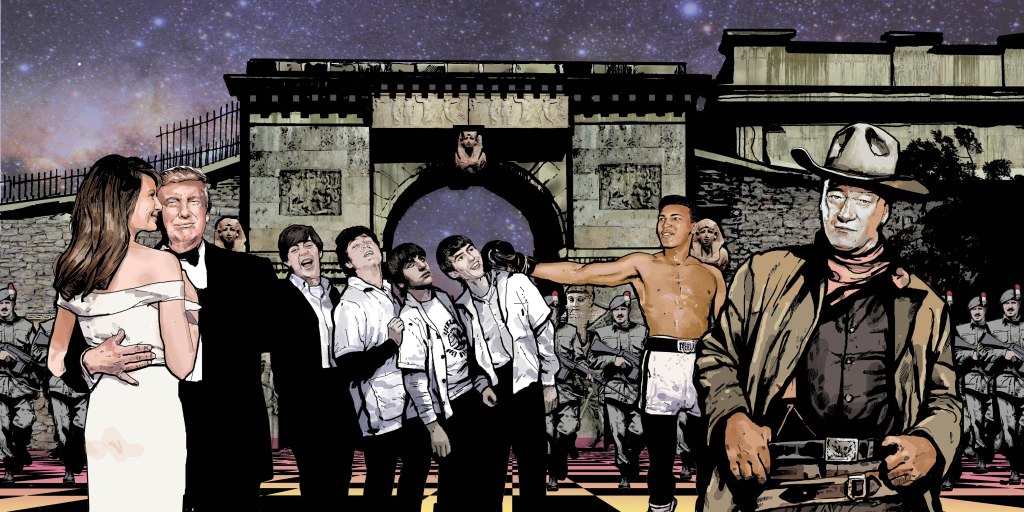
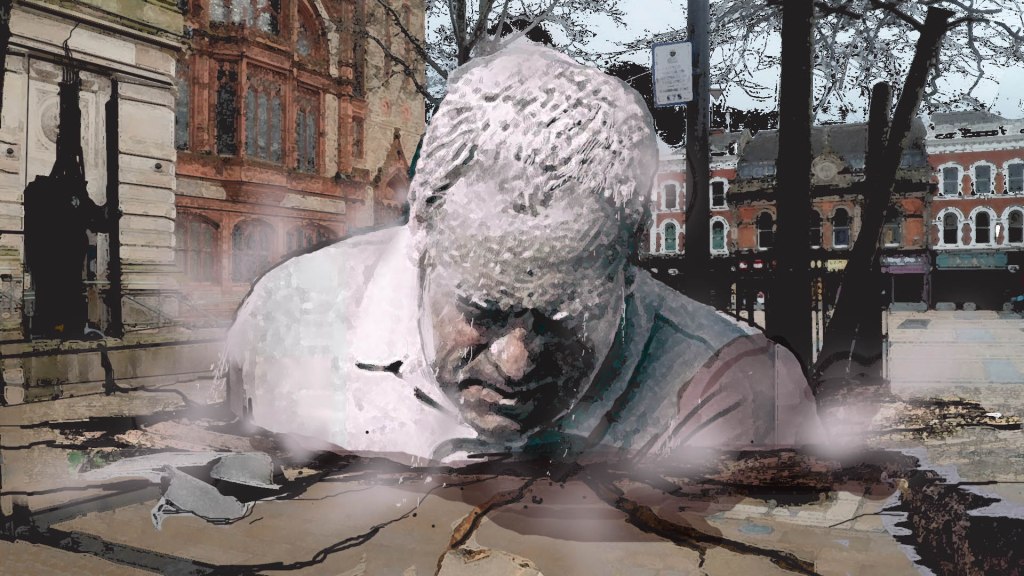
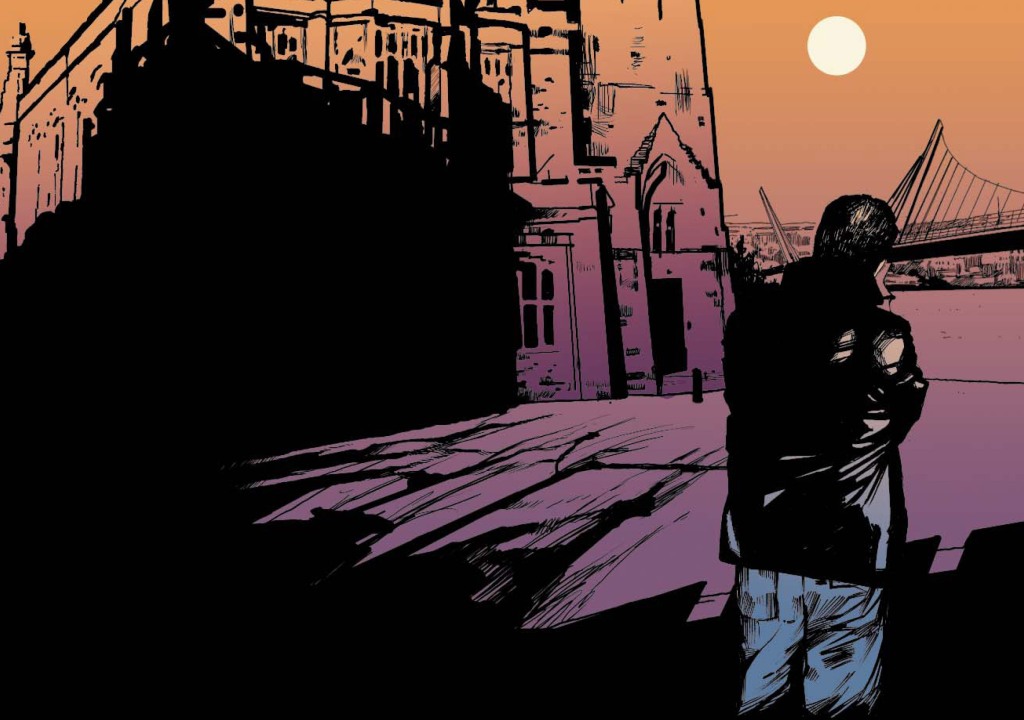
Timelapse of five digital portraits featured in Peacemakers graphic novel
Link to Launch of Graphic Novel Peacemakers at The Playhouse, Derry 17/9/20
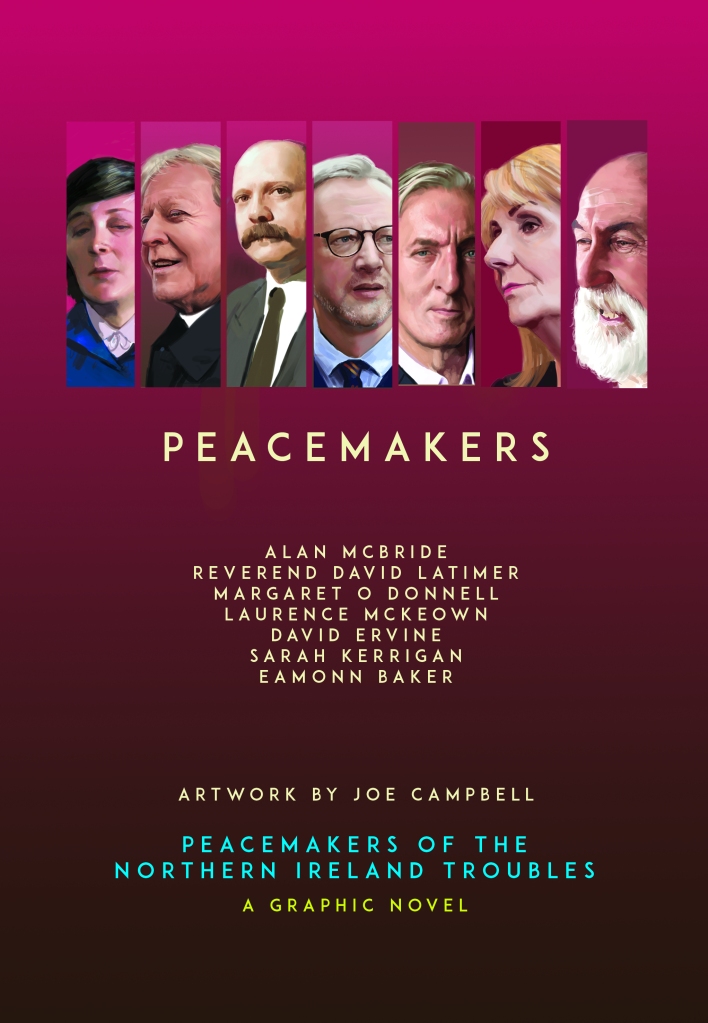
Stories from the Northern Irish Troubles, A Graphic novel featuring the stories of seven peacemakers from the Northern Irish Troubles. Below is a link to the online version of the book. Been an intense labour of love creating this artwork but I feel privileged to have been given the opportunity to illustrate the lives of these remarkable people.
Harrowing at times, drawing up stories of murder, pain, incarceration, loss and tragedy. It conjured up some old ghosts for me as well. But, I really enjoyed working with The playhouse and all the staff who so kindly assisted, especially project co-ordinator, Liam Campbell.
The project was created with the assistance and partnership of Queen’s University, Towards Understanding and Healing, The Thomas D’Arcy Foundation, Derry and Strabane City Council through Peace IV and others
Below also, are extracts of individual pieces of artwork used in the novel.
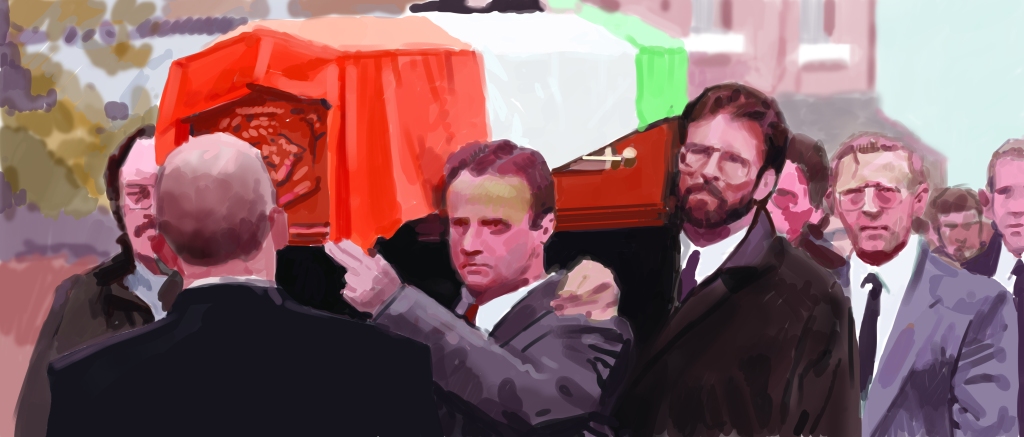
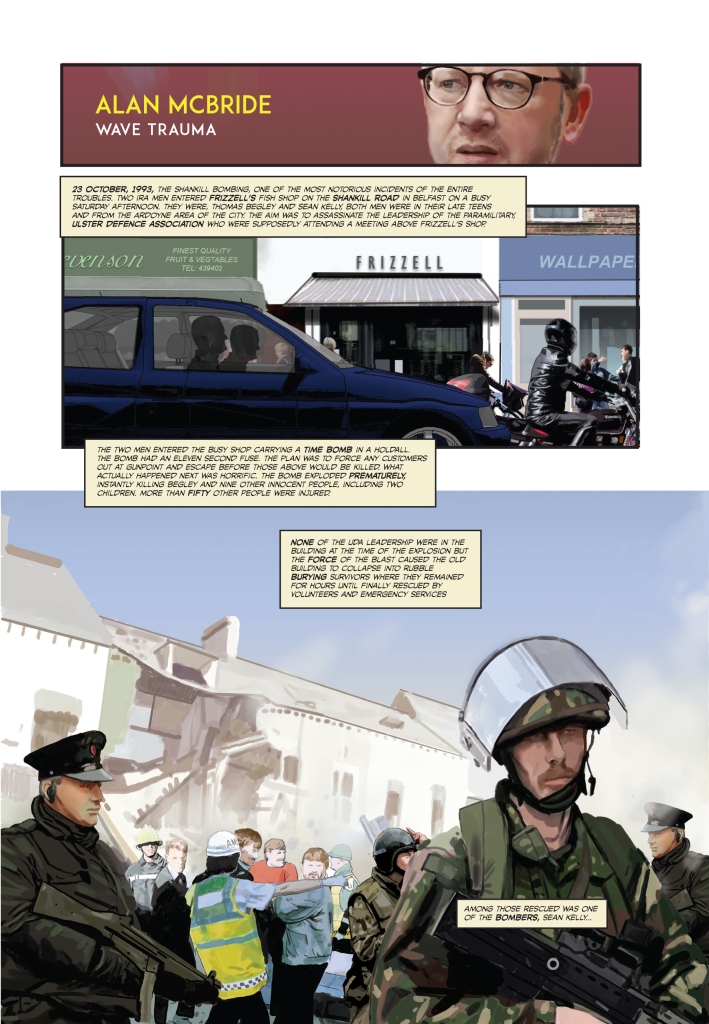
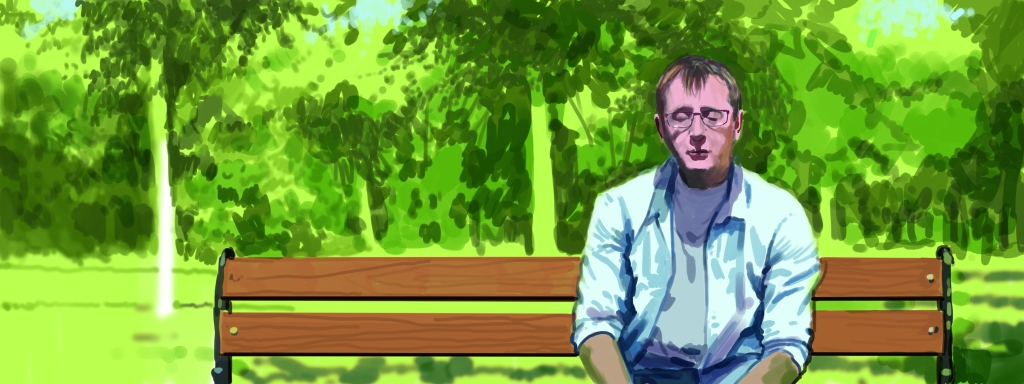
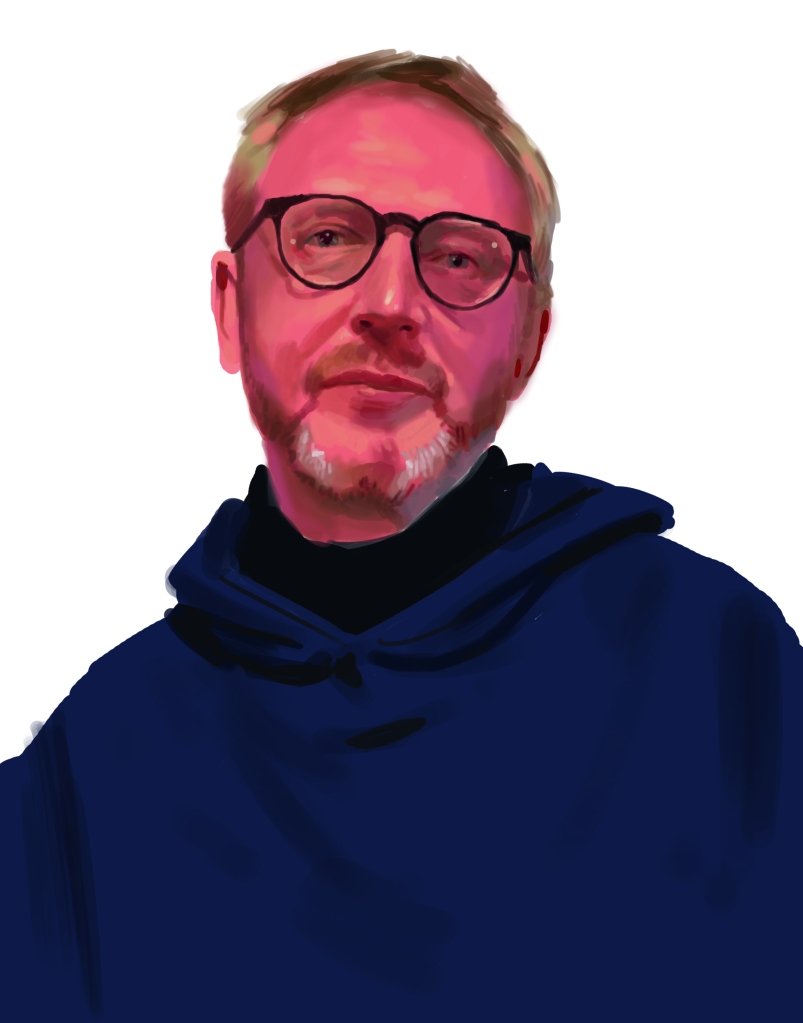

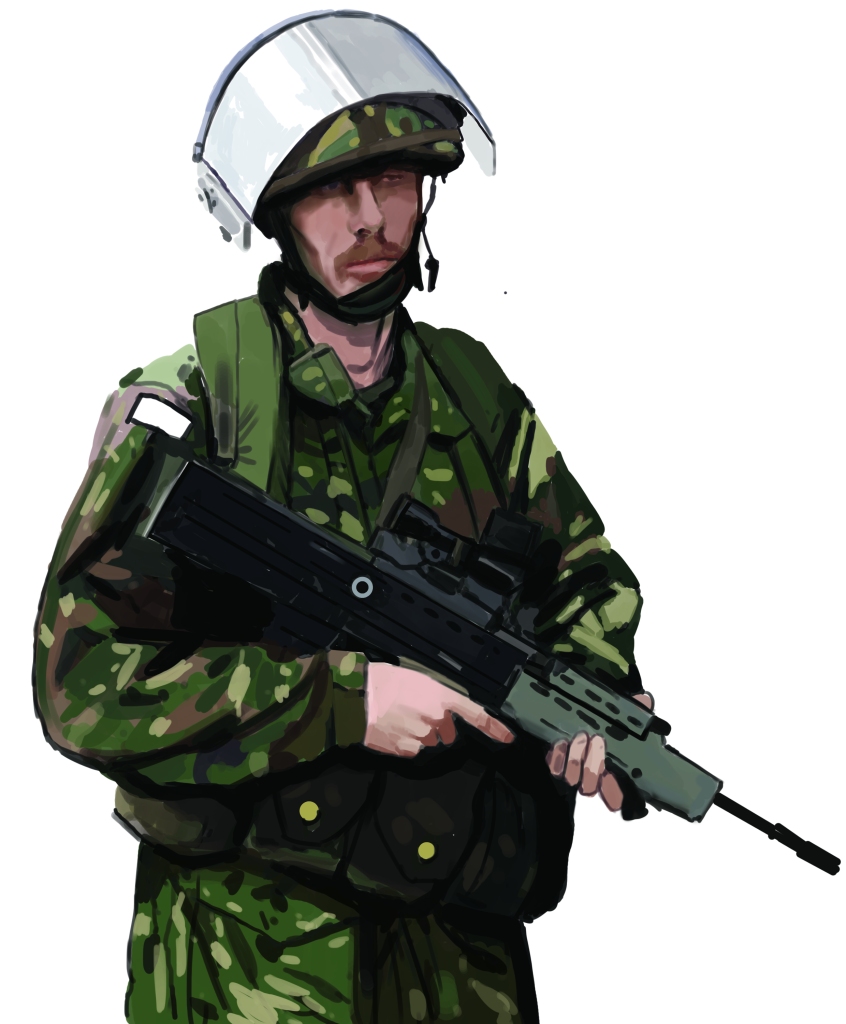

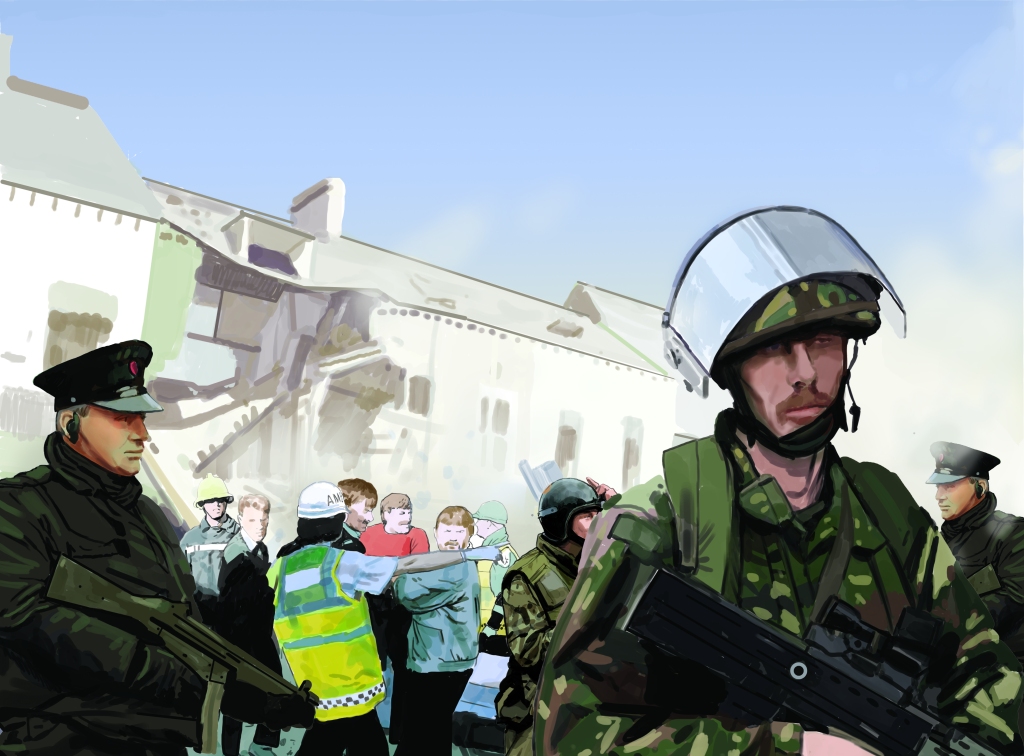
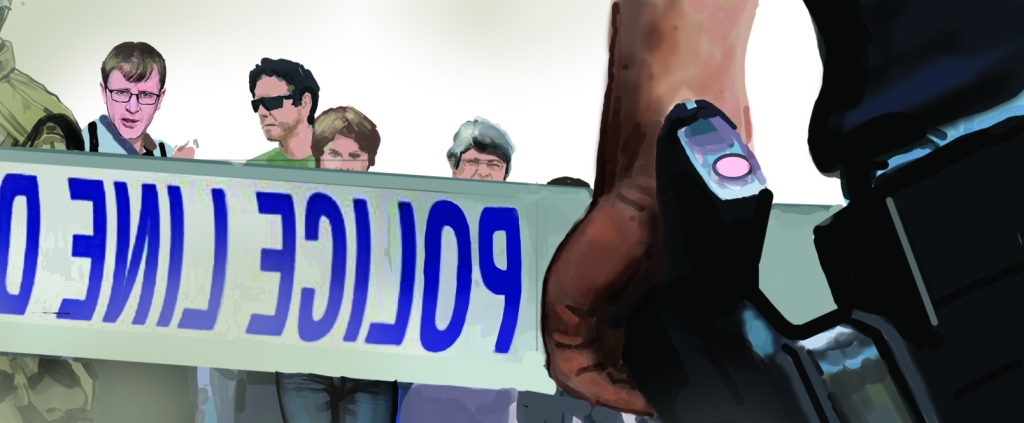
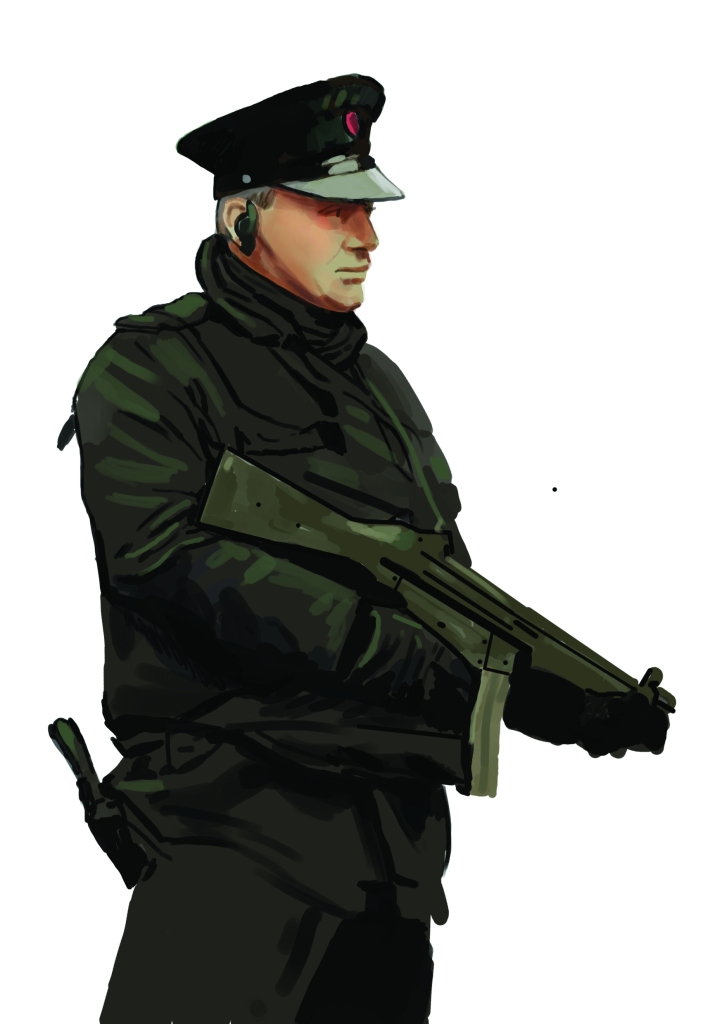
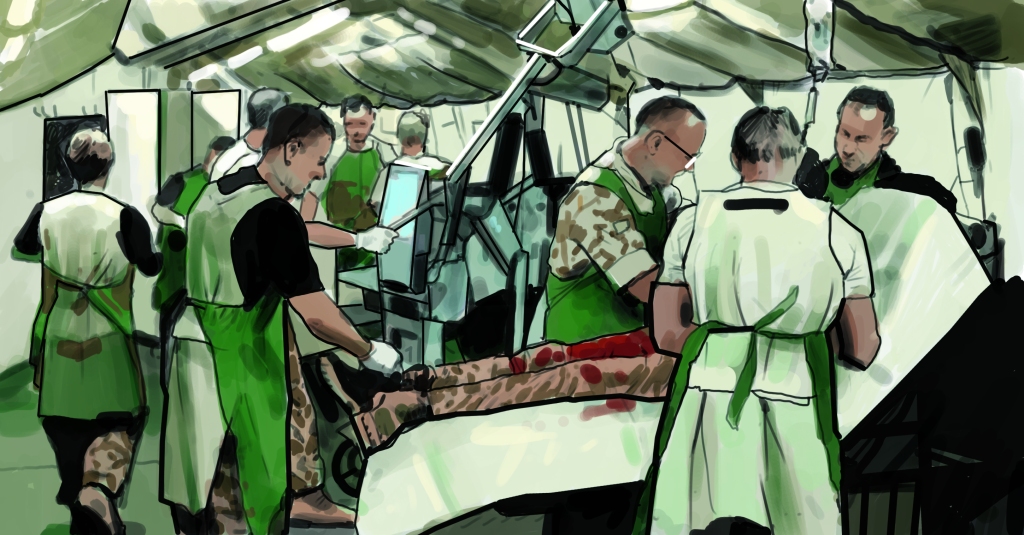

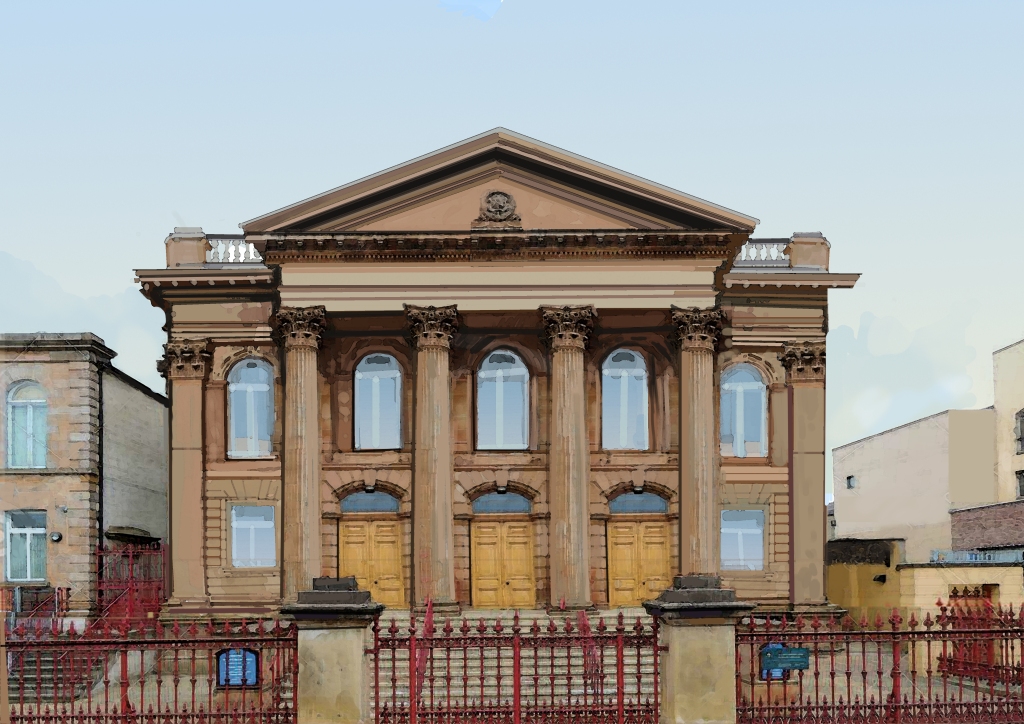
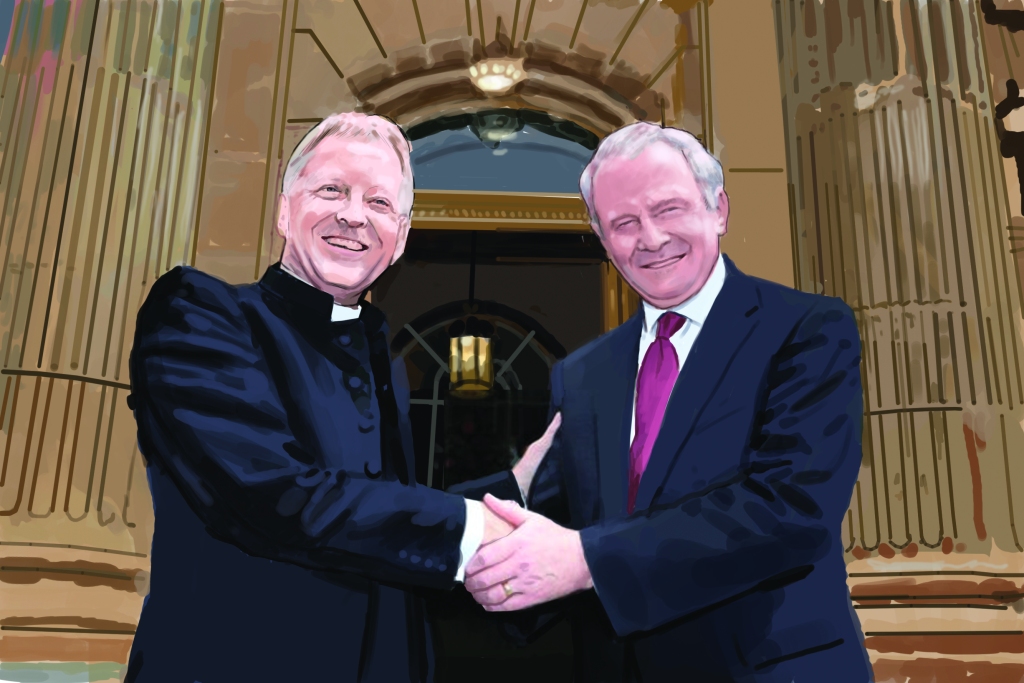

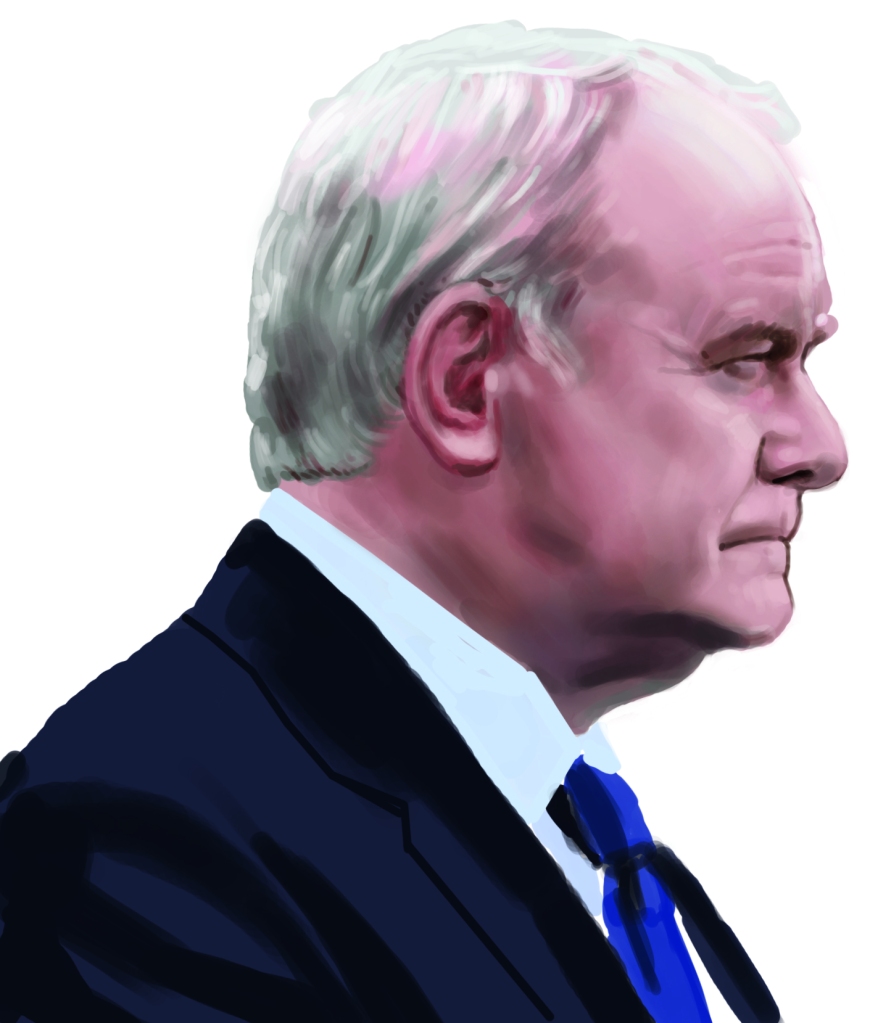
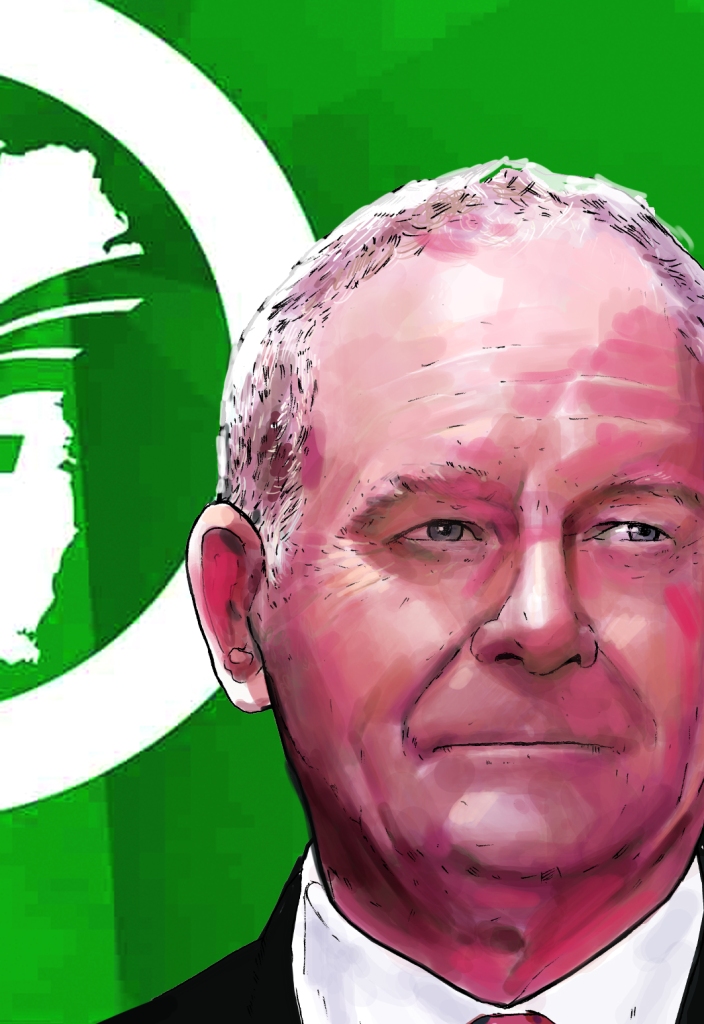


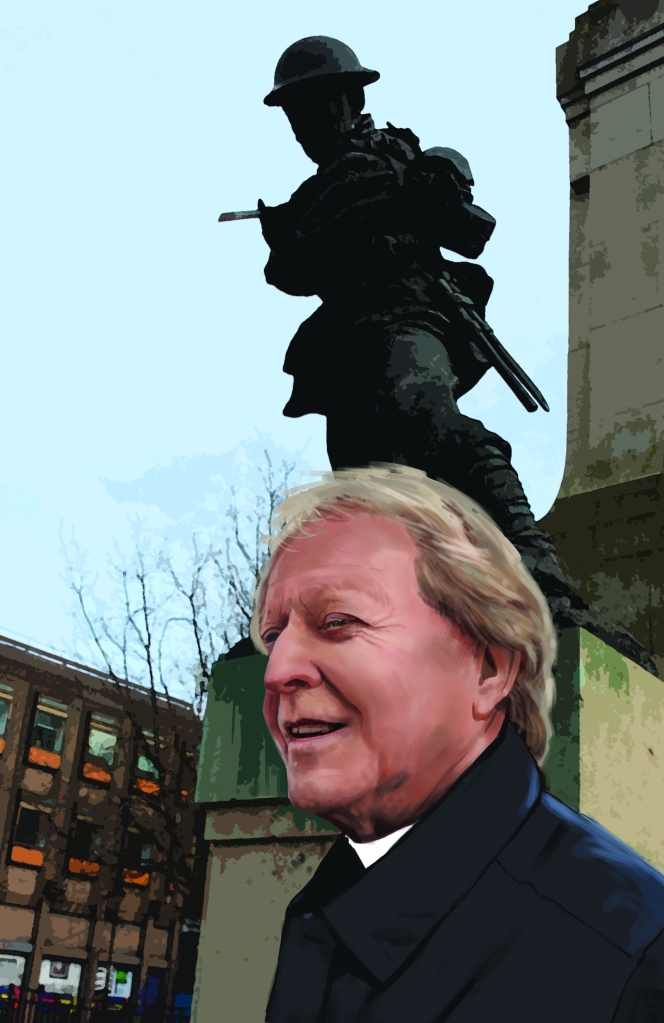
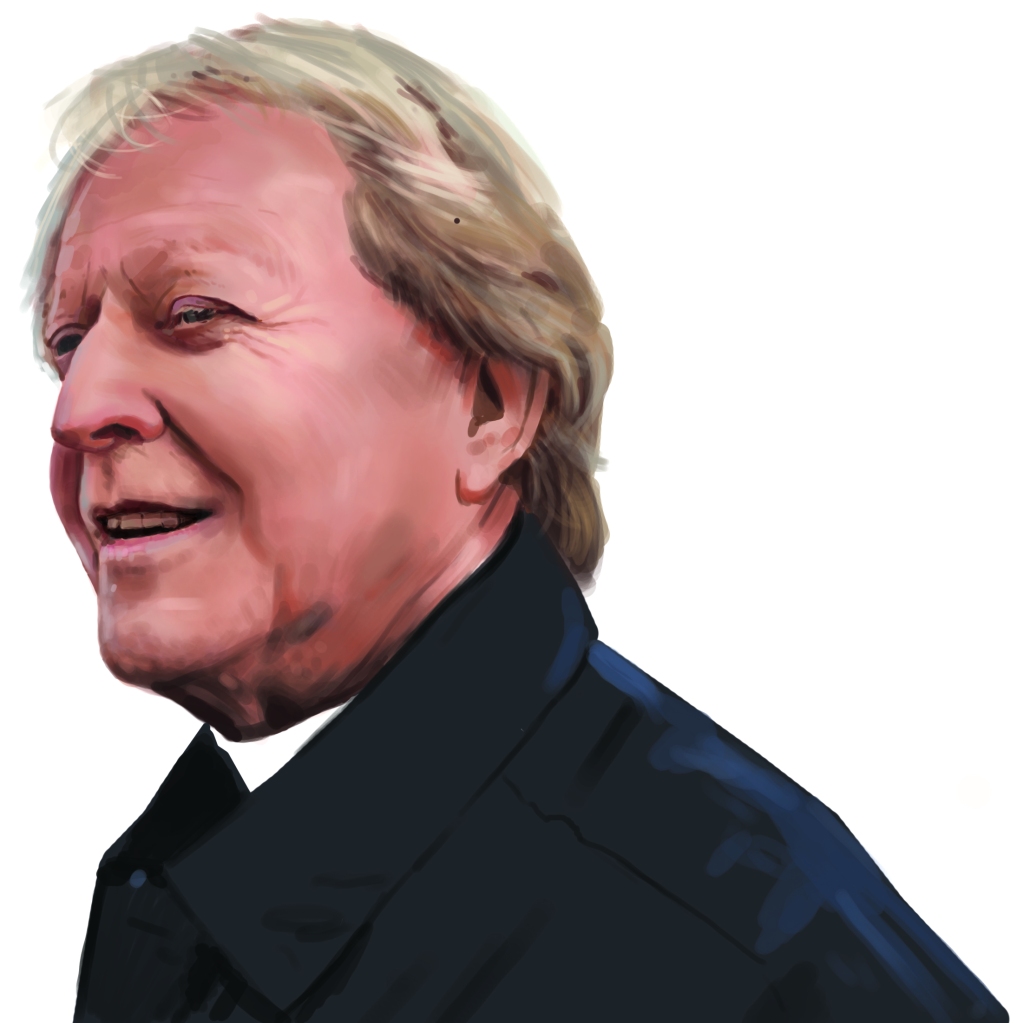
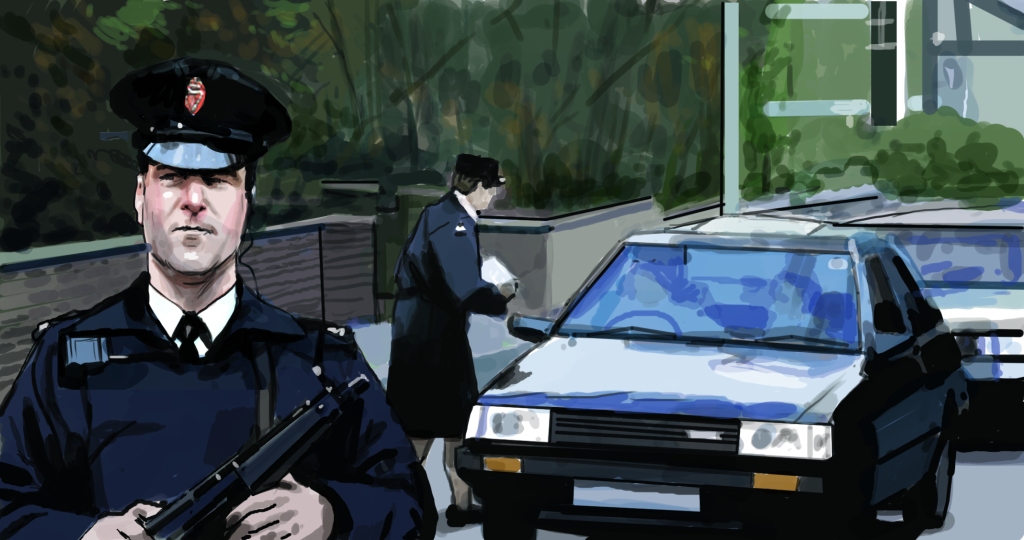
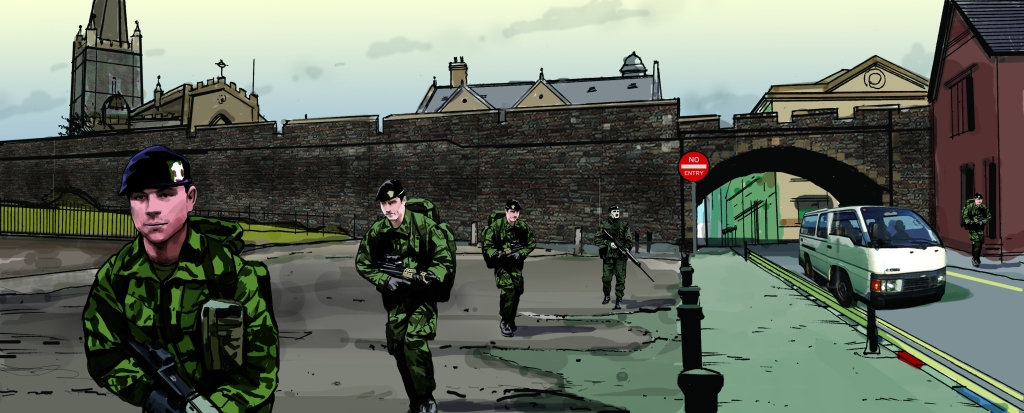


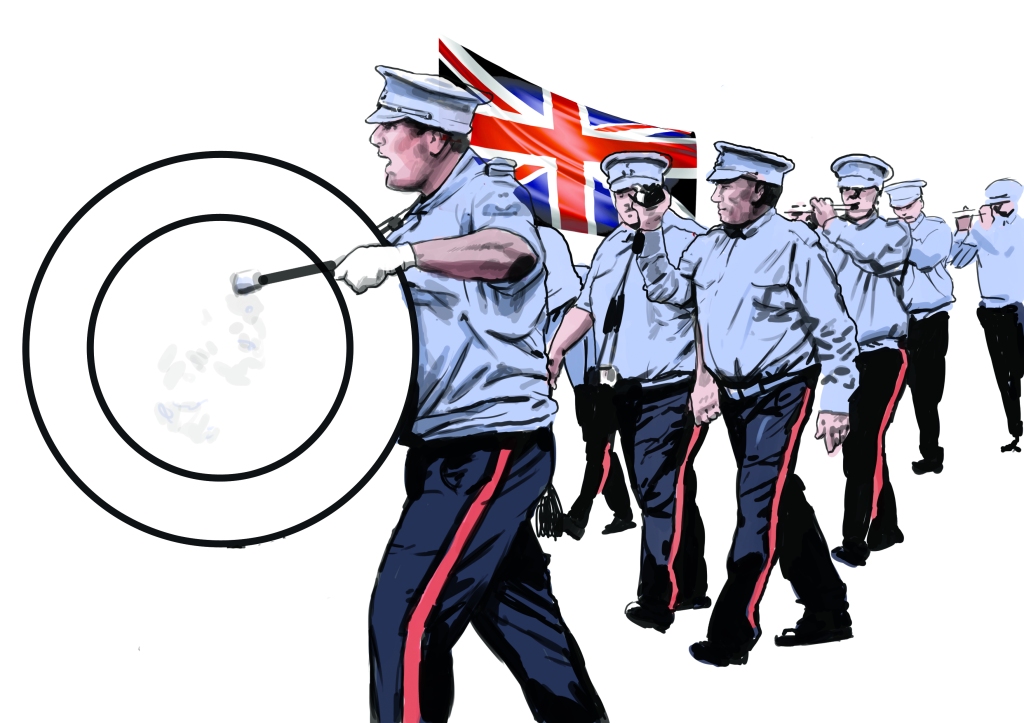
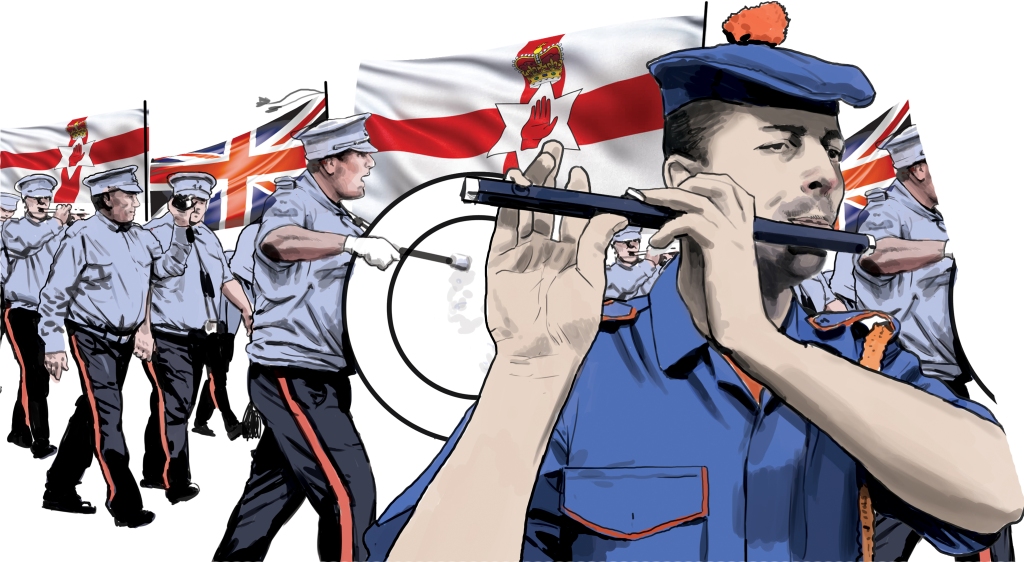
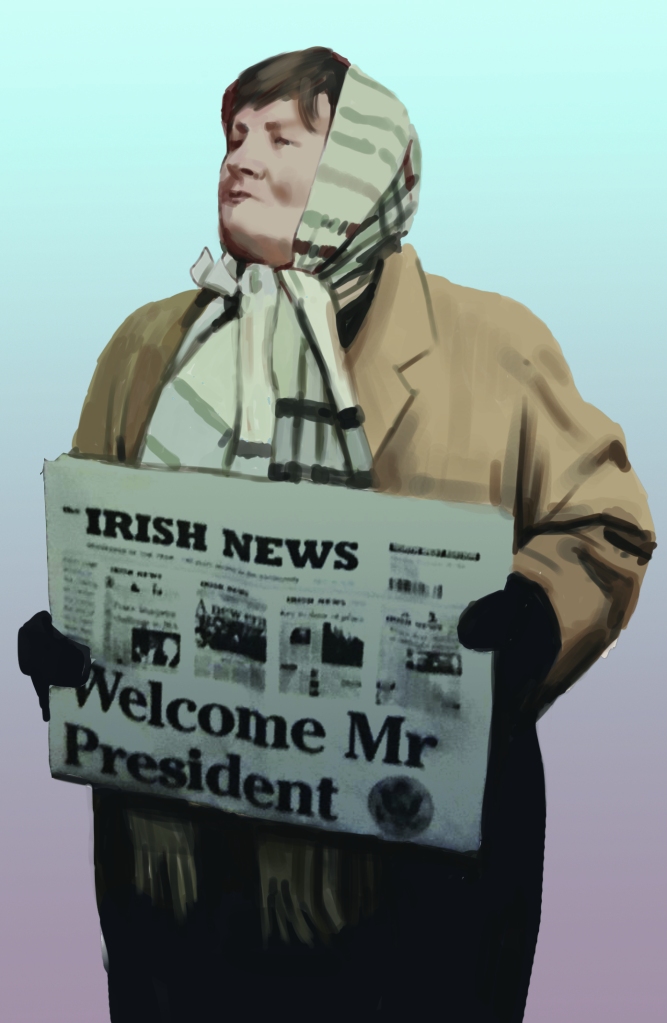
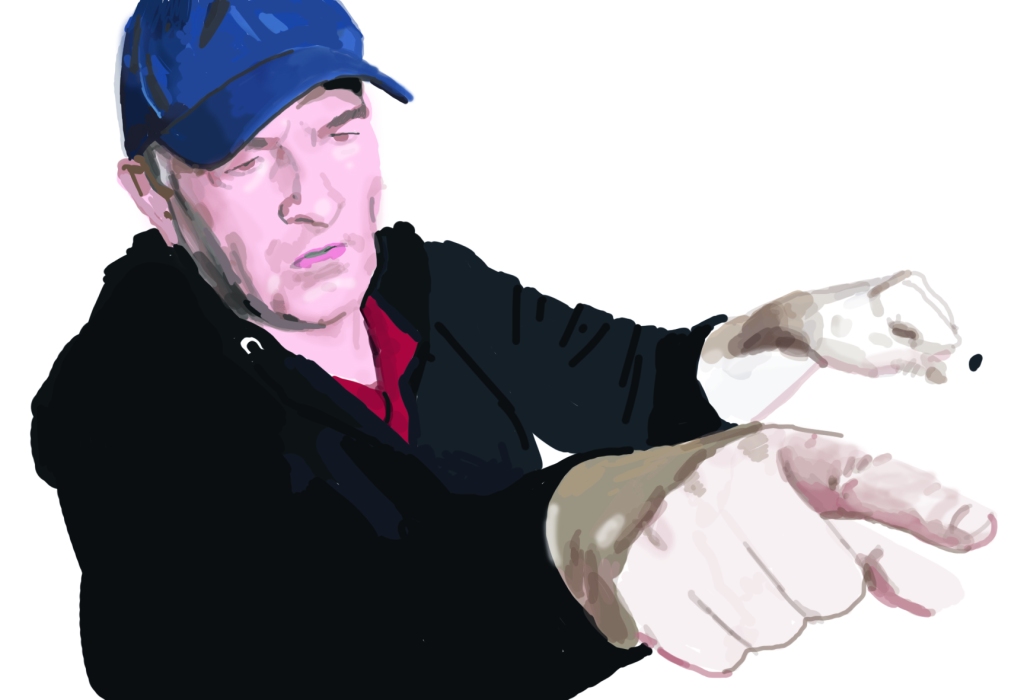

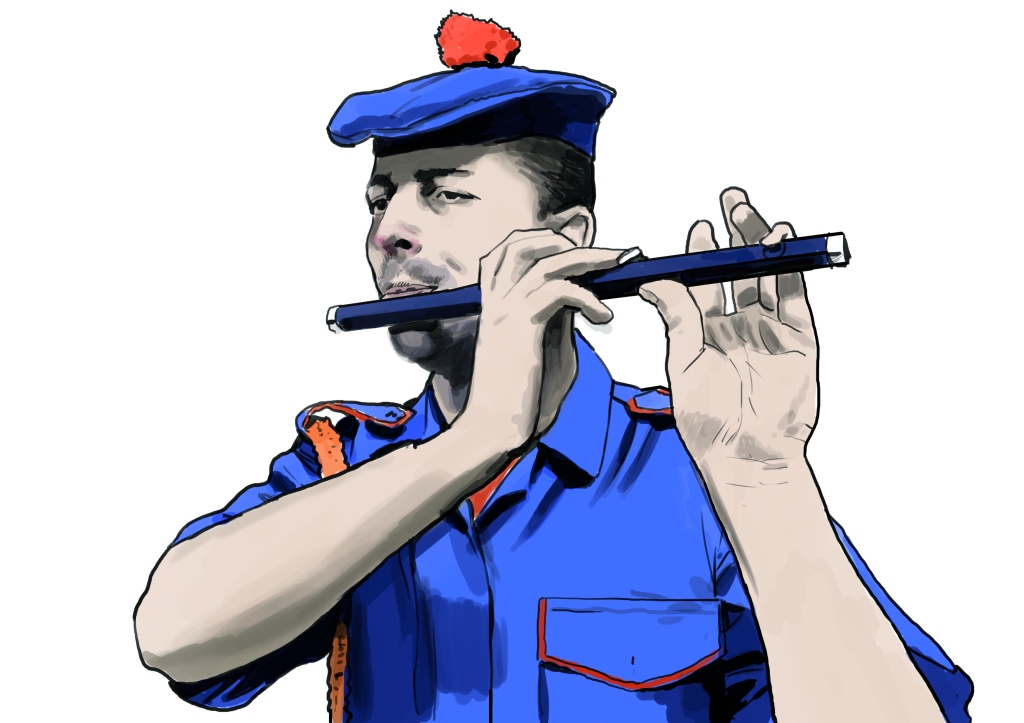
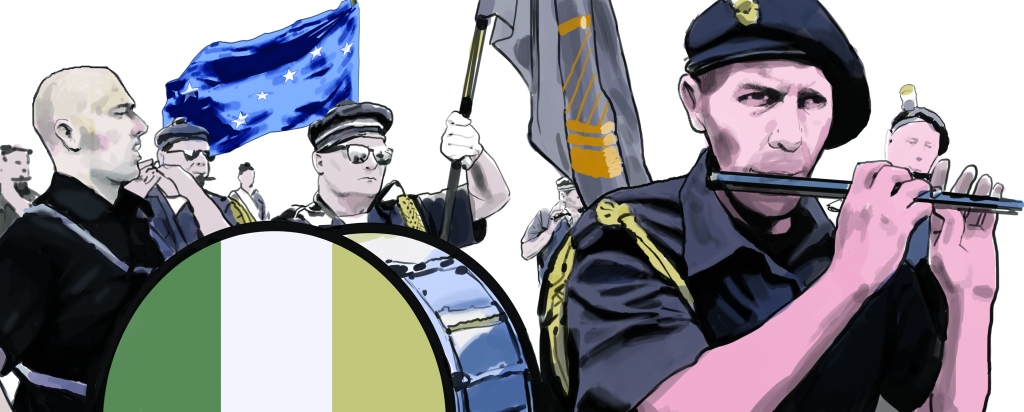
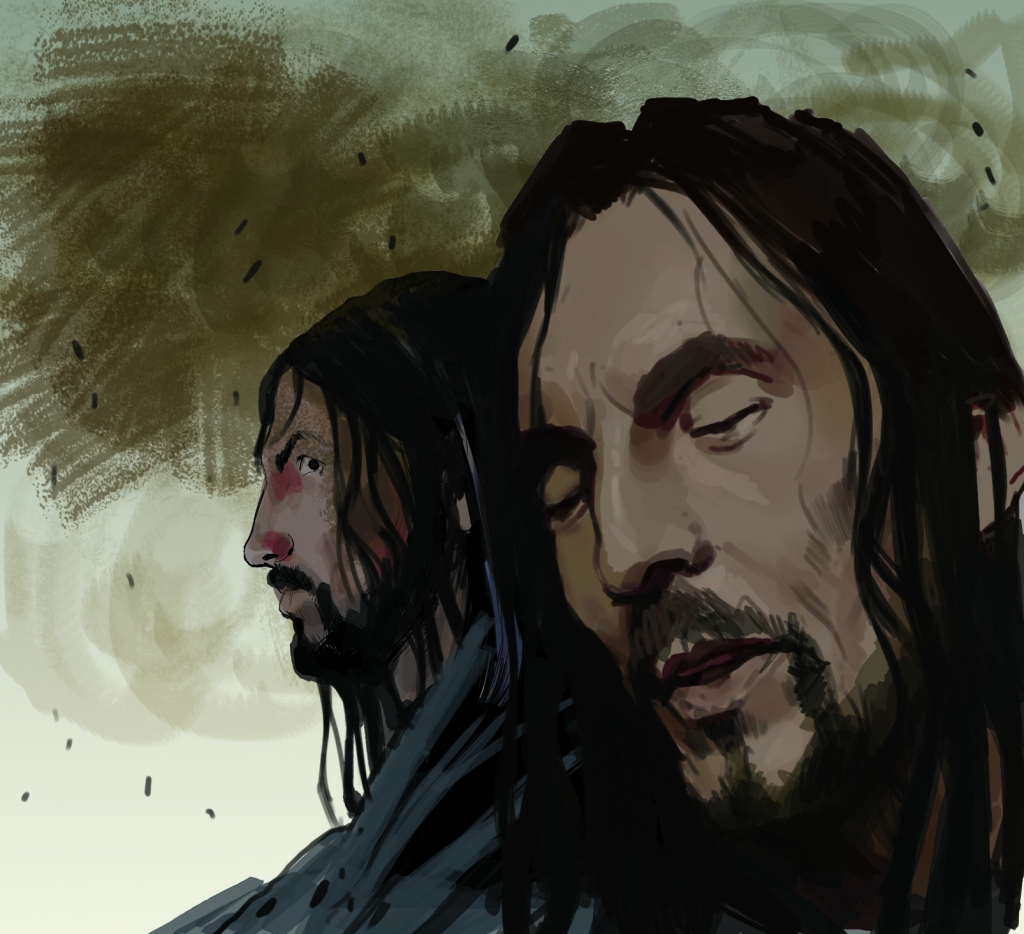
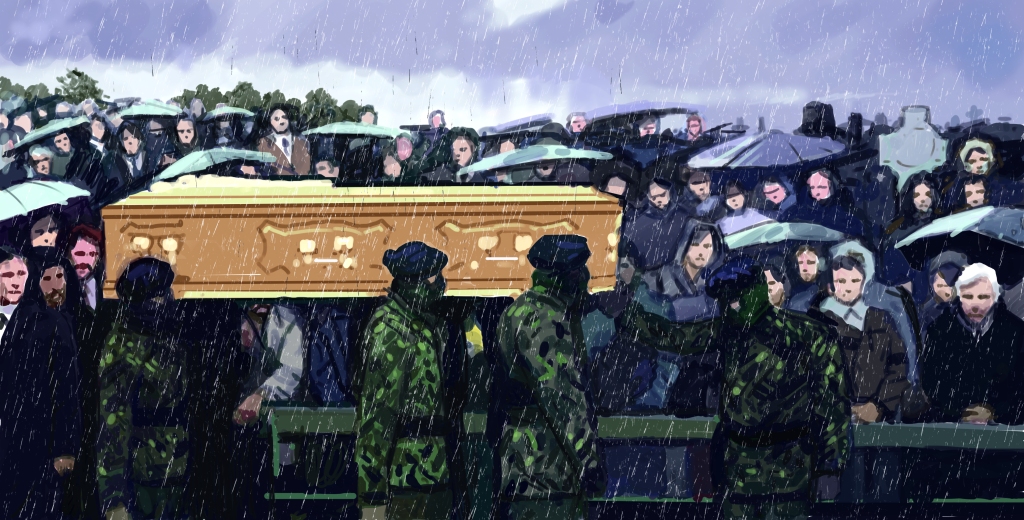
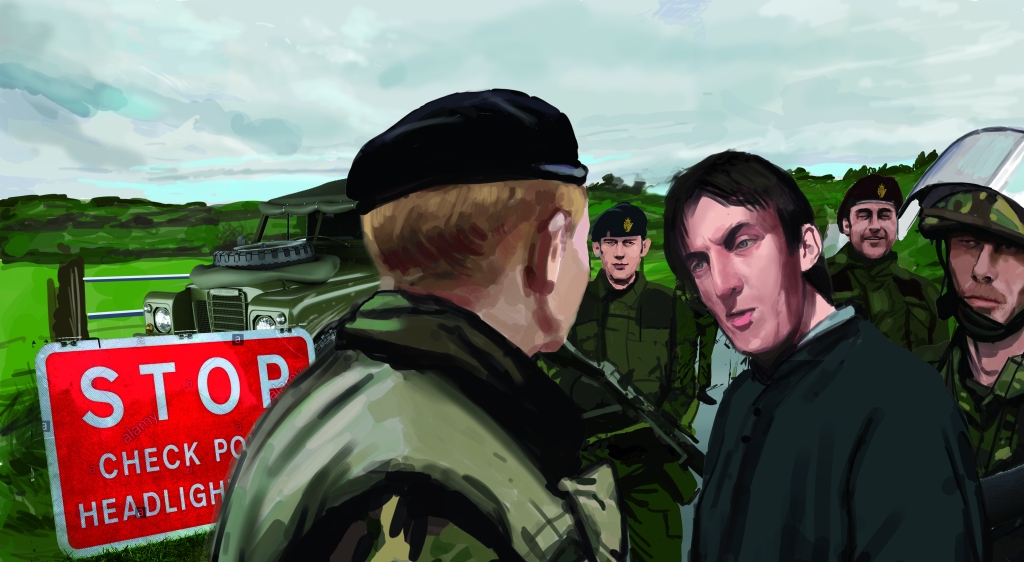
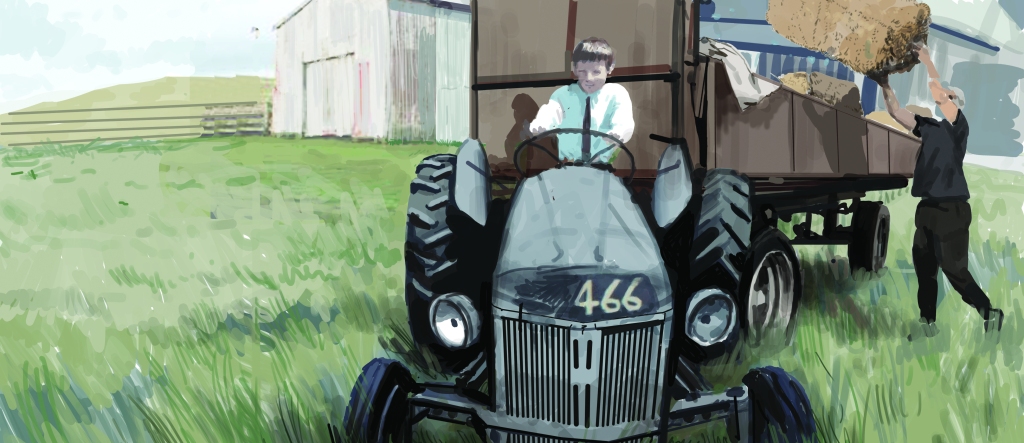
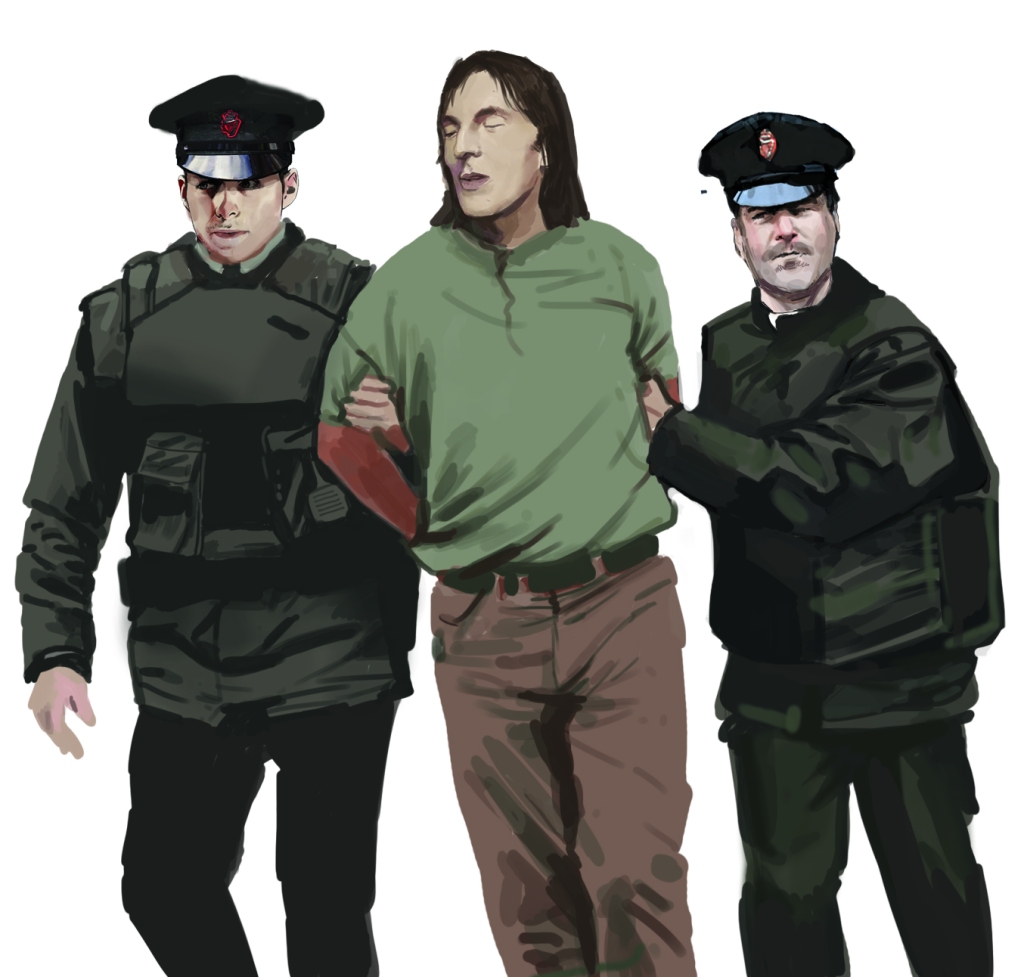
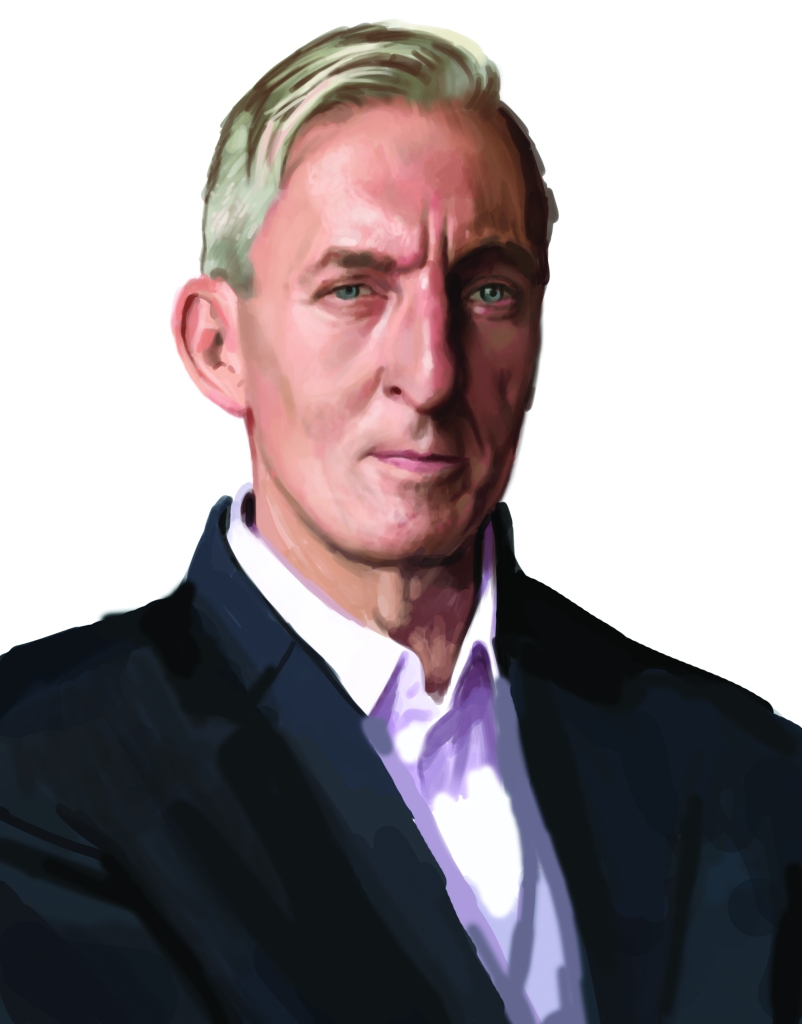

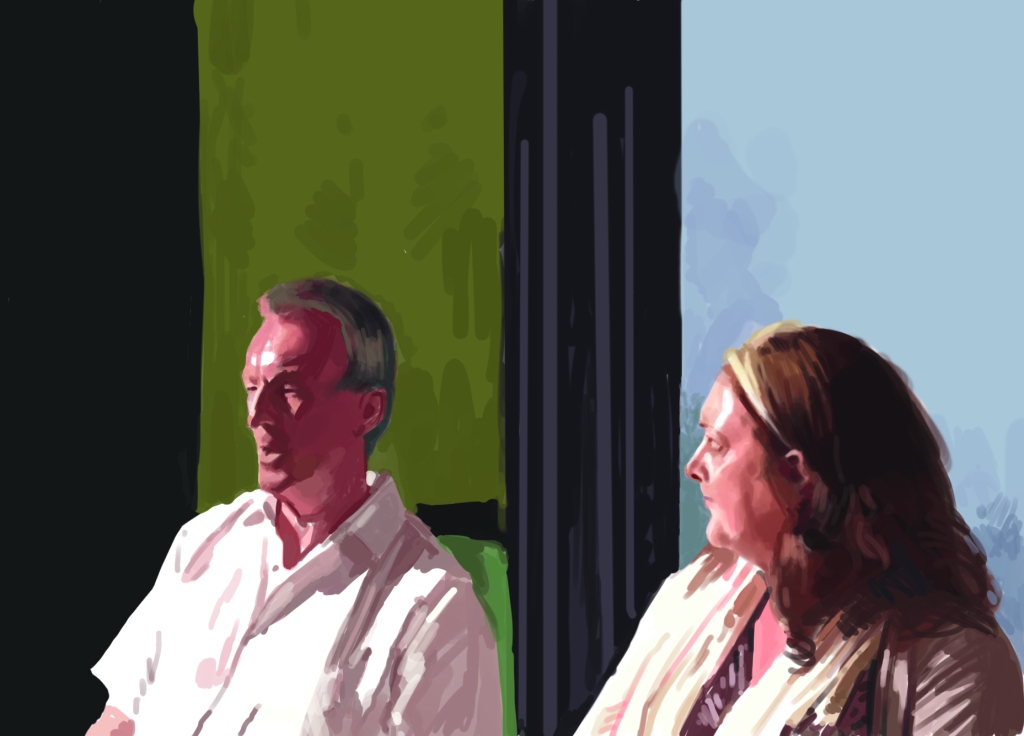
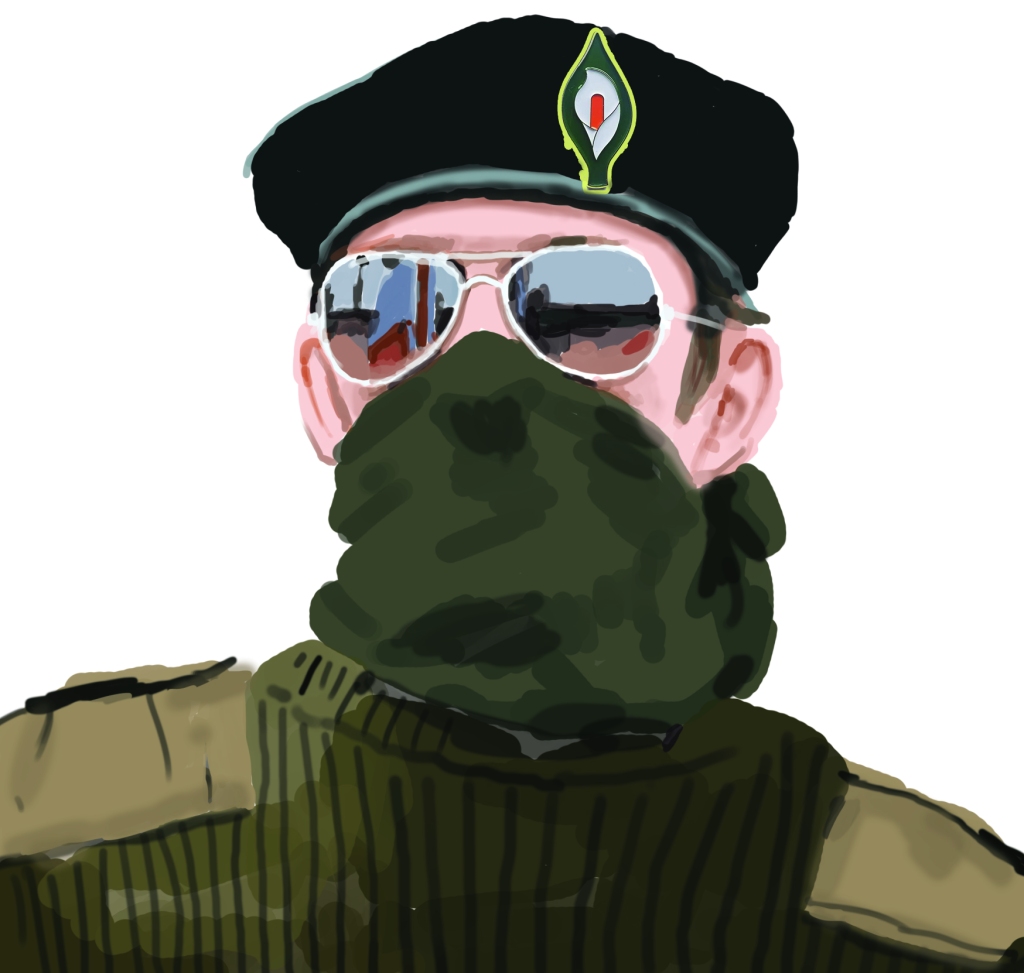
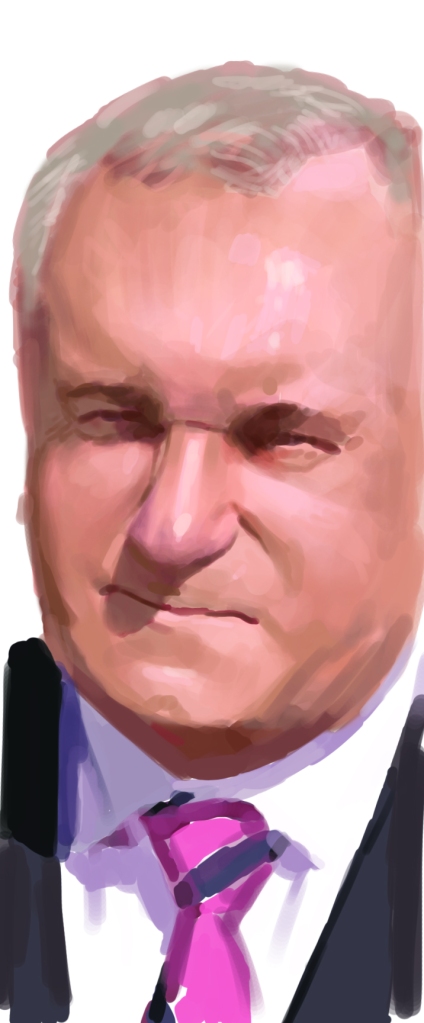
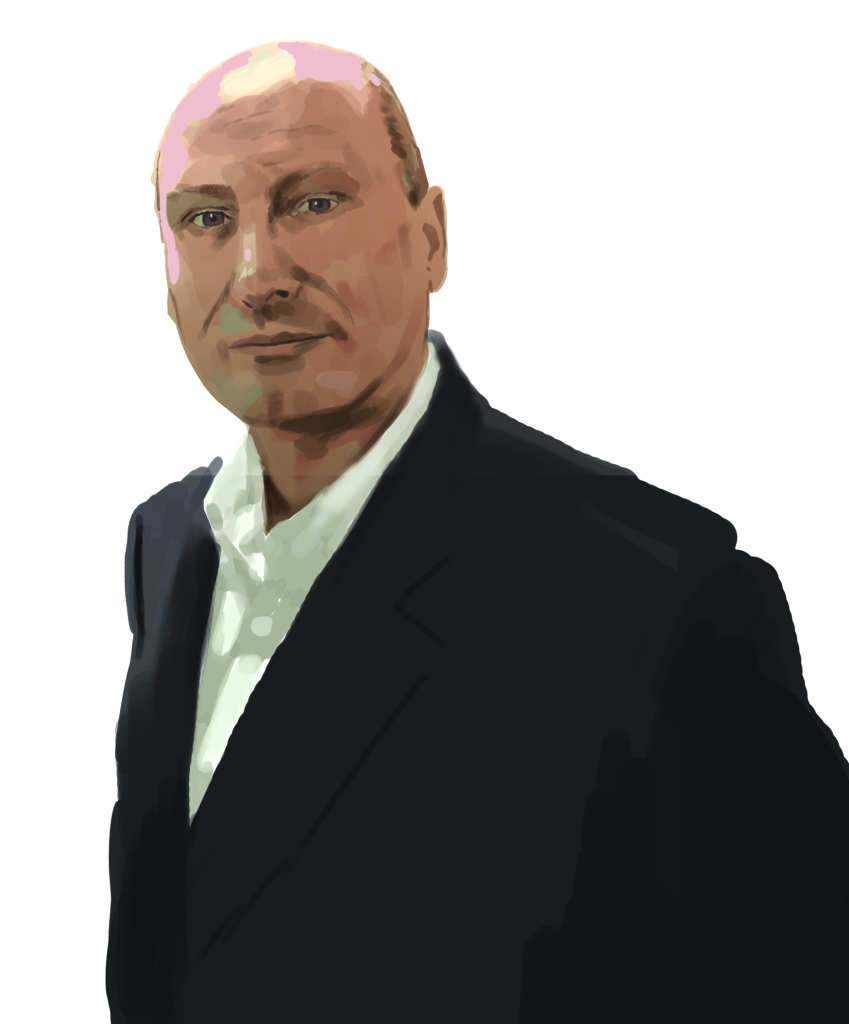
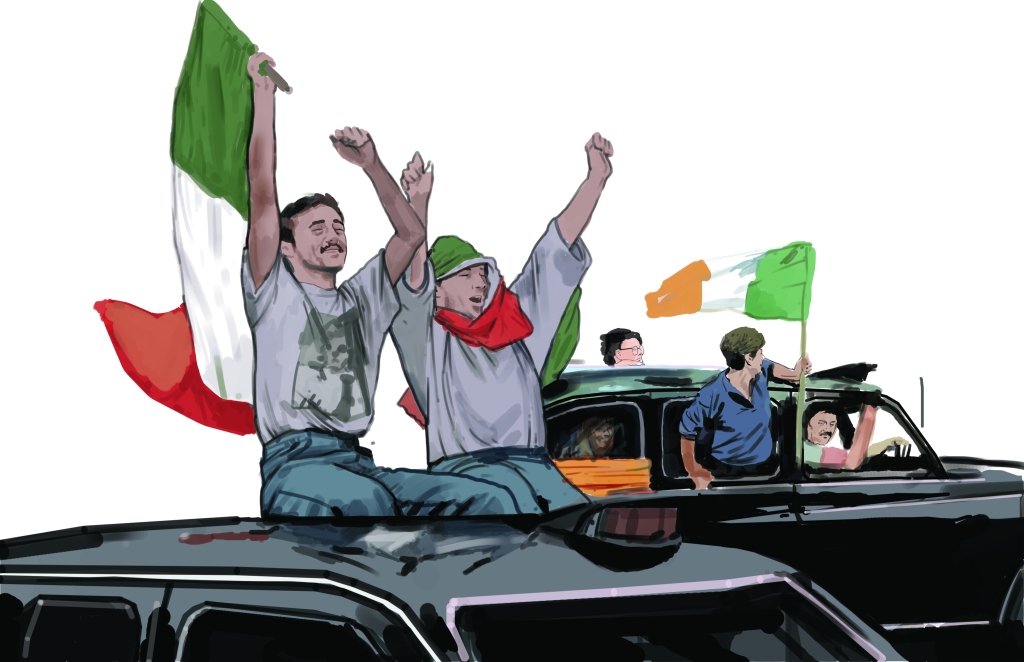
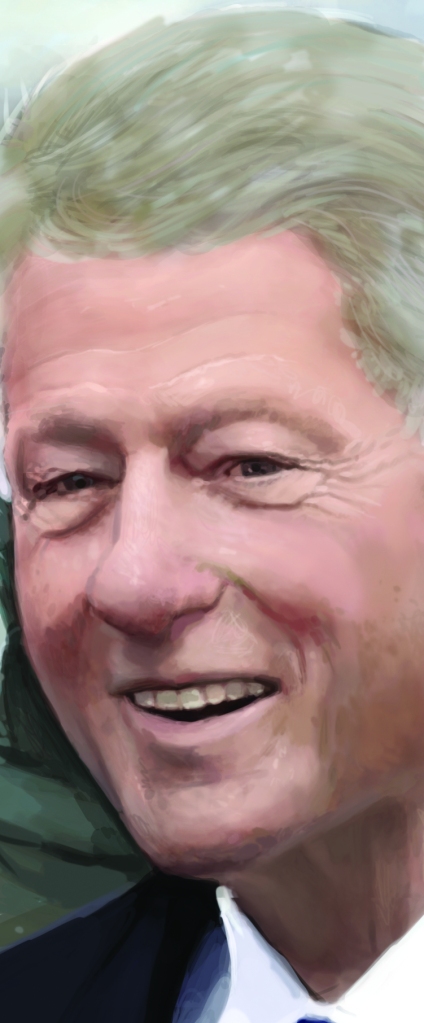
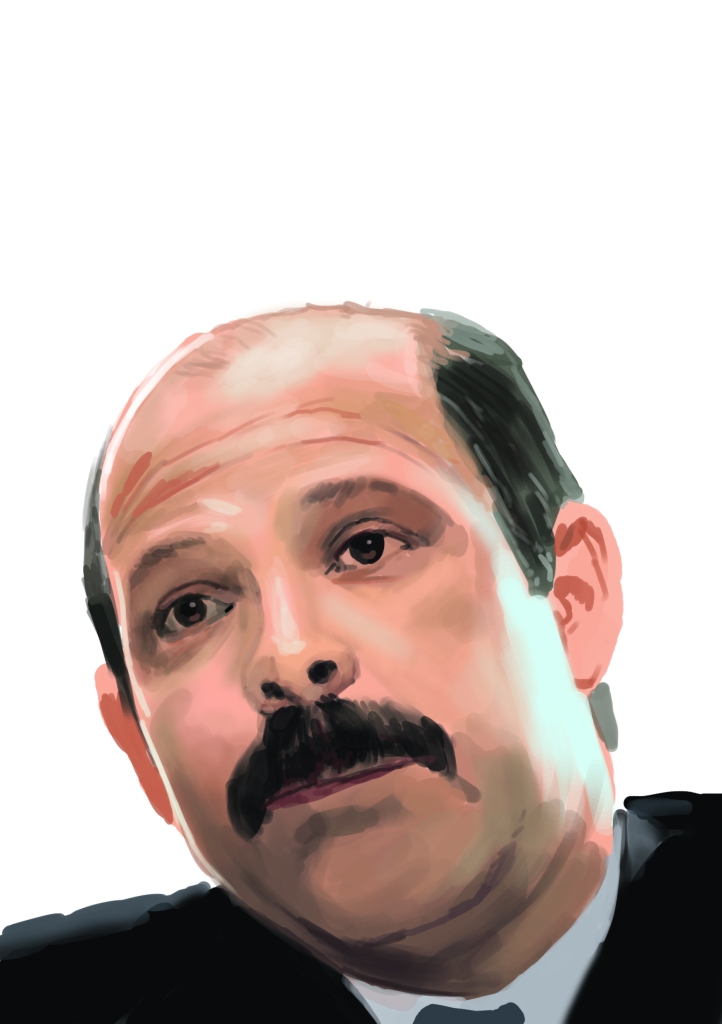
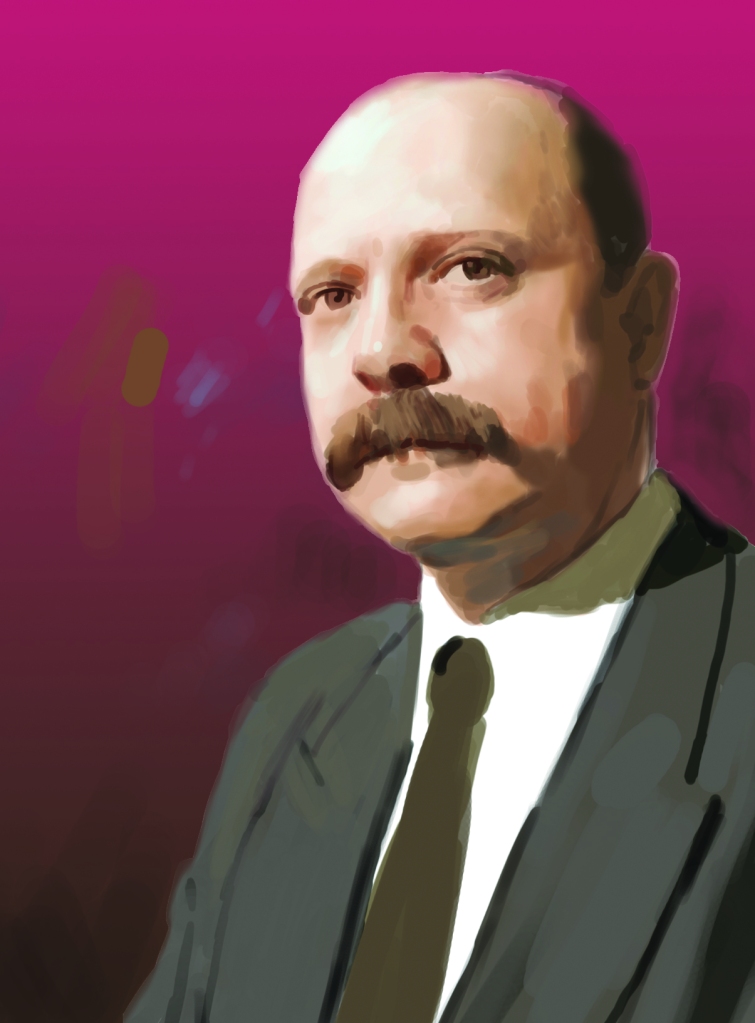
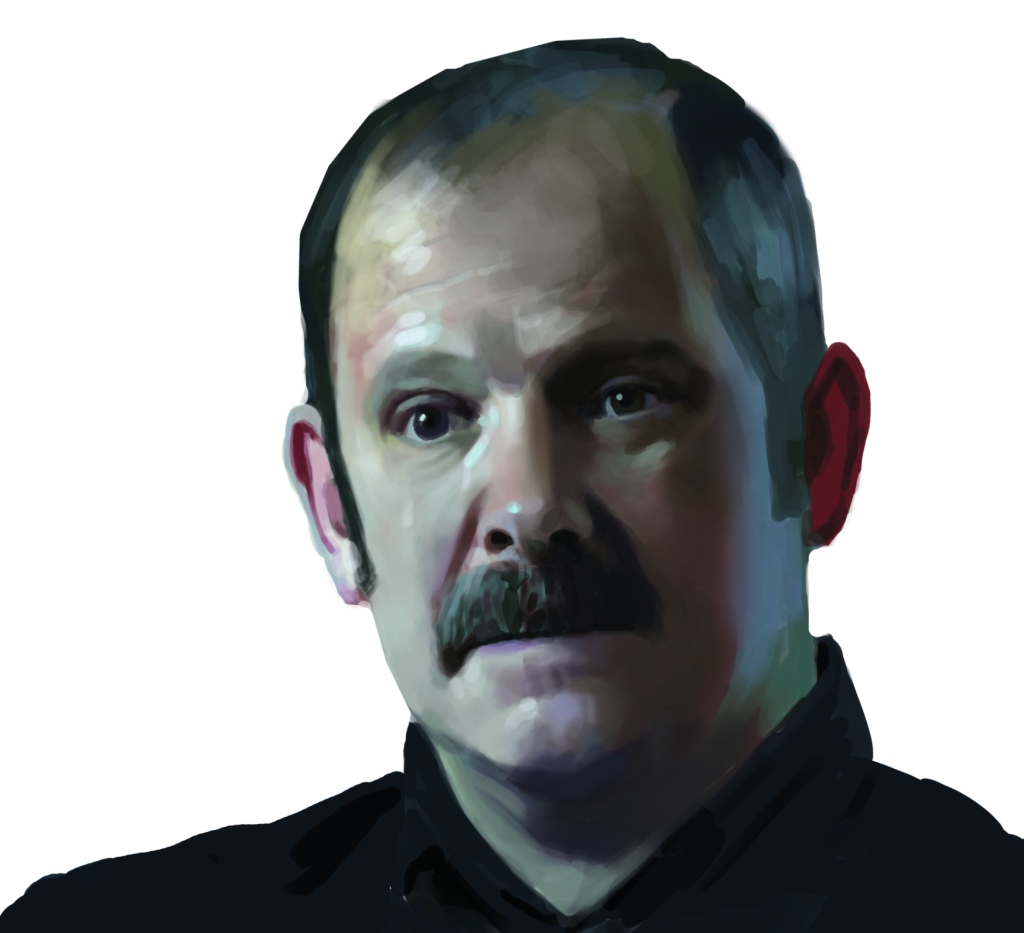
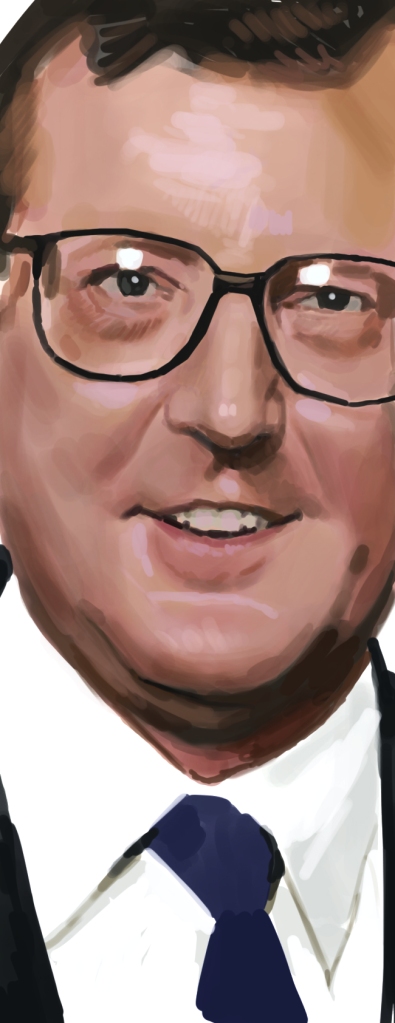

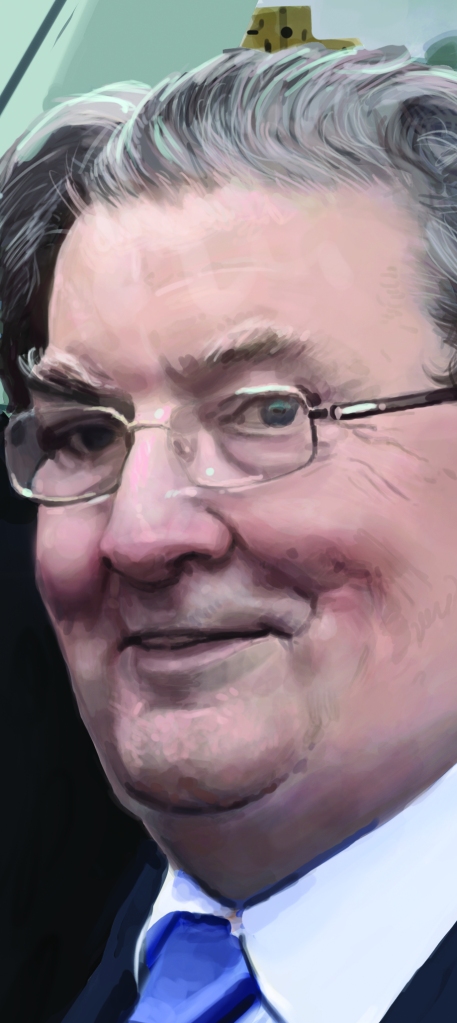
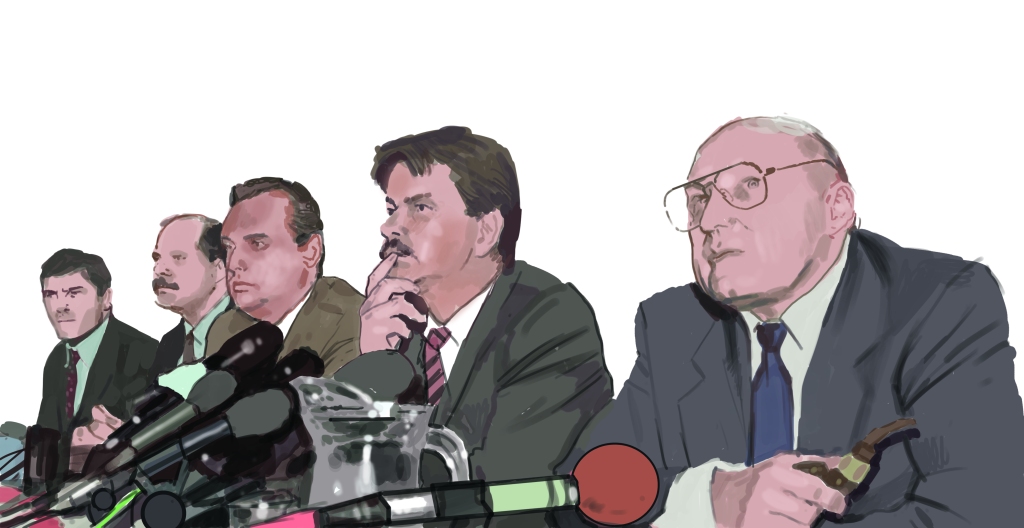


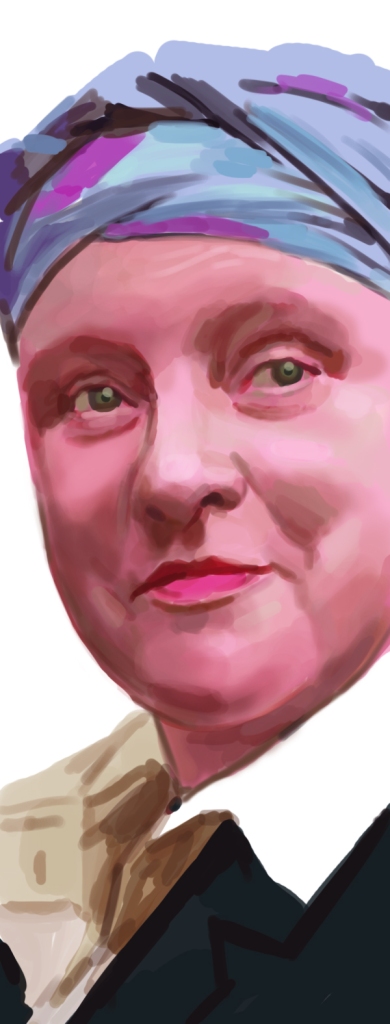
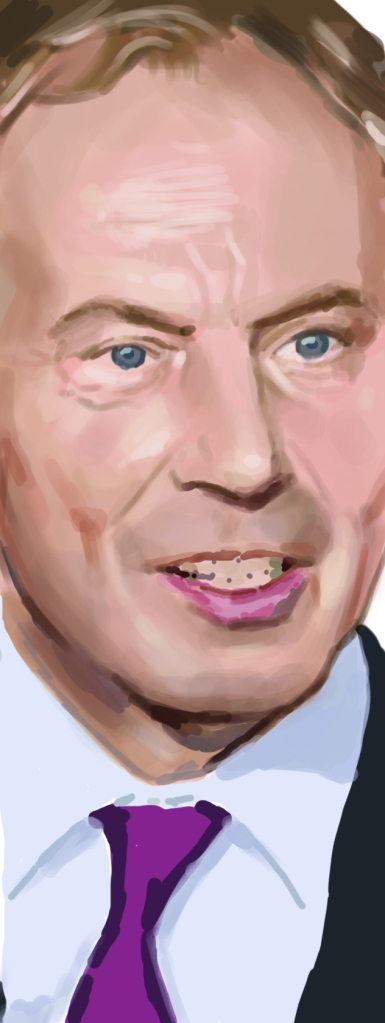
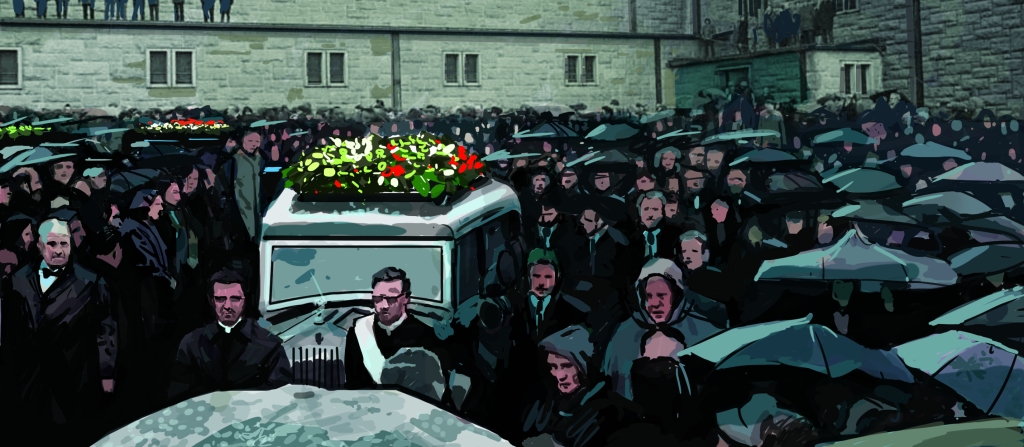
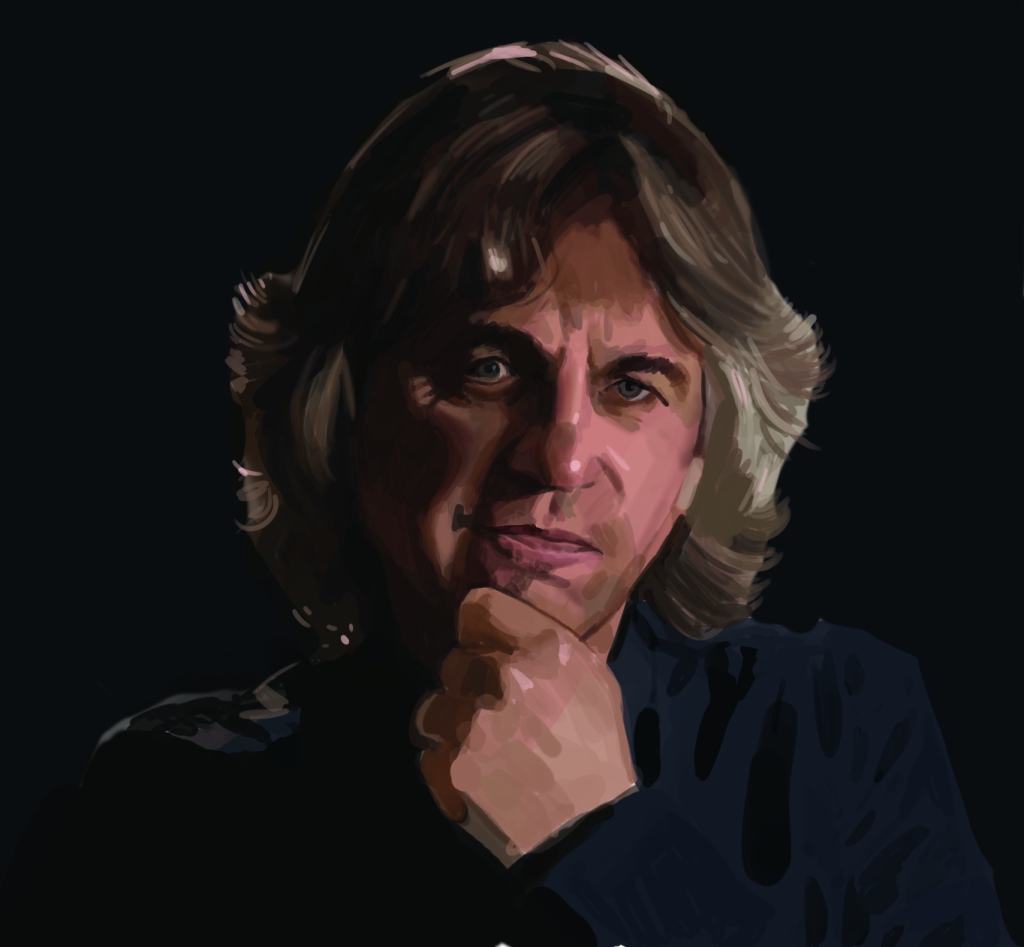
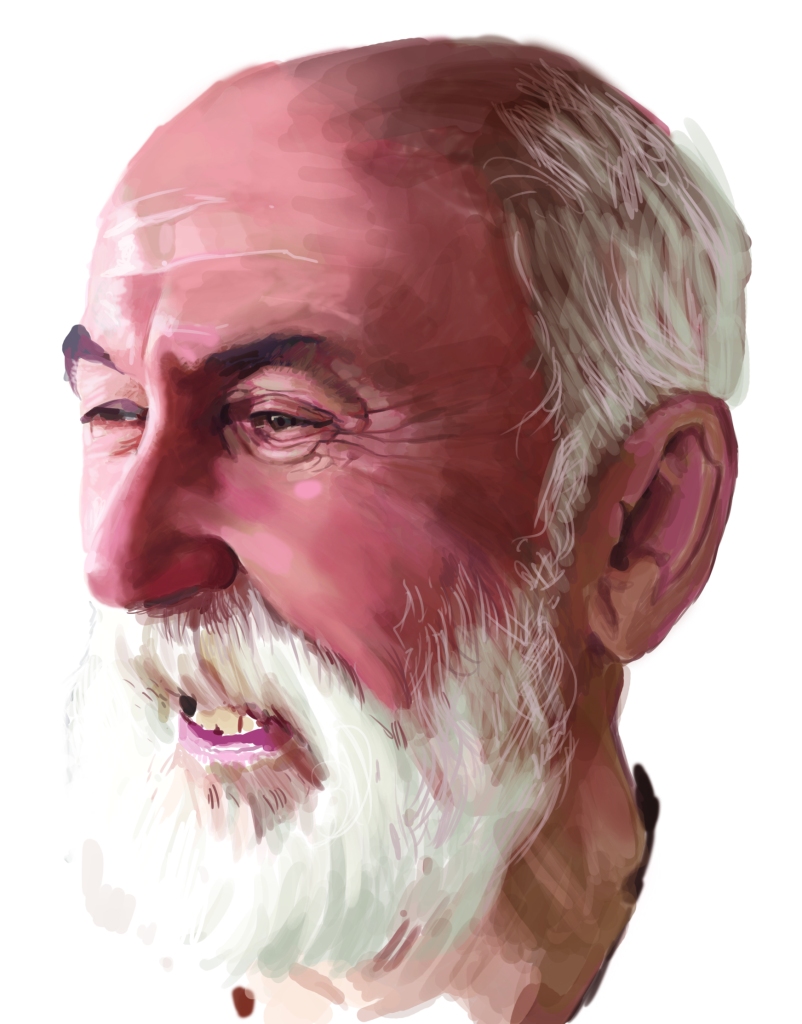


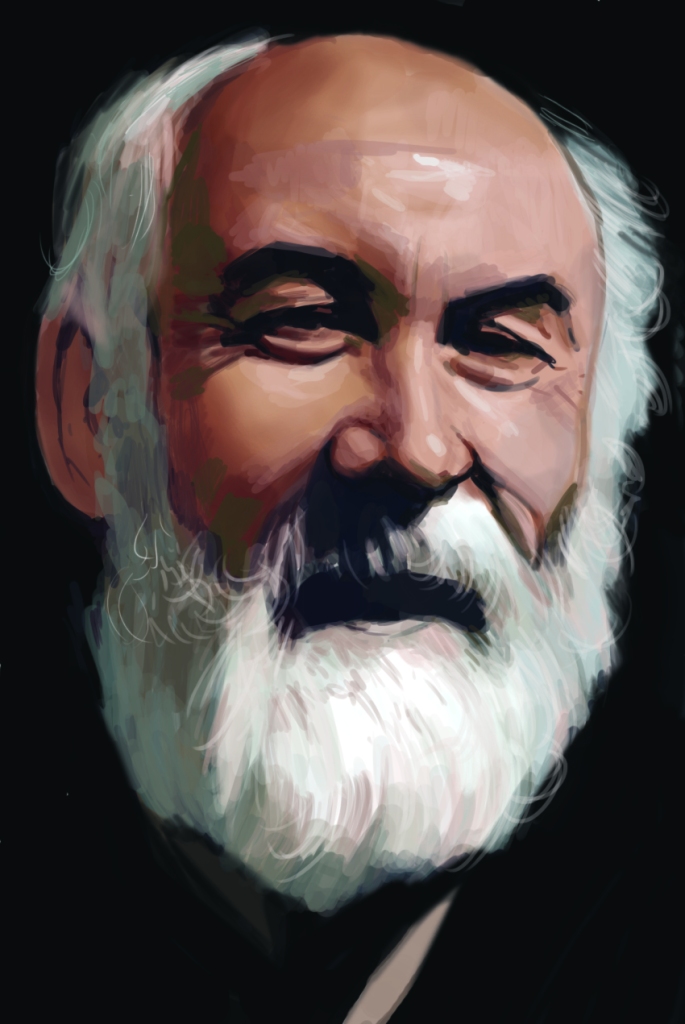
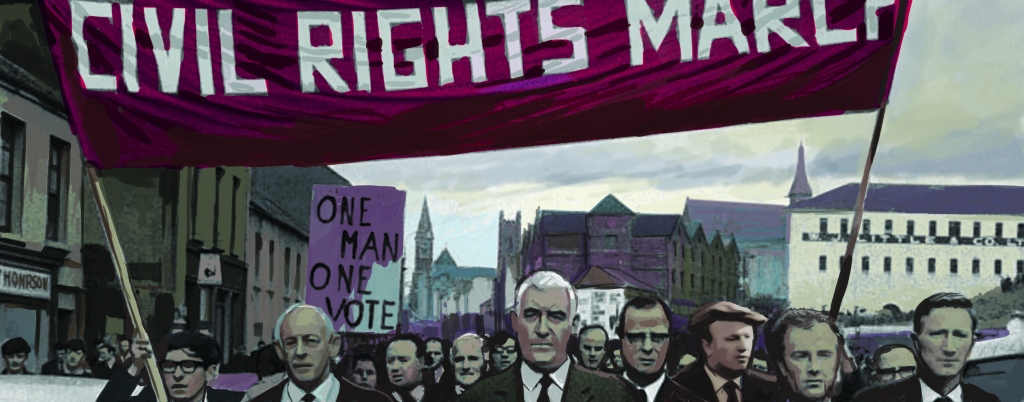
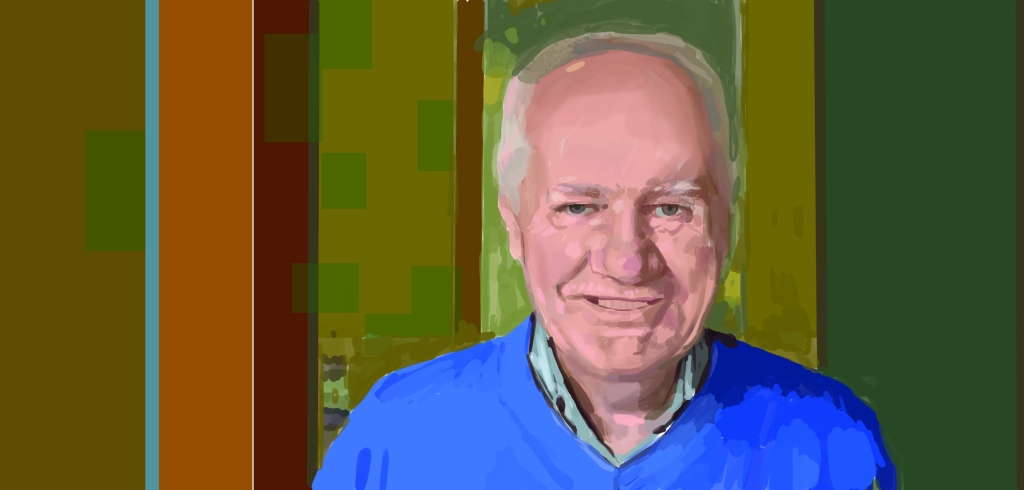

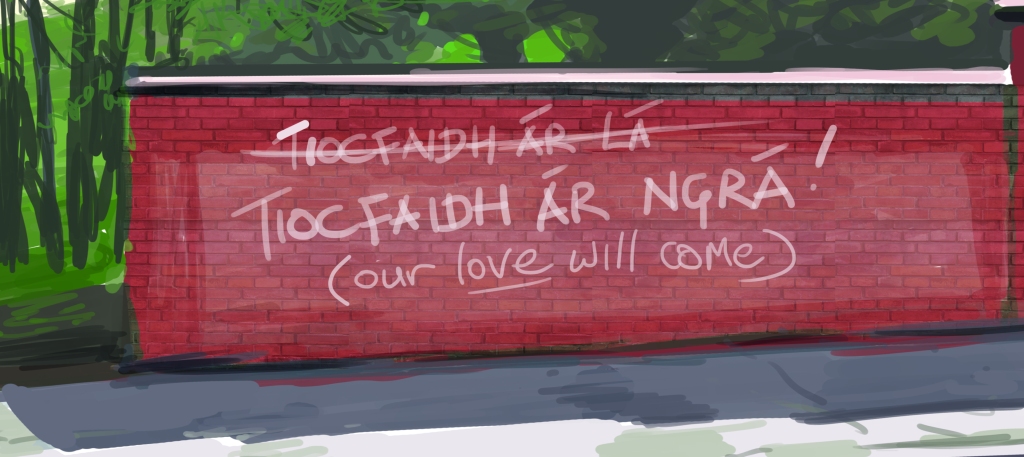
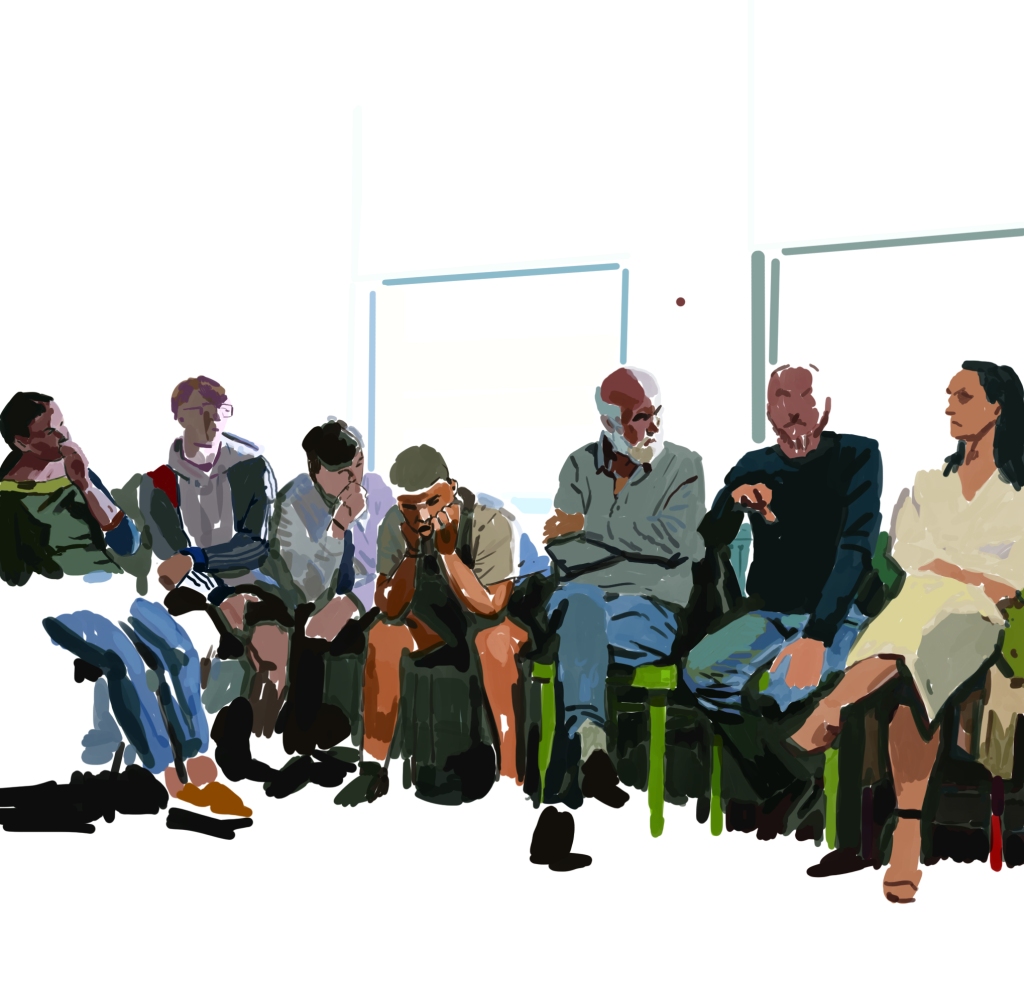
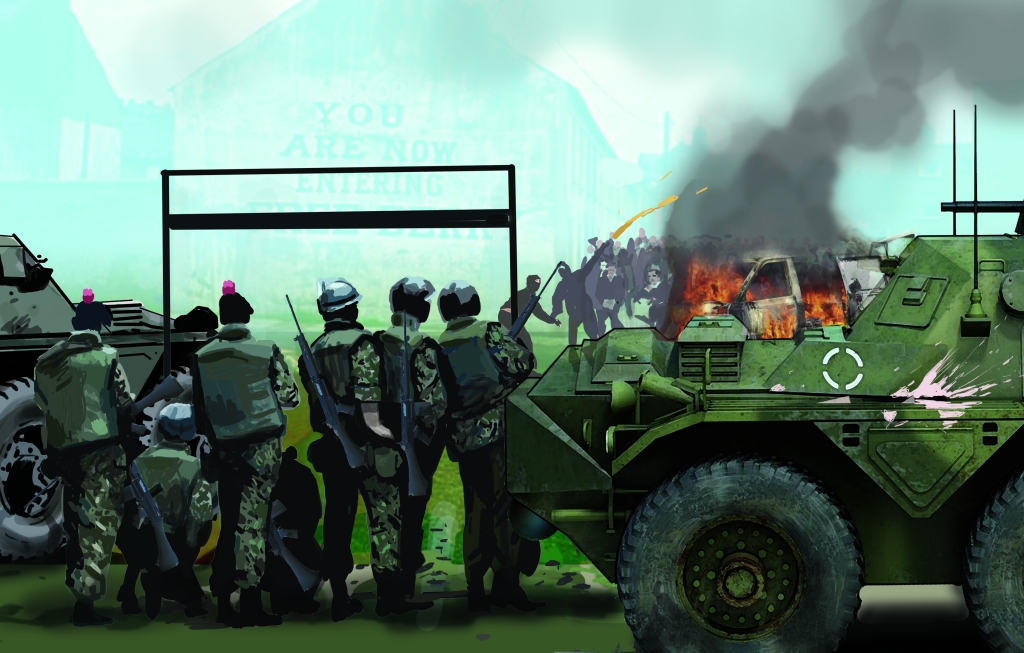
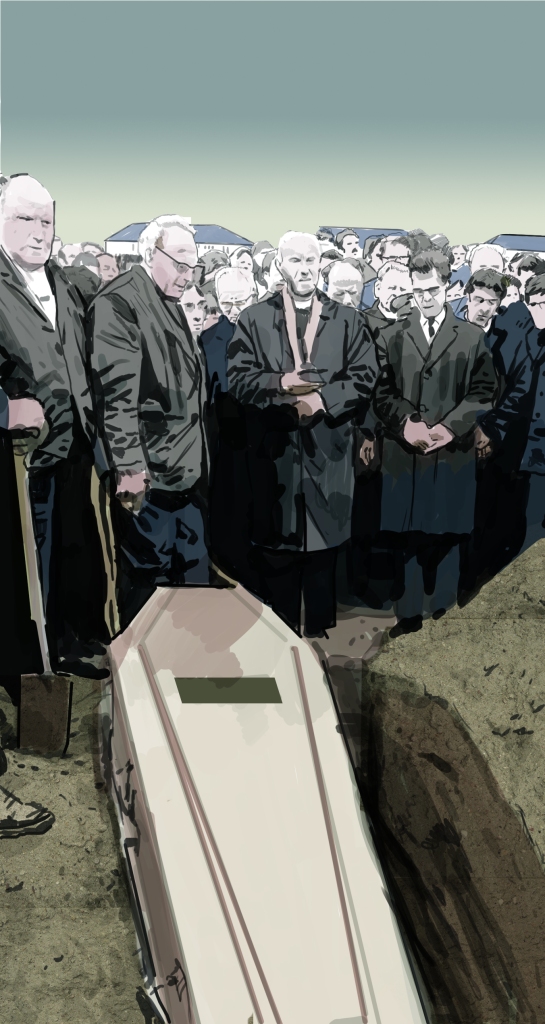

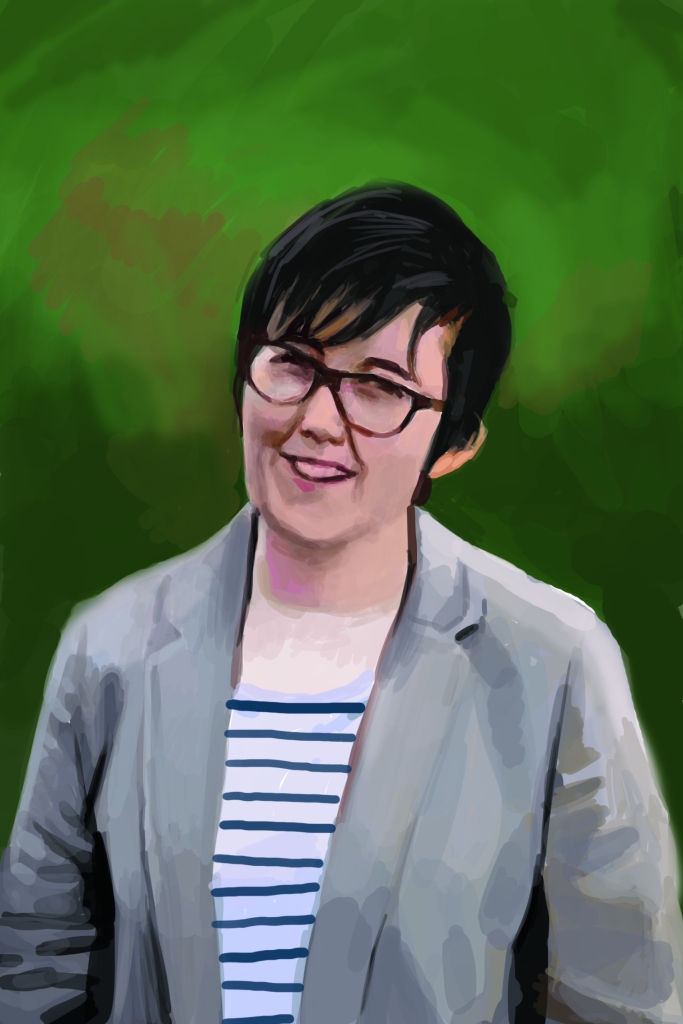
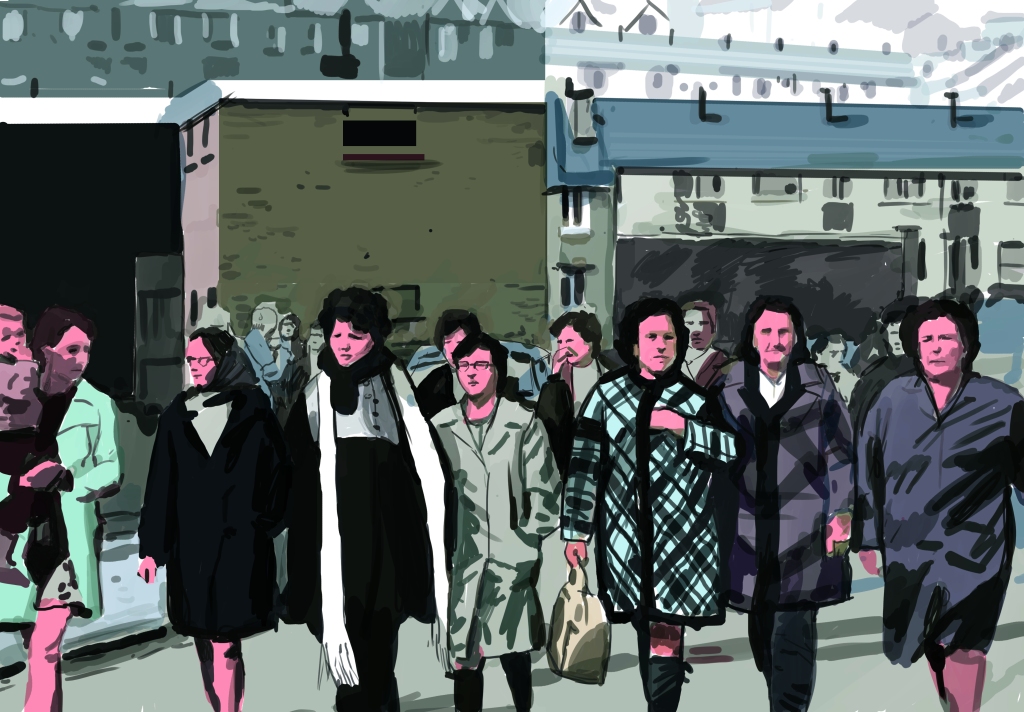
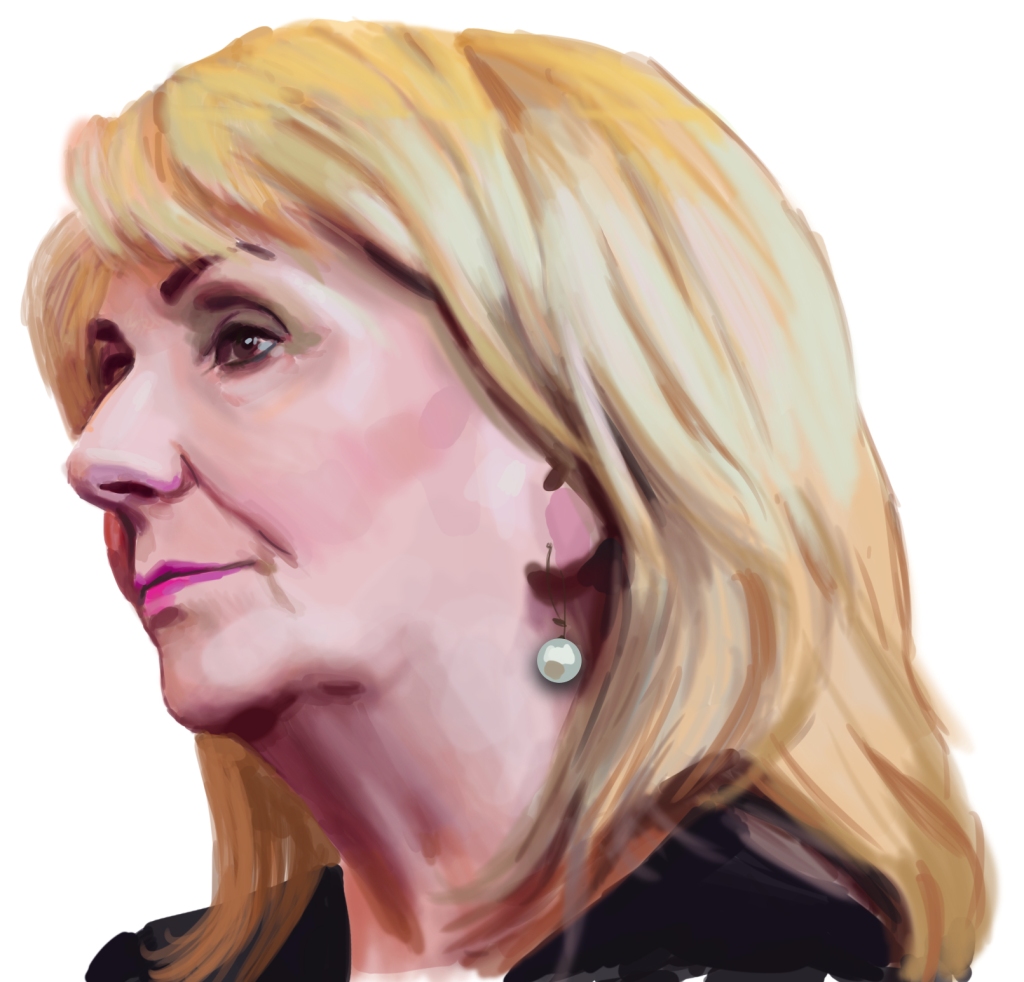
Extracts from Burning Issues, a short, 28 page graphic story on the issue of contentious bonfires. The project was lead by Eamon Baker and Towards Healing and Understanding, a peace and reconciliation project in Derry/Londonderry, N.Ireland. The graphic novel was later given free to many schools throughout N. Ireland. The project also involved local artist, Joe Campbell. The script was developed by young people from both sides of the cultural divide and features some of those who took part, and who posed and modelled for the story.
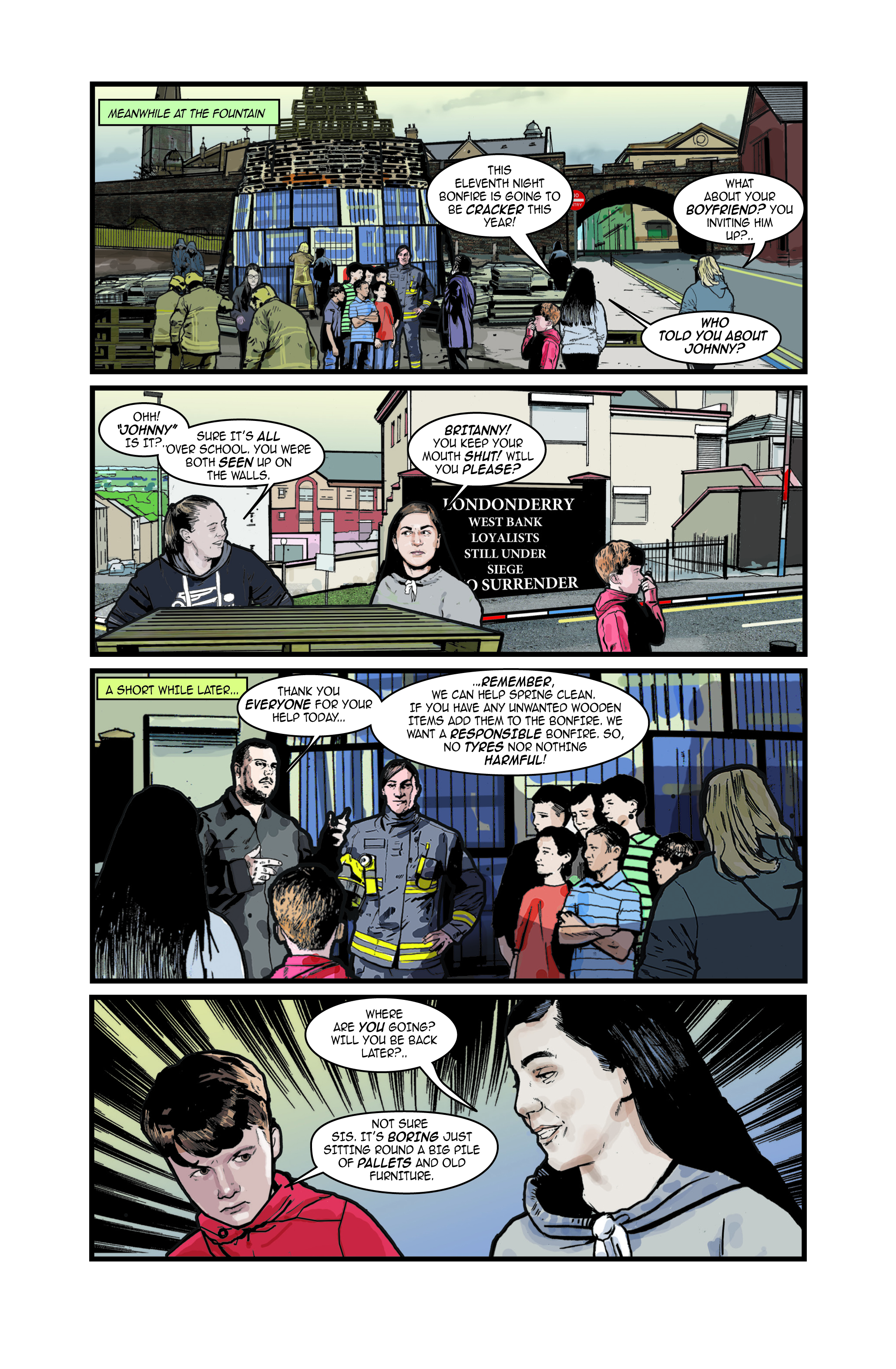
There’s little doubt that the whole business of addressing legacy issues here in Northern Ireland has been problematic. In my opinion, the problem may be that any ‘legacy’ initiatives seem not suit politics, politicians, the military mindset and the hierarchies of civil servants into whose hands, so much is placed here. Segregation breeds not just, paranoid reactions but also, inaction. It’s about holding cultural ground. It’s about entrenchment, and like all trench warfare can only be breached by fresh thinking and innovation. Like the cold war situation, walls only tumble when intransigent ideologies crumble without either side feeling that a change in their position is viewed, not as progress, but defeat.
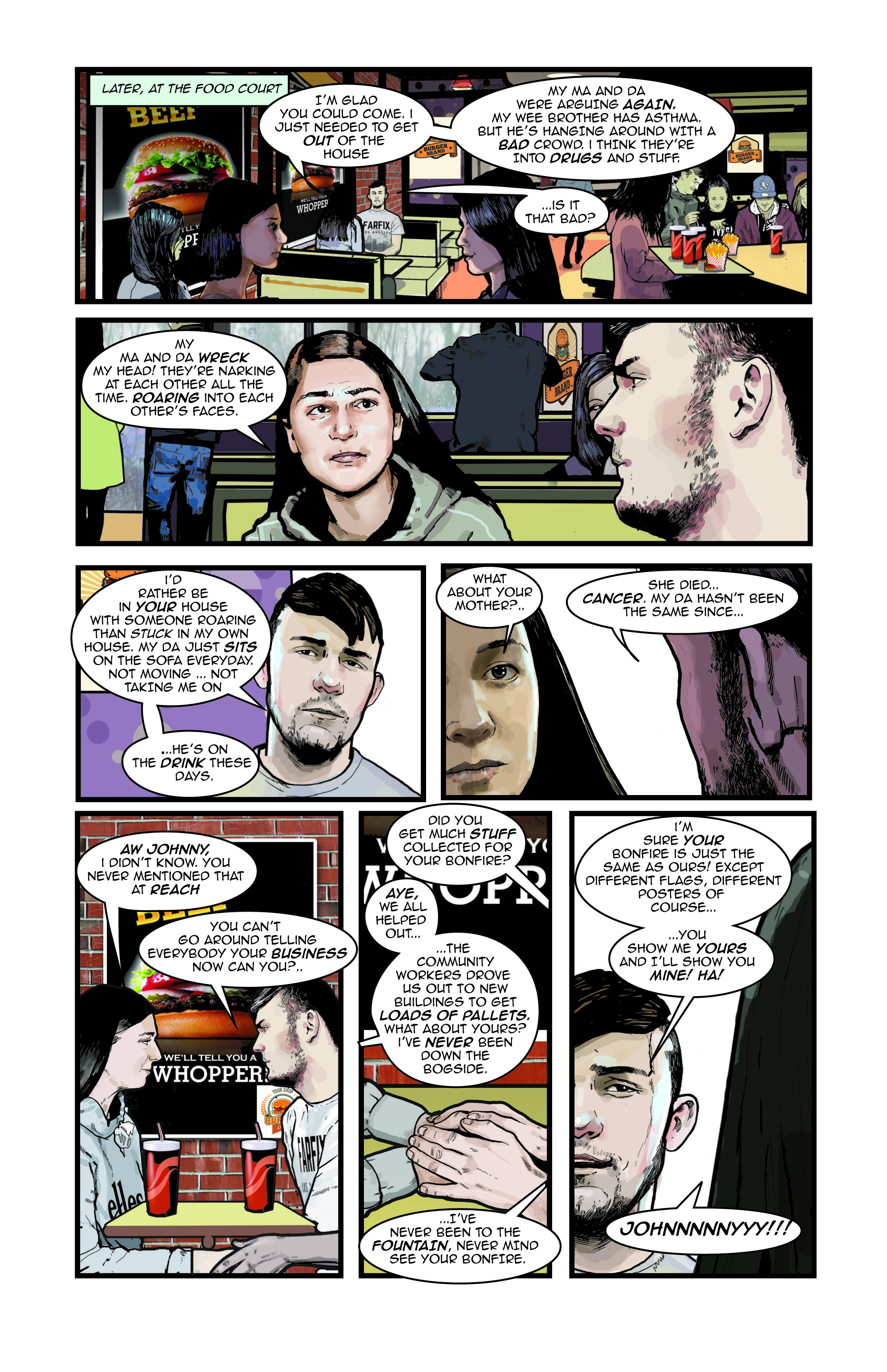
I know I can’t speak for every artist, musician, actor, dancer, poet, writer (and all those in between) But, personally, most artistic projects require fresh thinking and innovation. It’s the nature of the beast. Most good arts practitioners approach problems in a different way. First, there is no insistence on doing everything along traditional lines. Secondly, there is no problem adapting to new circumstances and changing plans accordingly and third, we have the arts and artistic practice as common ground and it’s a global community. It’s a different mindset, more suited to solutions as opposed to retention of doctrine. That is why, again in my opinion, the arts and ‘creatives’ are more suited to the business of solutions to difficult problems such as post-conflict legacies. And, finally the arts has people and humanity at its core.
For myself whenever I am presented with a difficult artistic project I have learned (through 40 years of artistic practice) to apply certain methods and ways of thinking.
My first thing is to stand back and seek an overview of the entire problem. What does that entail? Well, first steps – overview the problem to better understand what needs to be done and what does not need doing. So, step one is
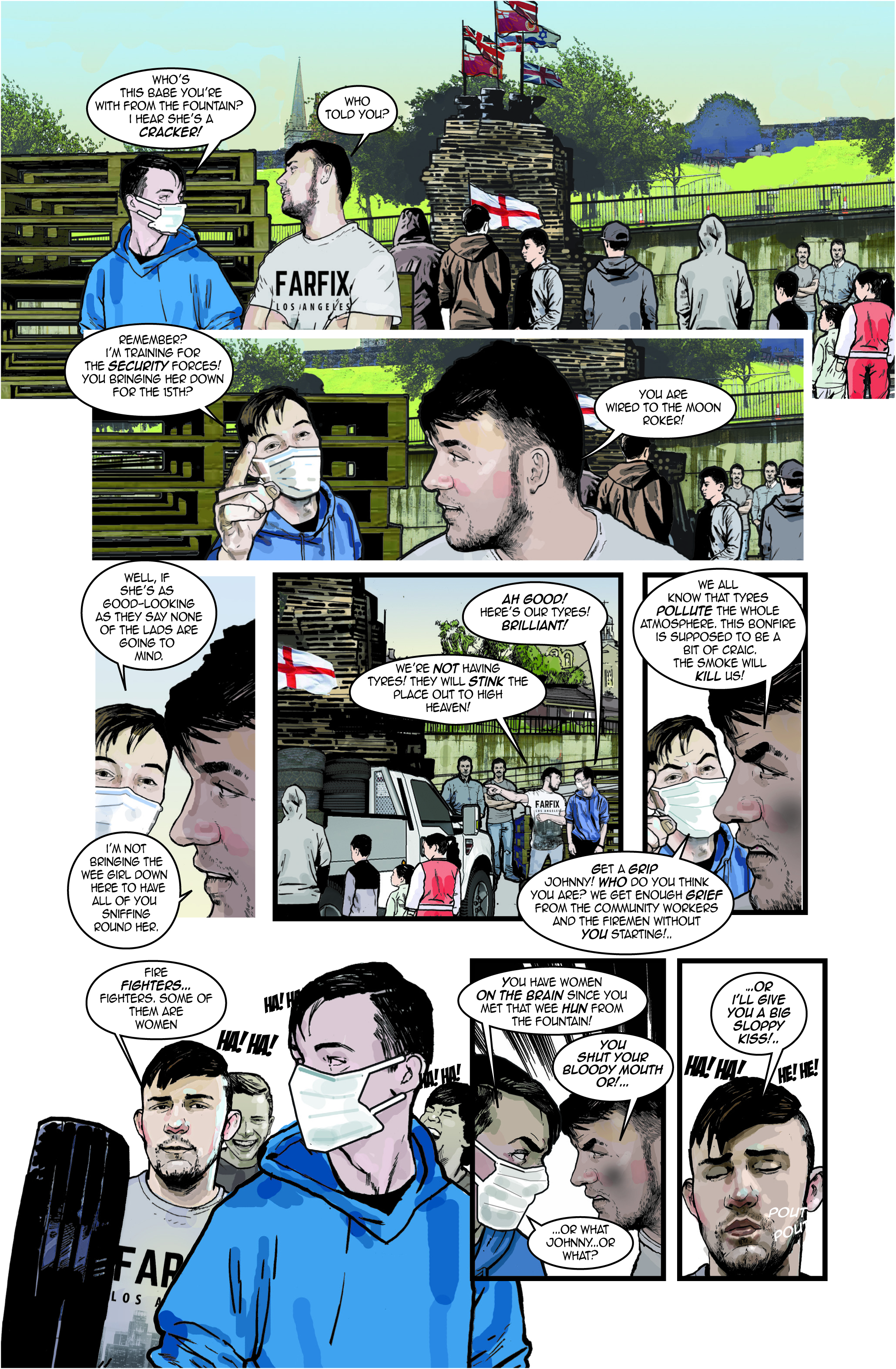
5. Find Common Ground: we are all, sons, daughters, mothers, fathers, grandparents etc. We all have likes, hobbies, pursuits outside of politics and religion. Some love exercise, running, swimming, music and some like drawing, painting, creative expression of one type or another. These things are not tribal. No-one (in their right mind) will tell how to run like a Loyalist or swim like a Republican. In my experience most people are good. They love their children and want them to have opportunities, good educations and happiness. I certainly would not describe myself as ‘Catholic’ and leave it at that. I’m a painter, digital artist, poet, writer, musician, Sci-Fi fan, fantasy art fan, I love electric guitars and I also game on a Playstation (at 61!)

6. It’s Nothing to do with Ownership, segregation or control. Labels and viewing people as big groups of like-minded people make them easier to control. Control over others is seldom for their own good but more for the good of those who seek control over others. Nor, will it work financially, If we have to keep on building two of everything. Just like the entire world now has a mobile phone and (thanks to good old American marketing) Netflix, it is actually possible to interest people in other things. John Lennon was right when he said that the Beatles were “Bigger than Jesus” and today, Kim Kardashian is bigger than us all.
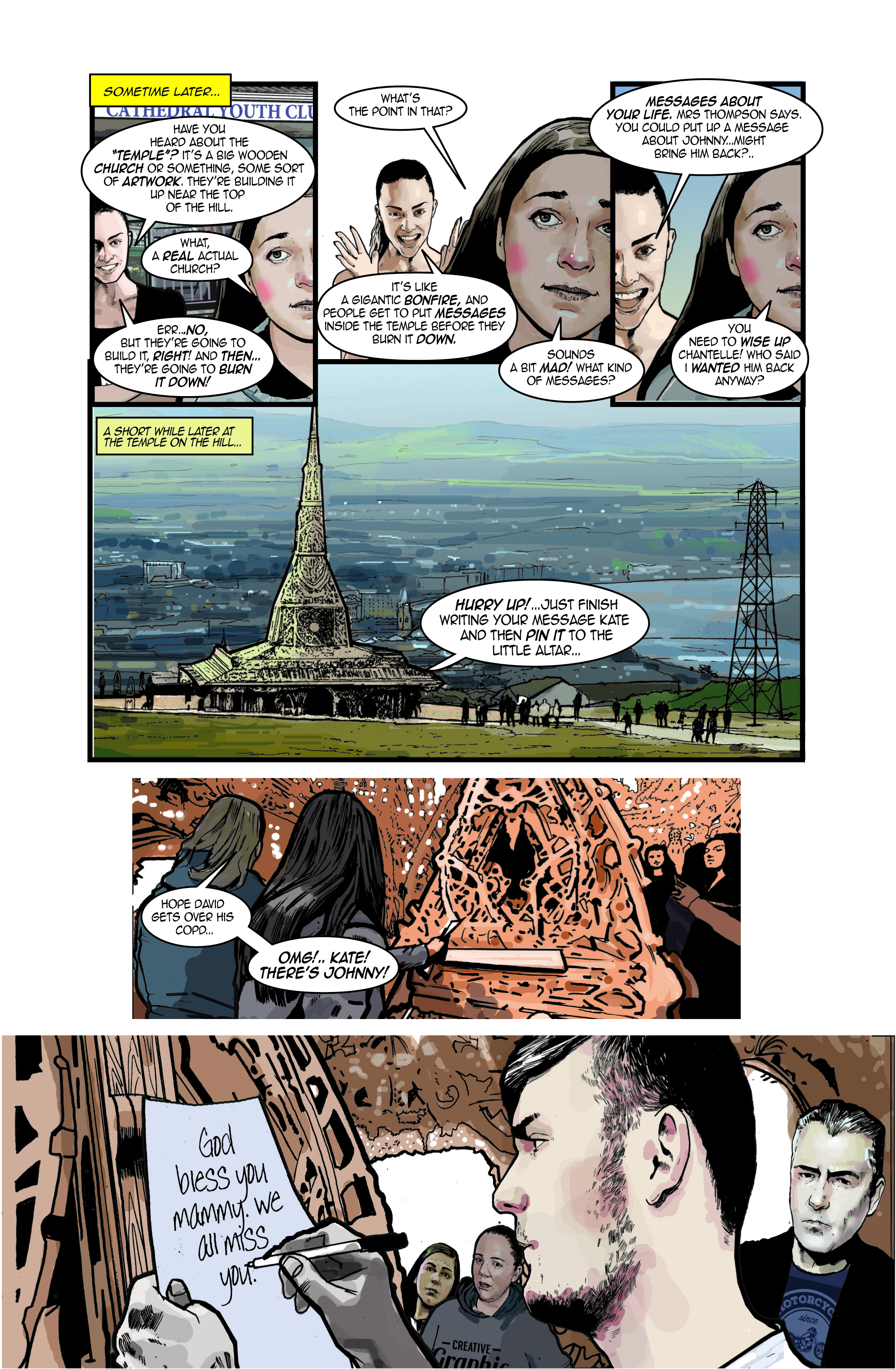
So, what actually can the arts do in terms of peace building and reconciliation in Northern Ireland? Well, first step put all those highly qualified, starving artists to work. Create real (Monday to Friday) jobs for creative people/workers within communities all across the North. Most artists are often unemployed for long periods or on short contracts. The contracts are horribly competitive and very low-paid. An ‘ACE Scheme’ or something similar should be introduced for artists here guaranteeing decently paid jobs for artists within communities. So many times I have seen well-meaning people using artists as teachers, child-minders, project managers, accountants, project developers whilst saying ‘it’s not about the artist’ and contributing very little to the project themselves except strict rules and regulations.
The role of these artists should be to provide an expressive outlet for people in communities all across Northern Ireland. They should seek to create common ground outside of labels, politics or religious affiliation. mainly involvement in absorbing, engaging artistic projects.
They should strive to give traumatised people a voice, to tell stories and to allow those stories to be broadcast globally to give others access to ‘lessons learned’. They should be digital and communication savvy. They should open up people’s lives to the world. They should be places of solace, of comfort, of company. They should appeal to the young and the old. They should mix young mothers with older mothers, young fathers with older fathers. They should provide role models, learning and allow for personal development, environmental projects, enhancing the areas where people live. They should host, bands, concerts, comedians, poets, artists, writers etc and be places where the artist is always given her or his due.
They should have well-equipped studios and workshop facilities. They should be about laughter and a problem shared. They should be about someone sitting down to paint a picture not a Protestant or Catholic picture but a painting with merit with skills based on good historical practice. Art ‘teachers’ should be professional teachers whose subject is art, not artists with little formal teaching qualifications who have to teach on the cheap to get money.
Of course, all of the above requires that little four-letter word that is so sadly lacking in the Northern Irish vocabulary – will. Chiefly, political will. Would it get past the gatekeepers? Would it get past the ‘I’m only at the wicket for my own and myself’ that has characterised politics, not just here, but in many other places? Probably. I have a feeling that any ground-up initiative is always suspect. Look at, for instance, one of the most successful carnival initiatives in the world the Derry Halloween Celebration. It started in a pub. Then spread to another and another. At its inception, It did not involve any of the following: Funding, planning, workshops, local authorities, regional authorities, national authorities, blue-lamp meetings, health and safety officers, police, ambulance service, fire service, priests, vicars, rectors, bishops, organising committees, the civil service, traffic control, licences, permits, nor an appearance by the Red Arrows or the Avengers, chip-vans, ice-cream vans, costume designers, art directors, floats, choirs from Belfast or reggae bands from Jamaica. (but it does now) Rightly, the council and anyone else with the slightest bit of civic pride (on all sides) got behind a populist event. All it was all started by everyone contributing individually by dressing up and having a bit of craic.
But, perhaps, maybe, that’s a model for integration and desegregation , isn’t it? Finding out what people have in common and giving it to them? Historically, what did happen in the past was local people hiring a local artist to create something beautiful for their area, street, home etc. Recently, during the lockdown, working-class areas hired musicians each house in the street paying a fiver towards the fee. At its core, this is an example of ordinary people helping artists whose livelihoods were decimated by the virus. Again, this did not require, feasibility studies or permissions. It came from people, empathising with other people. In my view this is the kind of high ground we need to occupy, to succeed.
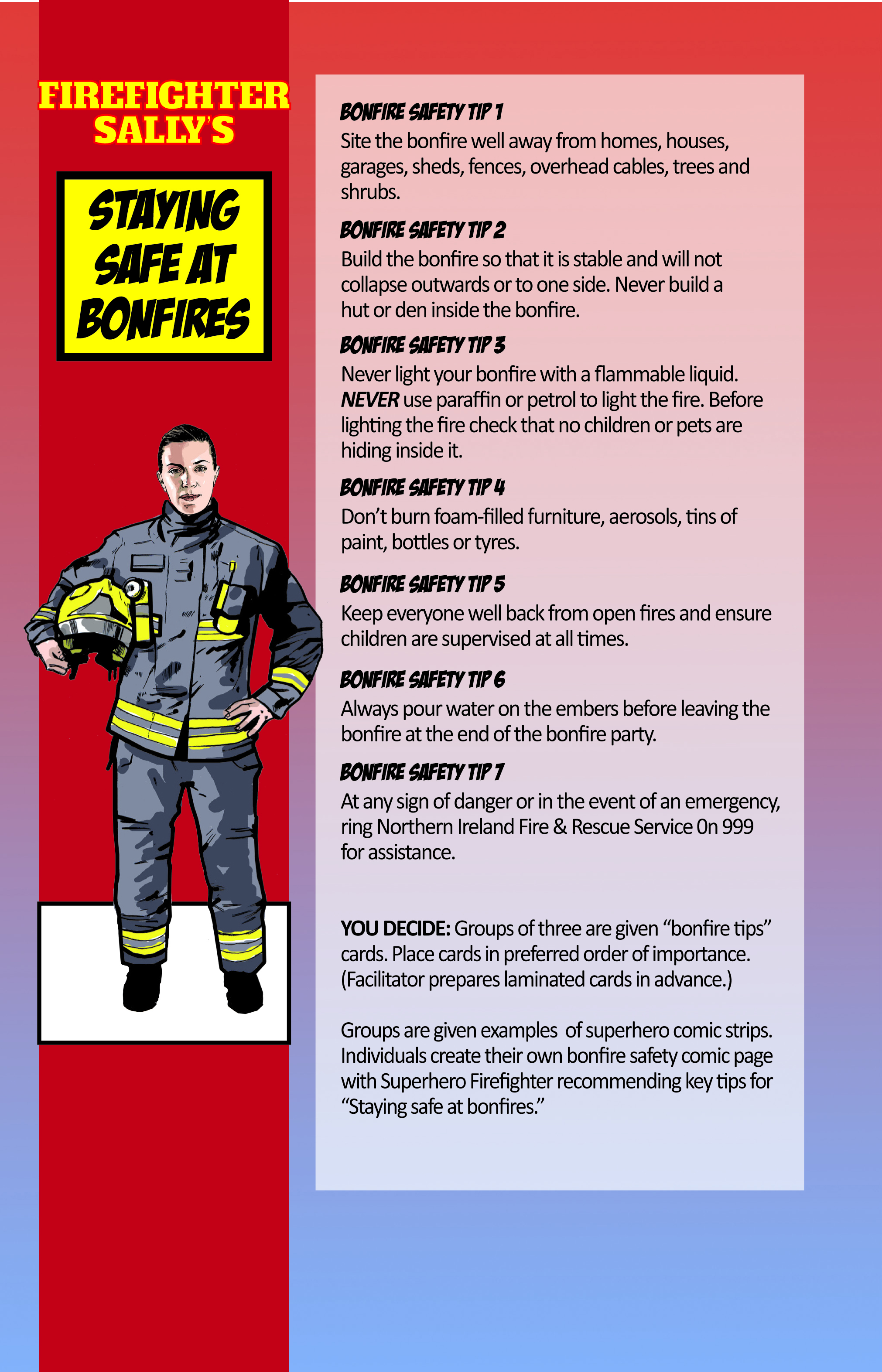
Medieval Florence was based entirely on this kind of citizen as patron. ‘A florin for the city’ was the way in which most citizens contributed to the fabric of one of the most beautiful cities in the world. It wasn’t just the Medicis who masterminded and funded all the adornments, sculptures, tapestries, paintings and small works of art in Florence it was everyone, no matter how poor. Small sacred statues were commissioned by streets as thanks to God for having survived a plague. But, it was part of a bigger objective, to make Florence the most beautiful place on Earth. For me it’s about everyone buying into the one space just like artists do with art itself and rowing in the same direction.
Artists and the arts needs to claim space here. We needs to flourish to enable healing. The arts need to be put to work, bringing contentious spaces into a global conversation. I am now a grandparent. It’s the best thing that ever happened to me. I teach my grandchild love and understanding of what is good and what is bad. We have lost that objective somewhat after conflict, but it’s never too late to get back to fundamentals never mind what divides us focus on what we share.
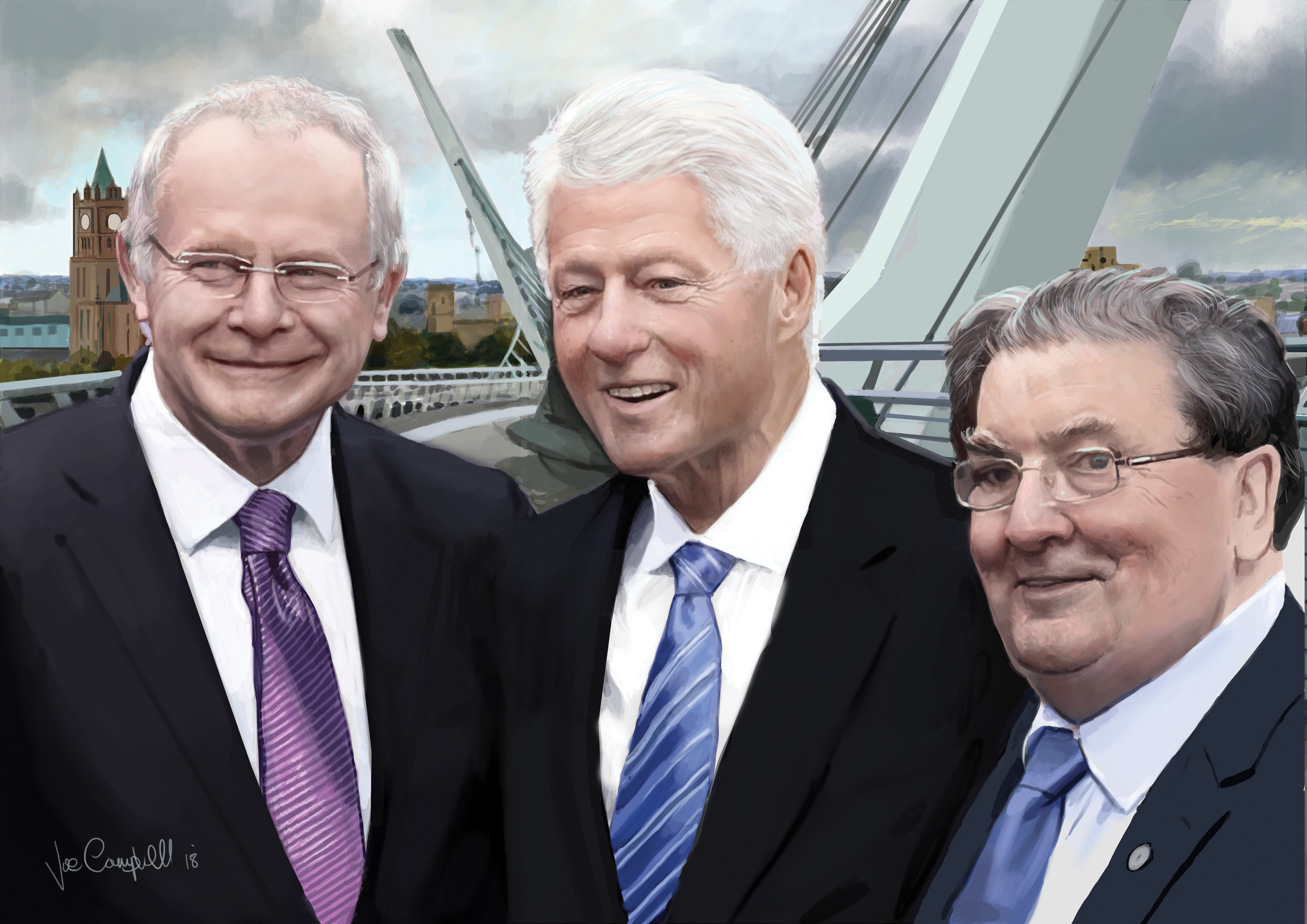
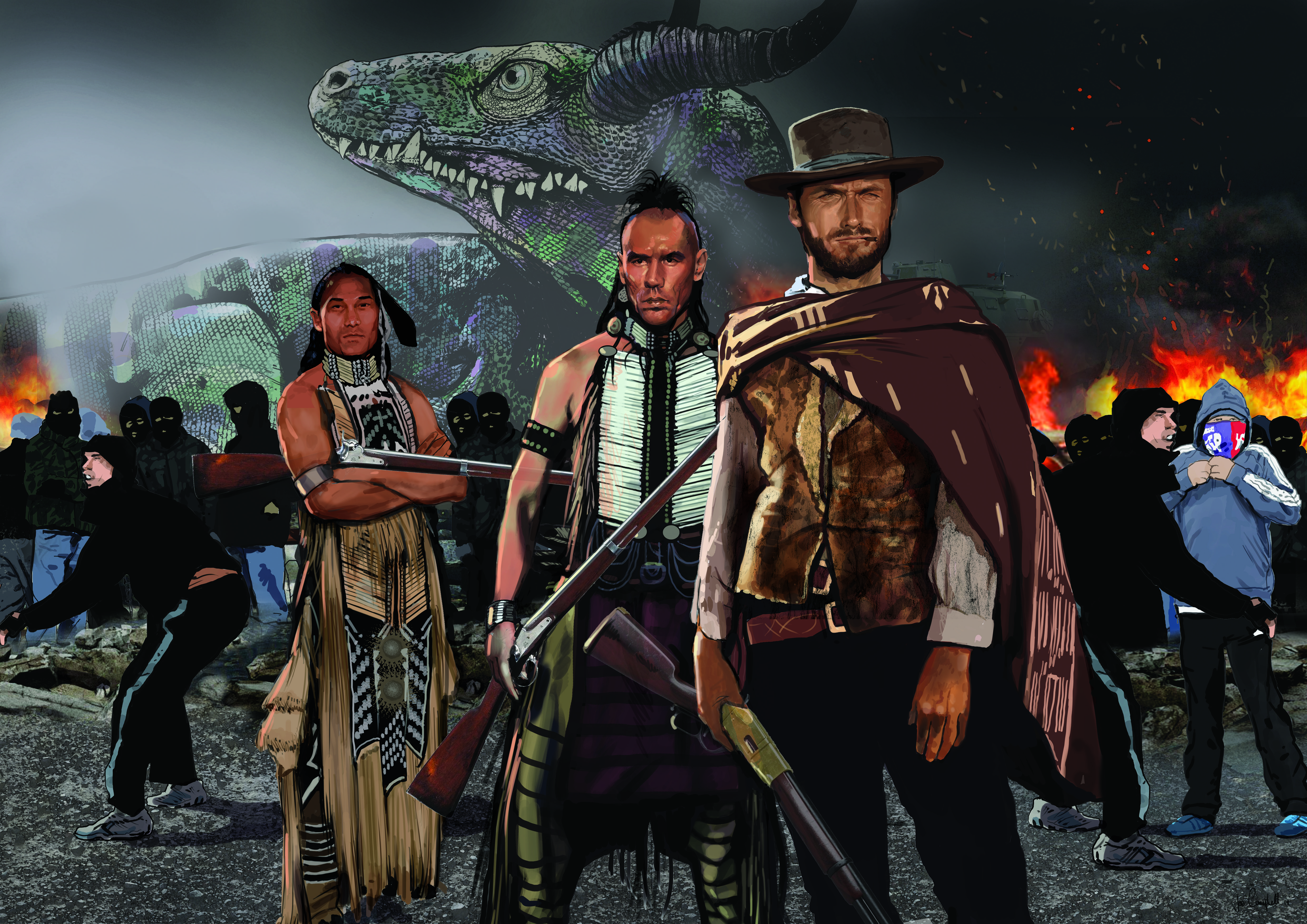
Being sitting on a piece of very proud news recently. Following a visit from the Arts Council of Northern Ireland in the personages of, Roisin McDonough and Noirin McKinney to my home and studio, thirteen of my artworks (those associated with the Troubles) have been included in the Arts Council’s Collection. This ensures, as Roisin said, that “my legacy as an Northern Irish artist was now assured.”
To have said to you (after close to 40 years of a career that was really just about survival and finding some way to ‘rare wains’ through art which meant working for others during the day and finding time at night and weekends to create something meaningful for myself in a vain attempt to gain some sort of validation,) phew!..(long sentence) was like music, and to have it said to you personally by both, the CEO and the Director of Arts Development, of the Arts Council, was both a proud and humbling moment.

So , I’ll give a little background to the art. My works relate to my direct experiences during the Northern Irish ‘Troubles’. Although, there are many facets and individual testaments stemming from that period my work reflects my own personal context and experience. I was born in 1958. That meant I was just entering my teens at the outset of the conflict in 1970. So, I experienced a “War in an Irish Town” to quote Eamon McCann for over twenty five years. It is that experience and its memories that now give form to my art.

That’s why my artworks are populated not just, with soldiers, rioters, security alerts, barricades, etc. but also, spacemen, superheroes, robots, movie icons, rock stars, science fiction and fantasy figures that were my means of escape, all juxtaposed side by side to highlight the absurdity of war and the importance of having a peaceful liberated existence and underlining the importance of youth, pop culture and joy.
Pop stars and movie icons represent the wider world culture from which I felt excluded as a young man. These images are re-contextualised when juxtaposed with the security landscape of my formative years. Placing John Wayne beside British tanks hints at a dominant, macho, male culture of force which I witnessed first-hand. Depicting Roman cohorts in the Bogside refers to the genesis of western imperialist and fascist regimes, that of the ancient Roman Republic and Empire. The quelling of barbarians by the sword, with God on your side has been the model for all self-respecting dictatorships since ancient times.
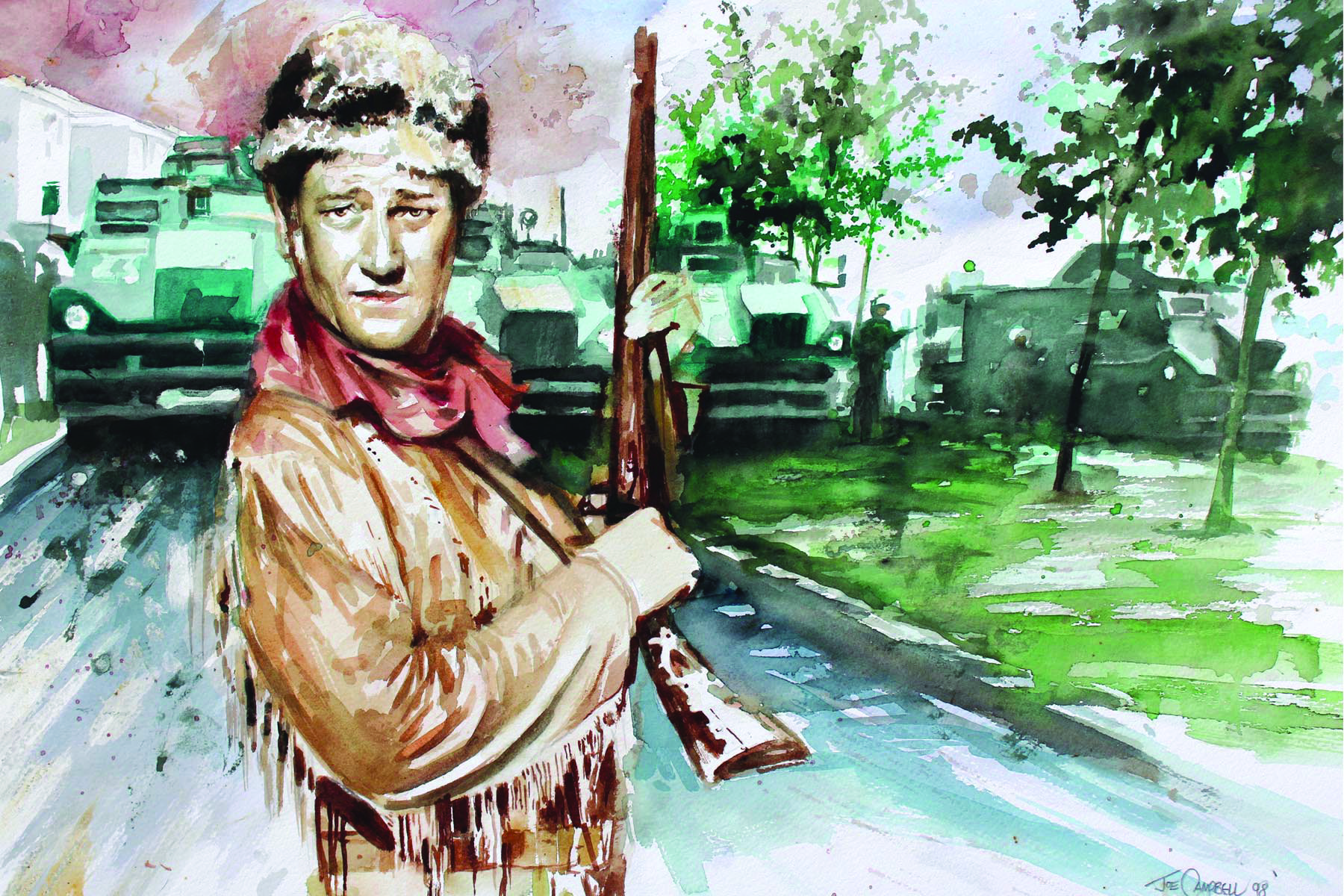
These works have also featured in two exhibitions. The first in 2016 was at Studio 2 in Derry and the second was at the Nerve Visual in 2018. The Studio 2 exhibition was accompanied by a discussion with other writers, poets and academics on the experience of artists during the Troubles. The second was part of a year-long commemoration of The Civil Rights Movement in Northern Ireland on the occasion of the 50th anniversary of marches in 1968. The Eamon McCann portrait was commissioned by People Before Profit for 2018. I also created a 36ft long mural inside the gallery for that exhibition. Above all, I hope these images generate and awaken that inner voice within the viewer and assist with a process of dialogue and healing to prevent any future waste of life.
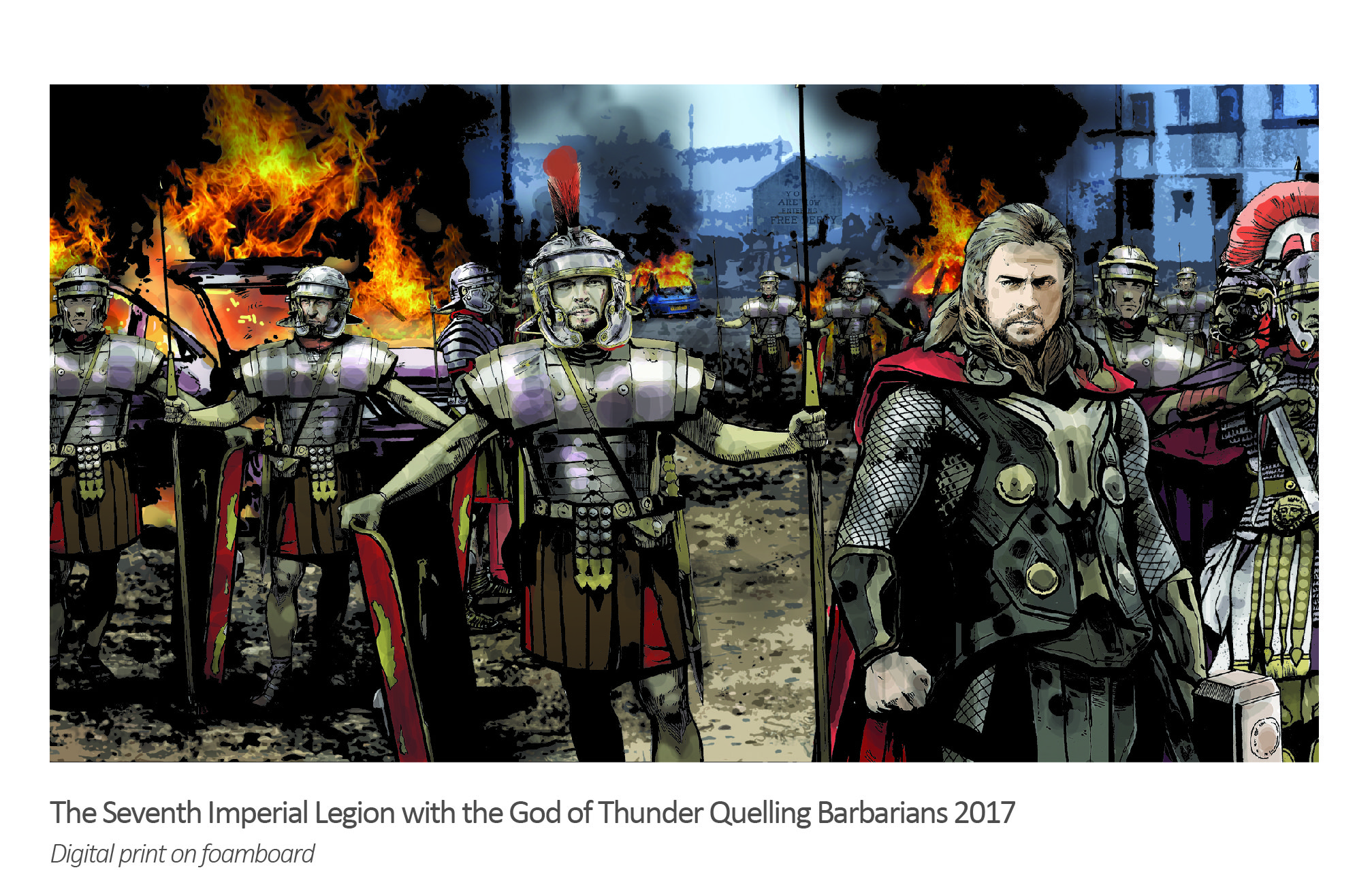
The Art: Social & Political Context
My art reflects my own personal experience. I was born and raised as a Catholic in a Catholic city. My grandfather was a Labour councillor in Liverpool in the 1930s. He bequeathed a socialist conscience to my father, Jackie, who passed that on to me. My mother, Sadie, was part of that remarkable Derry matriarchy that kept Derry alive (during severe male unemployment and discrimination) through her work in the shirt factories. She had a great sense of humour which she employed to survive hard times and which she also bequeathed to me. These influences colour my art.
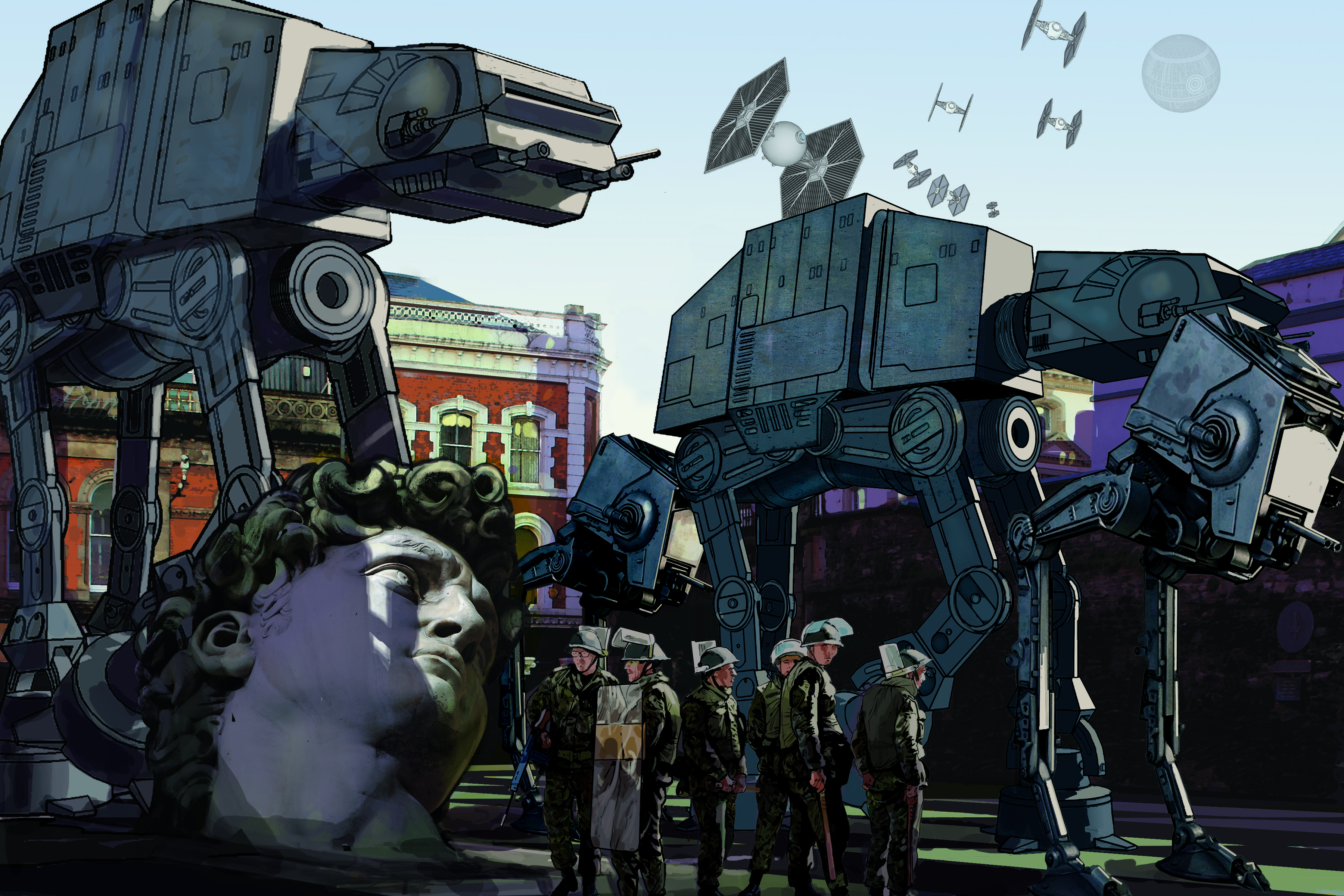
Derry knew religious discrimination and social injustice long before 1969. Poverty and unemployment were realities. I remember catching baffling echoes of the early civil rights movement at primary school and by the time I went to St. Columb’s College in 1970 the Battle of the Bogside had happened, the IRA had emerged and the British Army had been deployed on the streets. I passed through riots, gun battles, cordons and mayhem’ every day as a schoolboy.
What followed was a daily grind of helicopter surveillance, checkpoints, arrests, security alerts, barbed wire, blocked access, bombings, shootings, murders, atrocities, army and police operations all served up by a frightening number of security forces and paramilitary organisations.
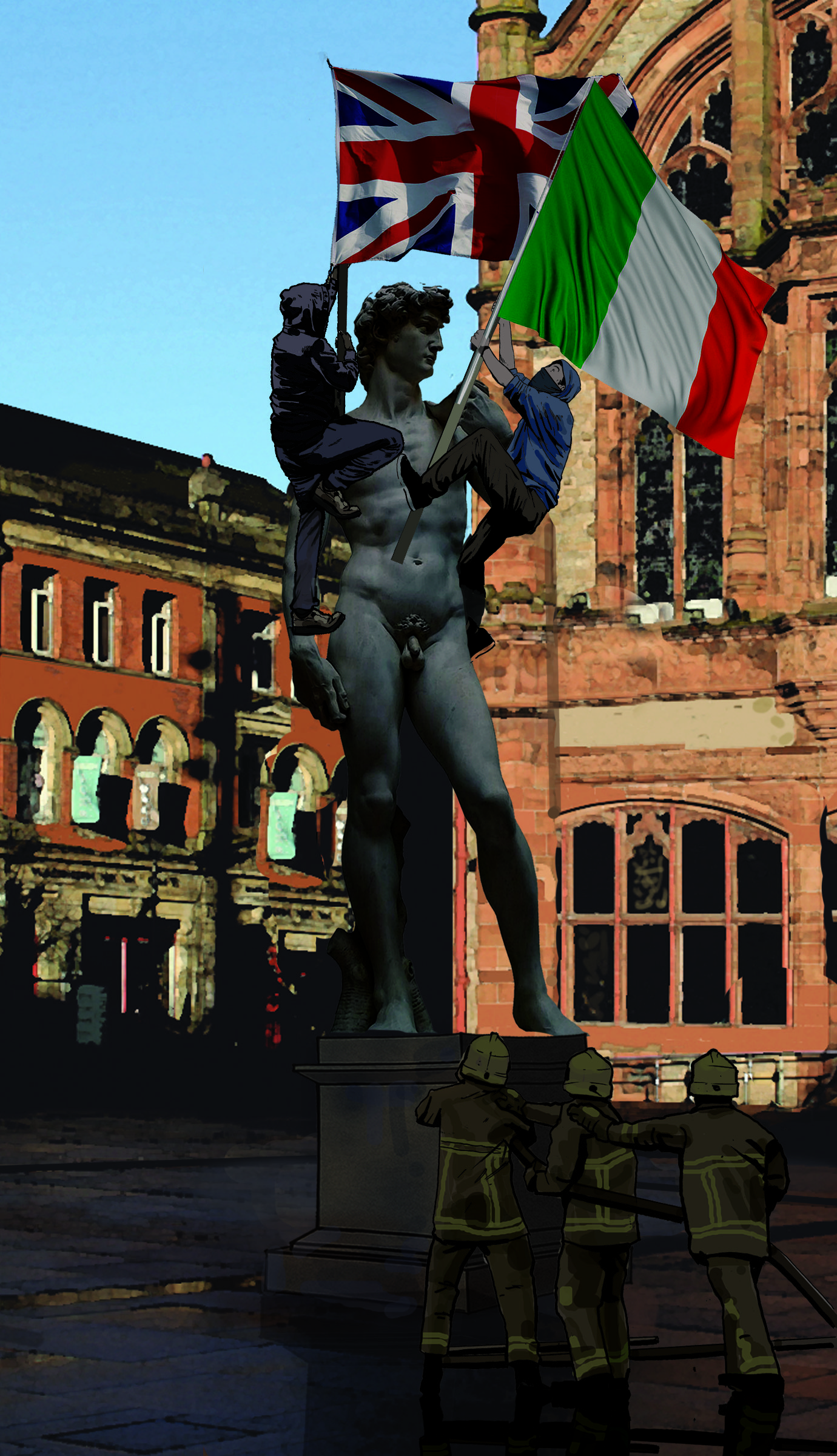
What also followed, from us, the young people caught up in the Troubles, were coping mechanisms and escapism. As a young person I had no interest in conflict. What was more important was being young. Never mind ’dying for Ireland’ I couldn’t see any future in that. I wanted no more than to make loud noise with an electric guitar. I considered Rory Gallagher and Phil Lynott vastly more important than any religious or political dogma. Ironically, British Pop culture in the form of comedians or rock bands such as Led Zeppelin, Monty Python, Spike Milligan, The Stones, Pink Floyd, The Beatles, Bowie, etc. were far more influential than any politics or religion. If only we could emulate those. We got our wish, for in my teens, almost every male I knew, including myself, was unemployed.
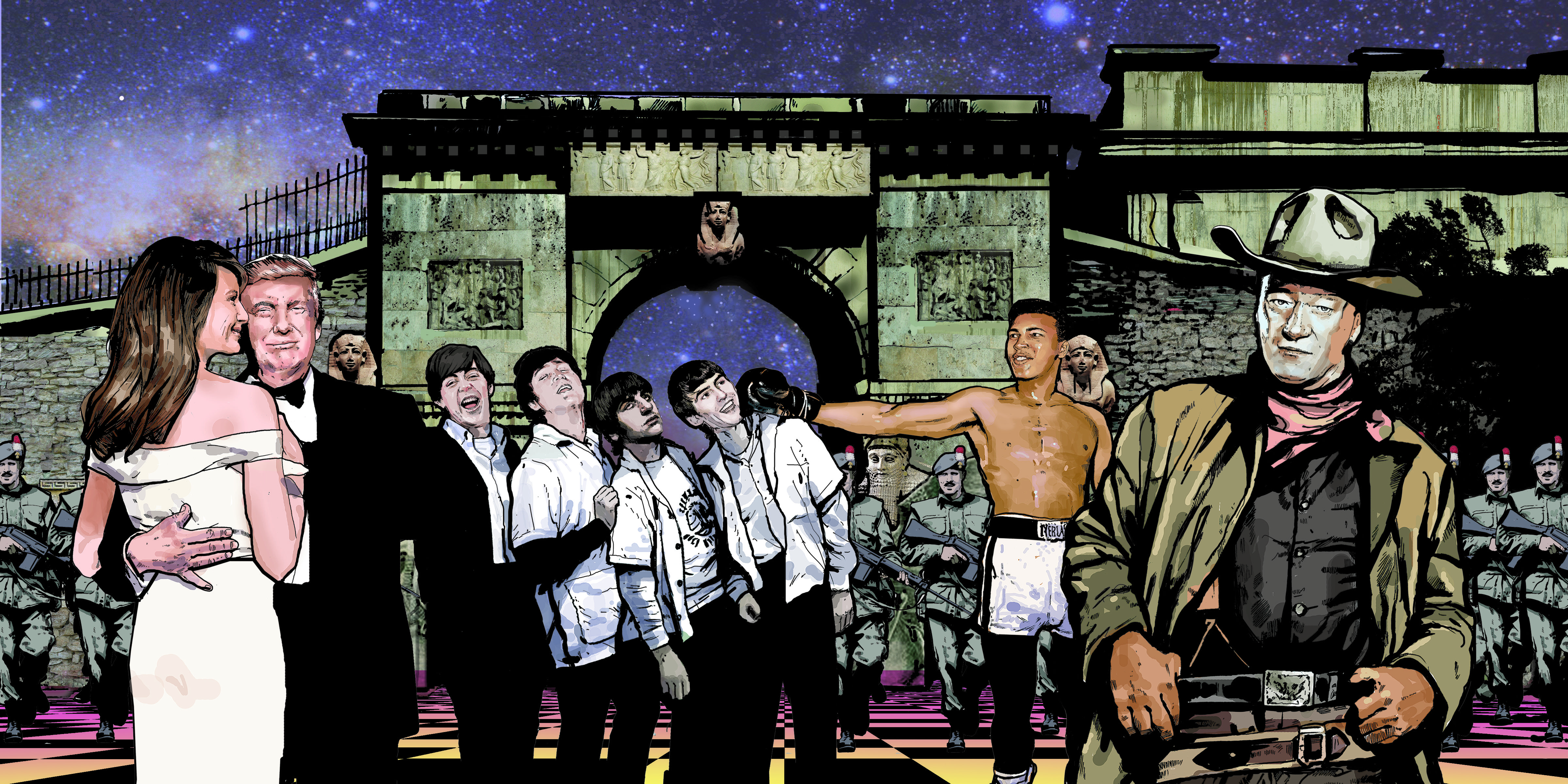
We used the time to form bands. We were experts in Monty Python. I read everything from Tolkien to Joyce. More Tolkien in truth, since his fantastic landscapes, histories and sagas were wonderful escapism. Rory and Phil were successful Irish artists performing on a world stage. The success of these artists disproved the relentless bigoted view imposed on us by some, that, as Roman Catholics, we were somehow ‘inferior’. I often think that kind of ‘old balls’ takes two parties; one to look down and one to look up. You don’t have to look up and respect anyone if you don’t want to.
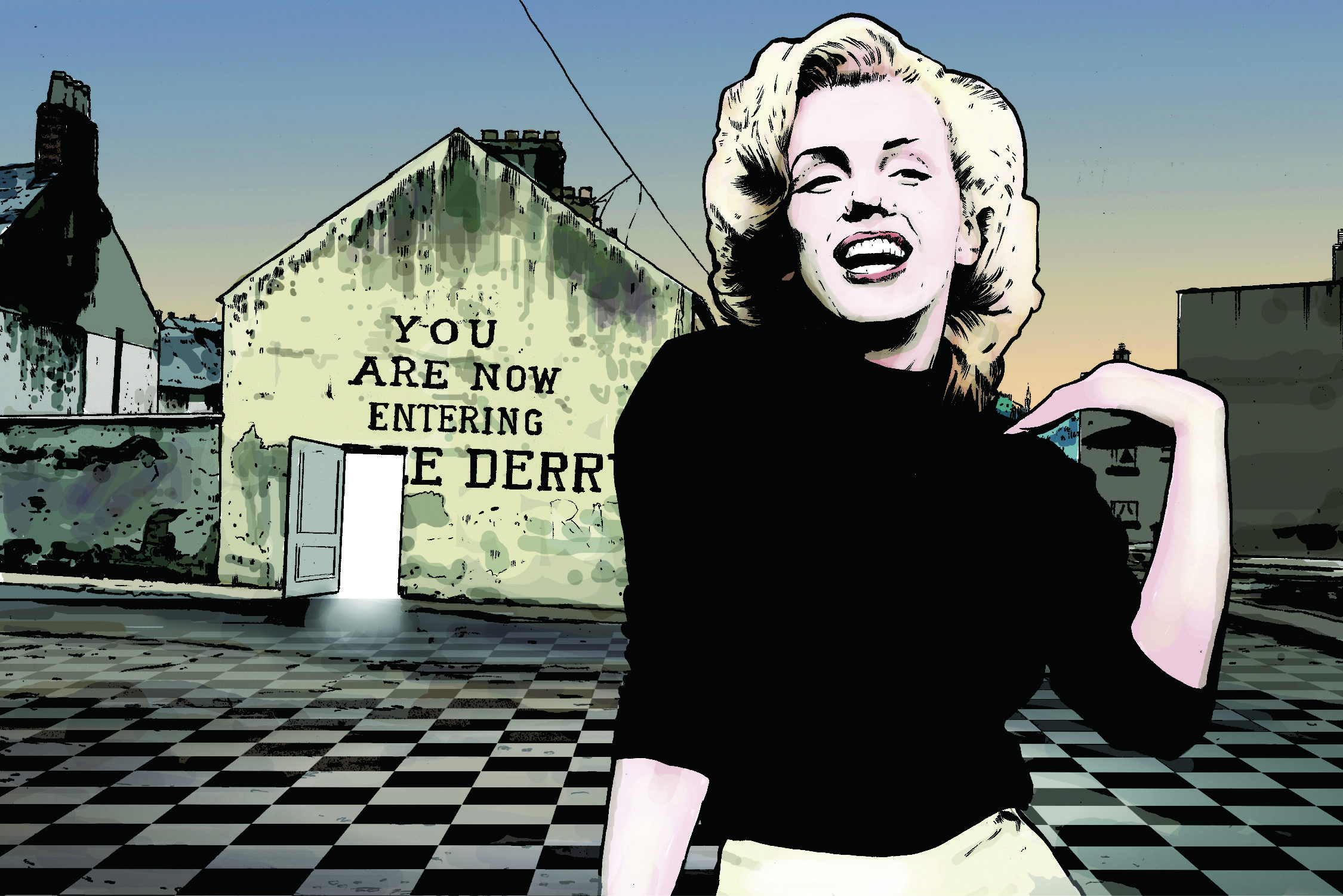
I loved the notion of a free subconscious spiritual being, free and unbound. When Star Wars came along we witnessed a cultural change that was global. I hated the inward looking, tribal culture of Northern Ireland. The sense that nowhere mattered more, a suffocating ignorance of the outside world exacerbated by tight security measures, martial law and religious extremism. For us, here in Derry we already had a ‘global’ sense of ourselves. Events such as the civil rights movement and Bloody Sunday had opened our experience to the wider world and that genie could not be bottled again no matter how hard some tried.
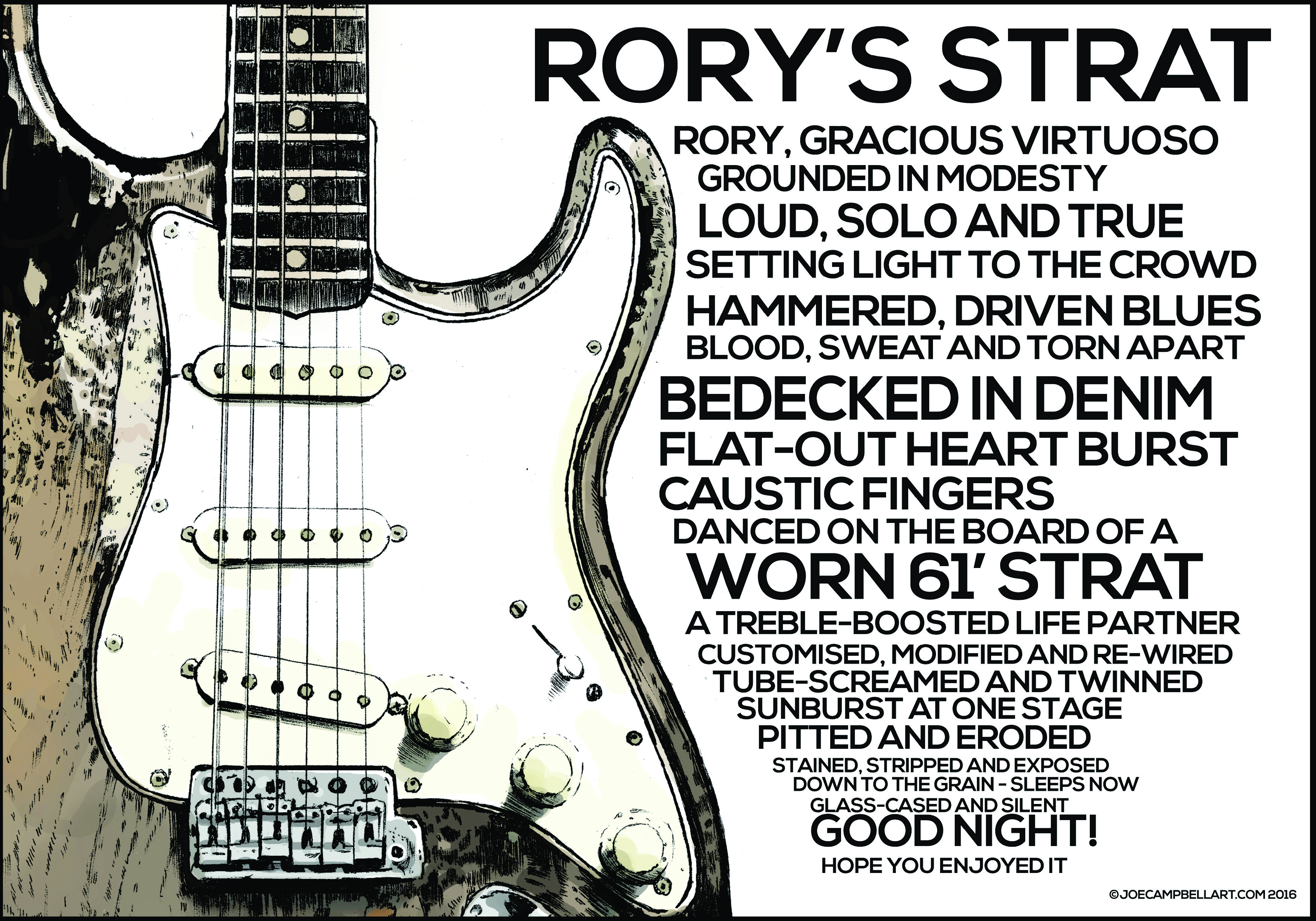
Not all that long ago, visitors avoided Northern Ireland at all costs due to the on-going, often violent sectarian conflict known here as the Troubles. But, following the IRA cease-fire in 1994 and the signing of the Good Friday (or Belfast) Agreement in 1998, those times have slowly but steadily been receding.
In conclusion, today, we have tours around the troubles hot spots with tour guides, museums and Trip Advisor reviews. Like Neil and Buzz on the Lunar landscape, tourists now pose for photos. I see them every day around Free Derry Corner and beneath the Bogside Murals attracted to a small public housing estate at the very edge of Europe with a troubled past. Maybe, what they don’t notice, are the still on-going social problems of severe unemployment, cultural identity, flags, bonfires and dissident Republicanism.
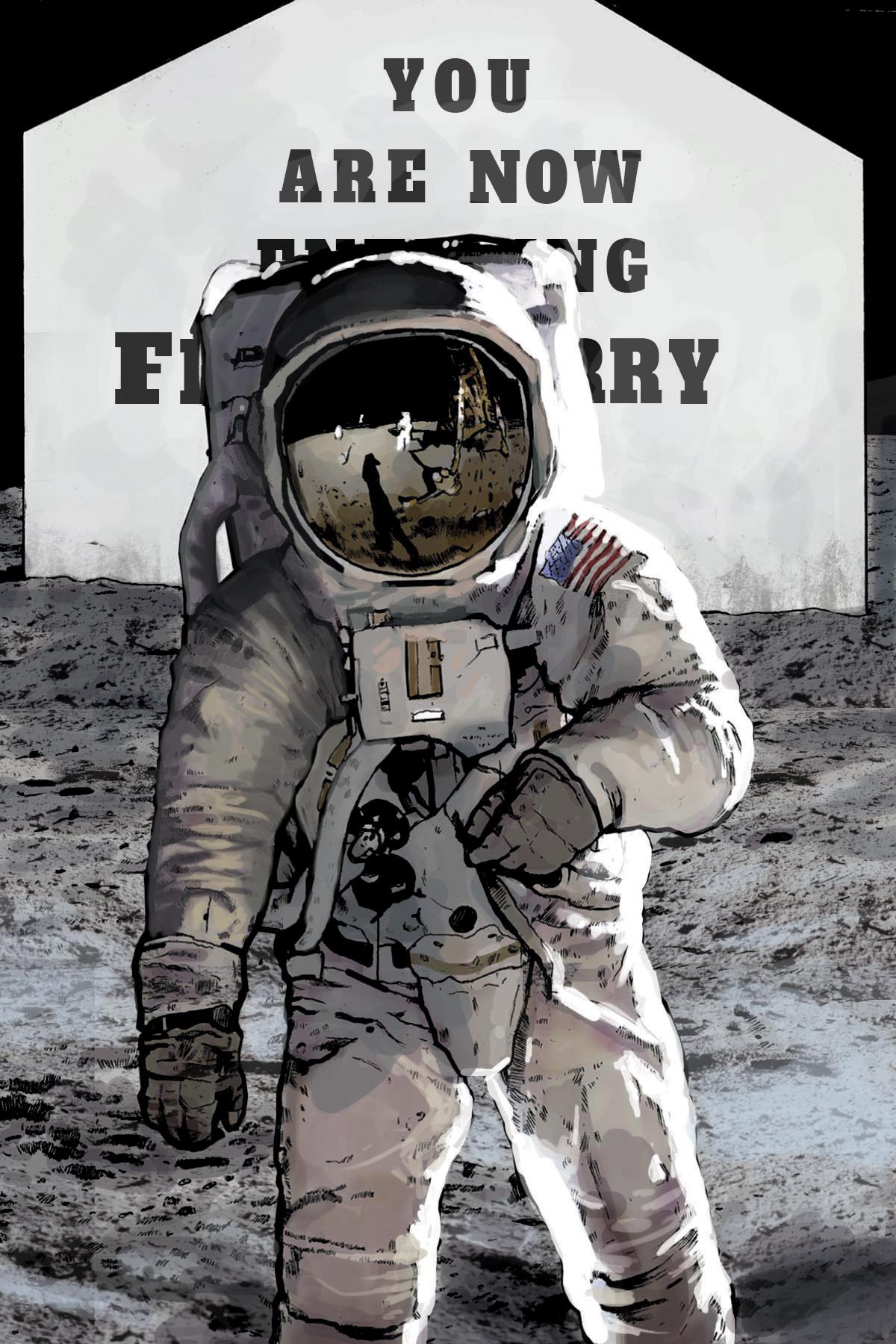
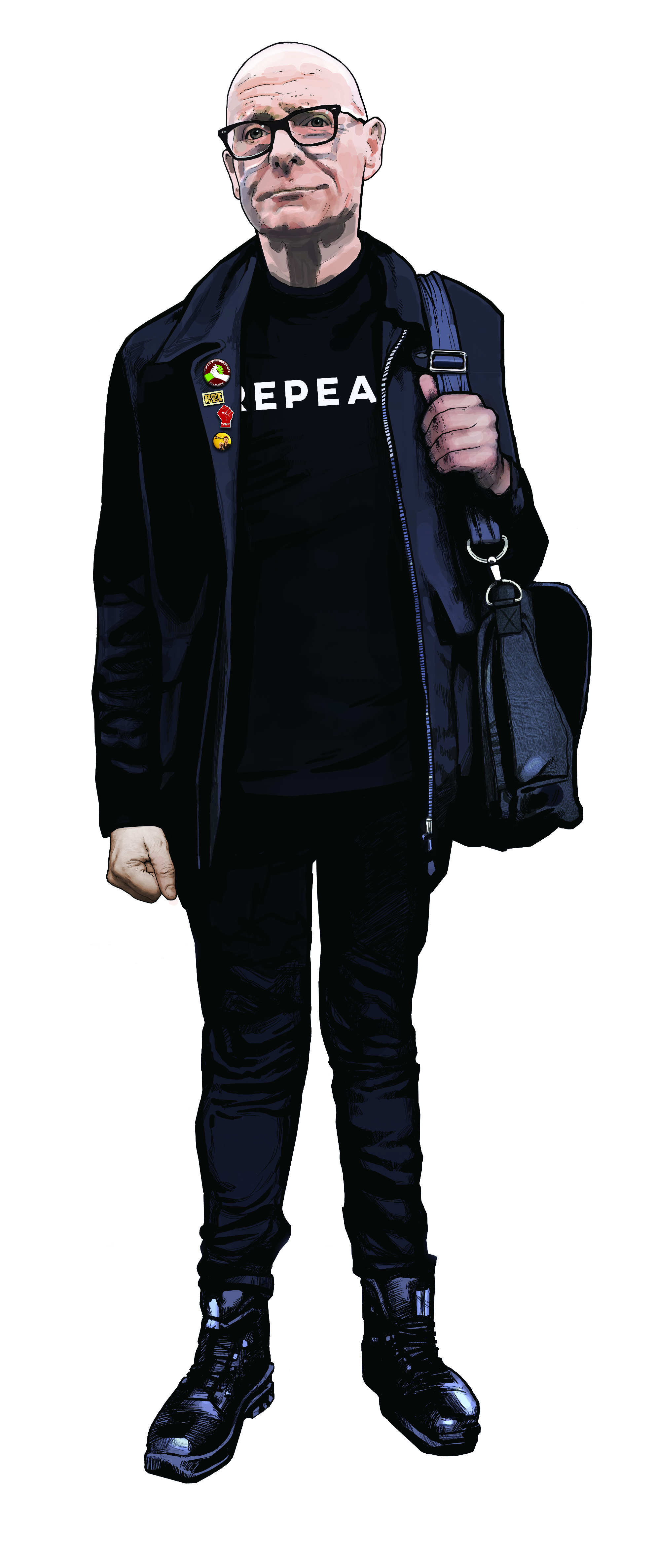
Like Neil Armstrong and Buzz Aldrin, perhaps they are immune to these other problems cocooned within the ‘space suits’ of tourist museums, tour guides, private transport and hotels. They pose at Free Derry, then smile and leave with memories of a surreal visit to an alien, barren place.
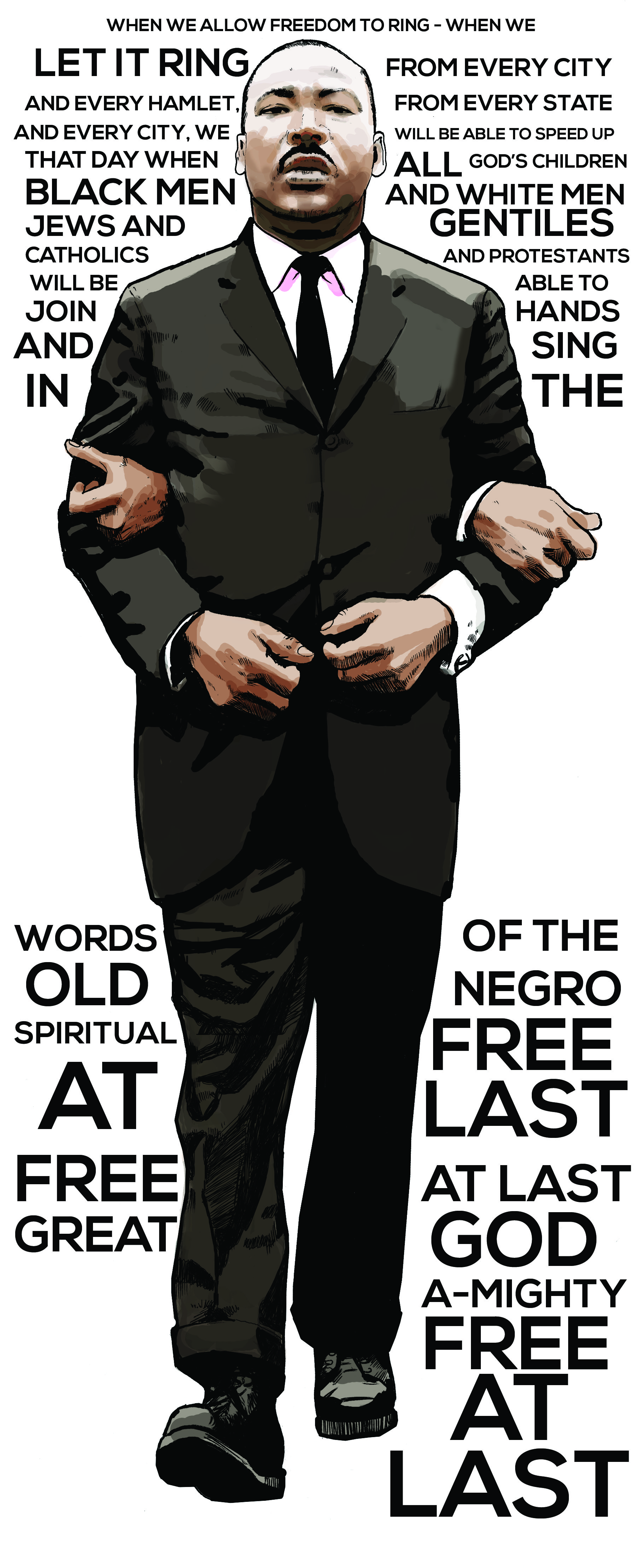
Joe Campbell March 2019
